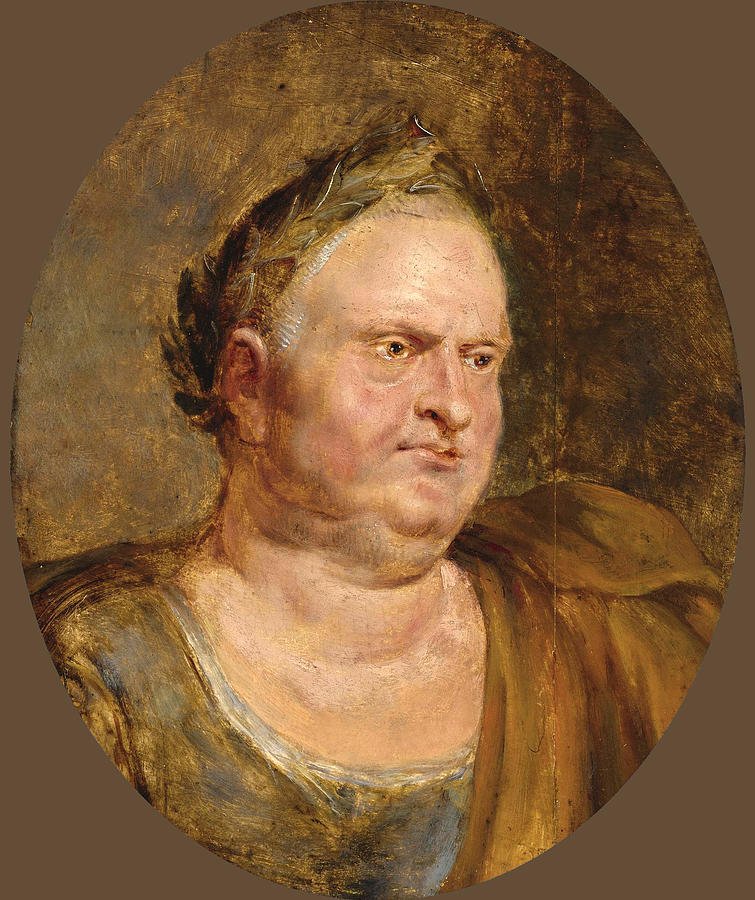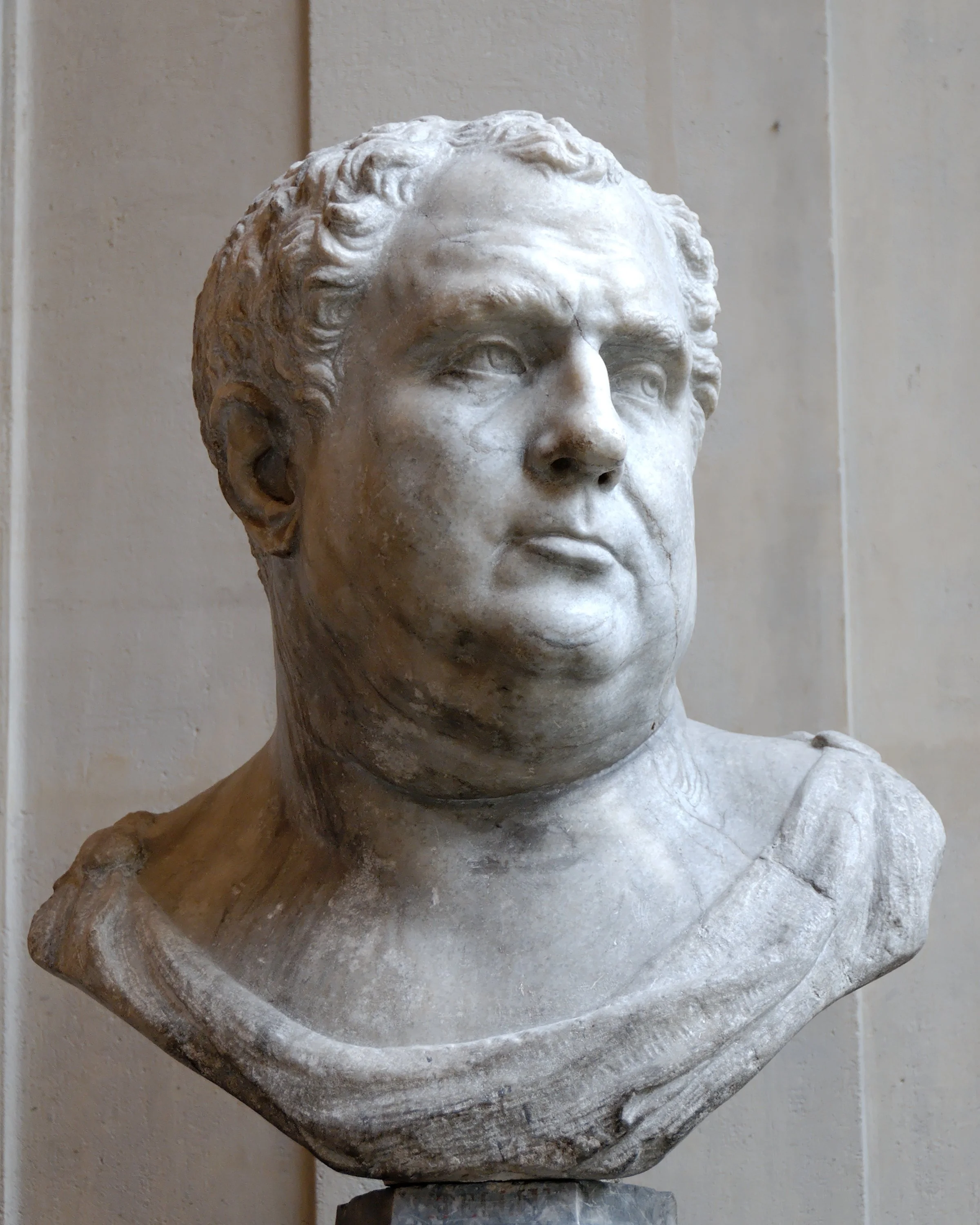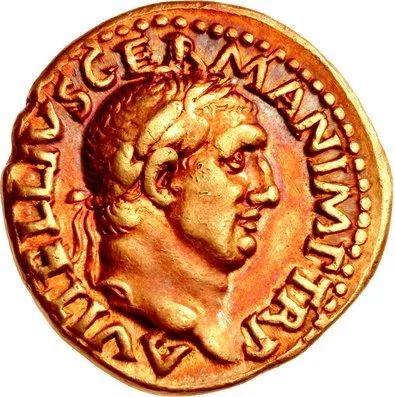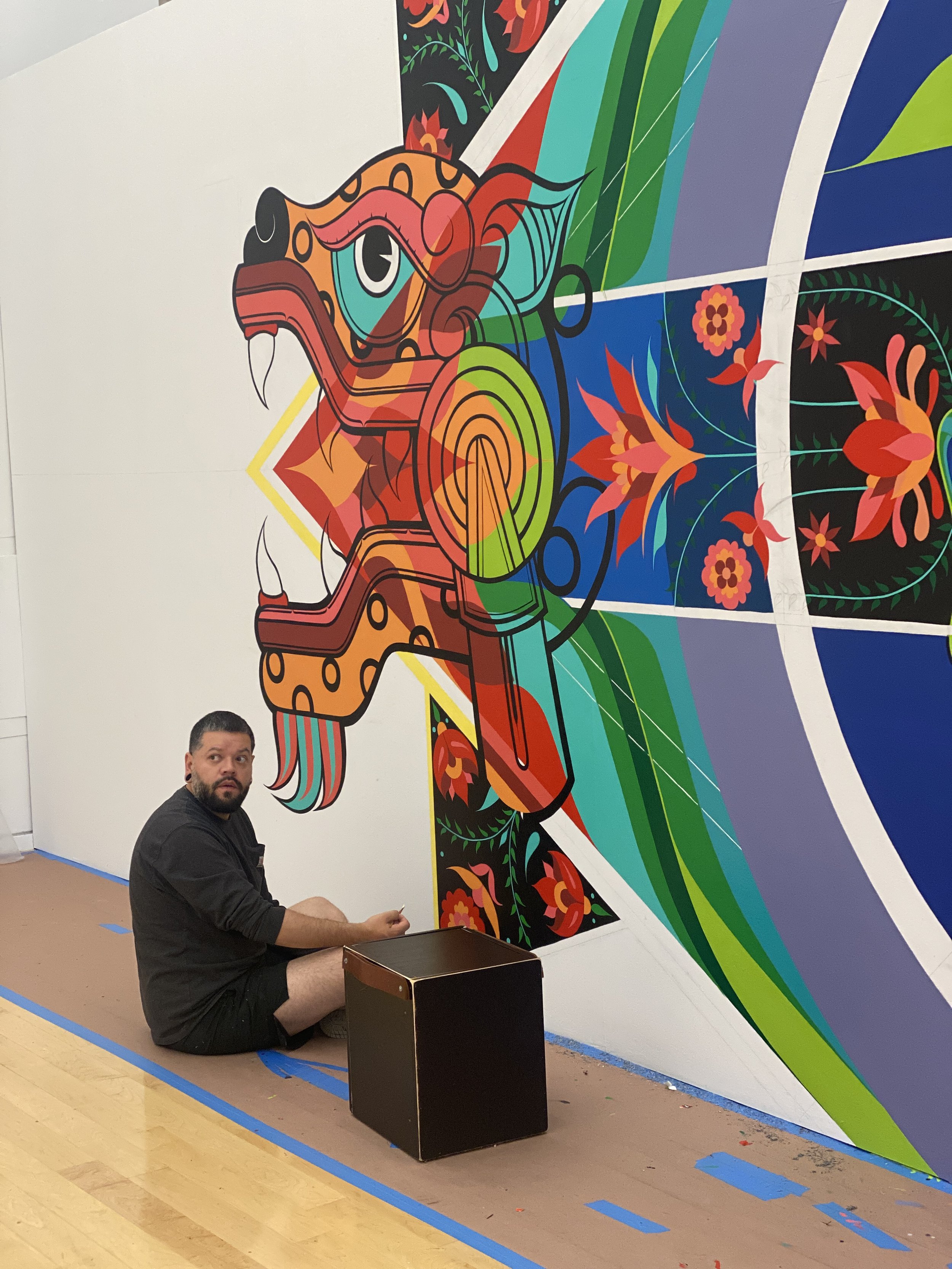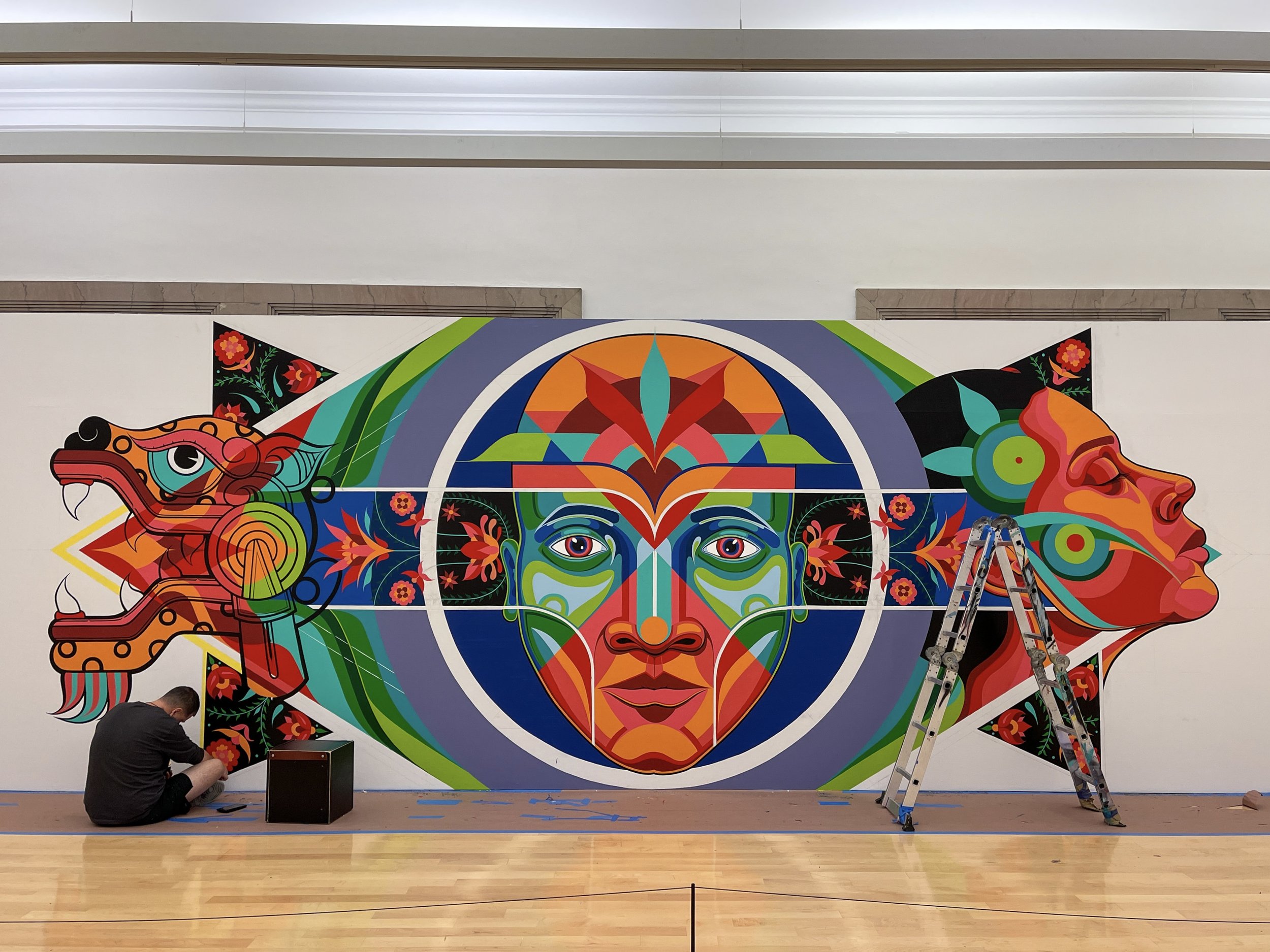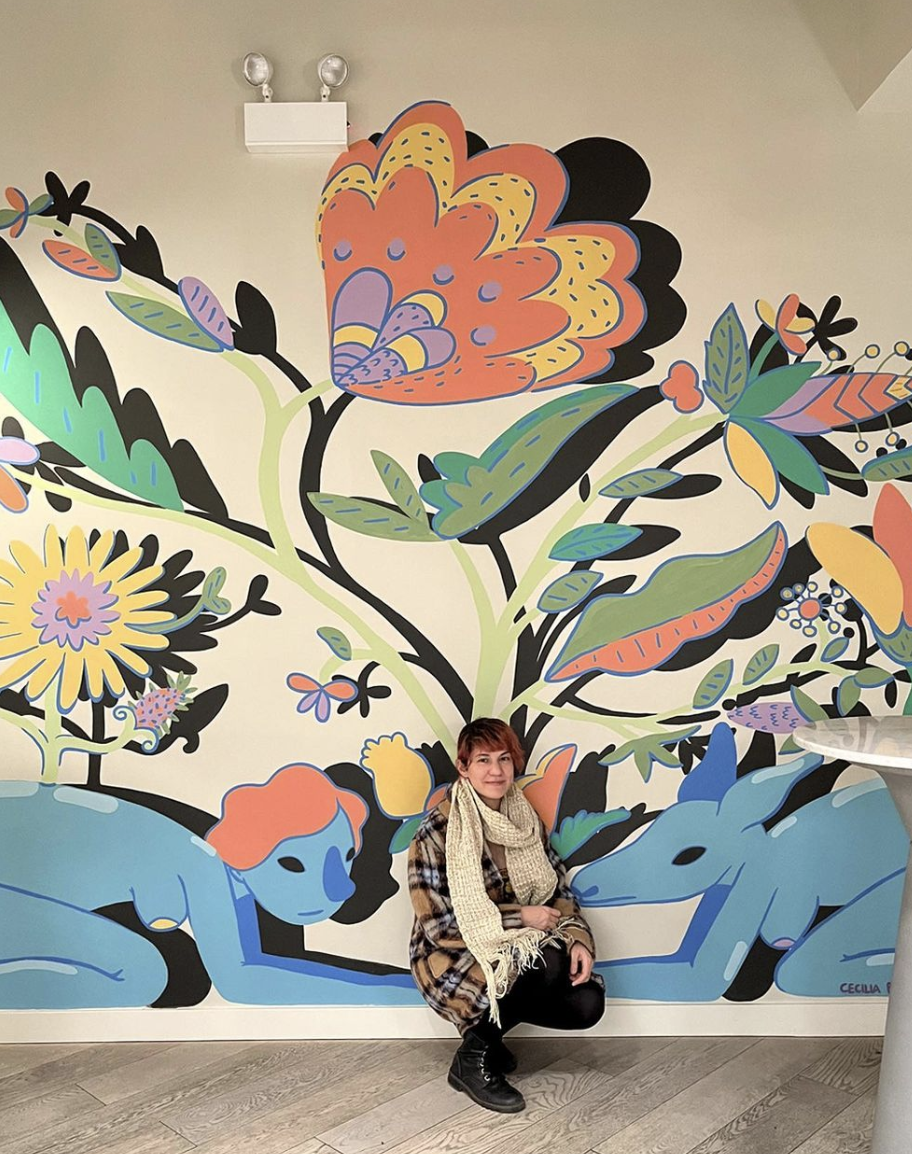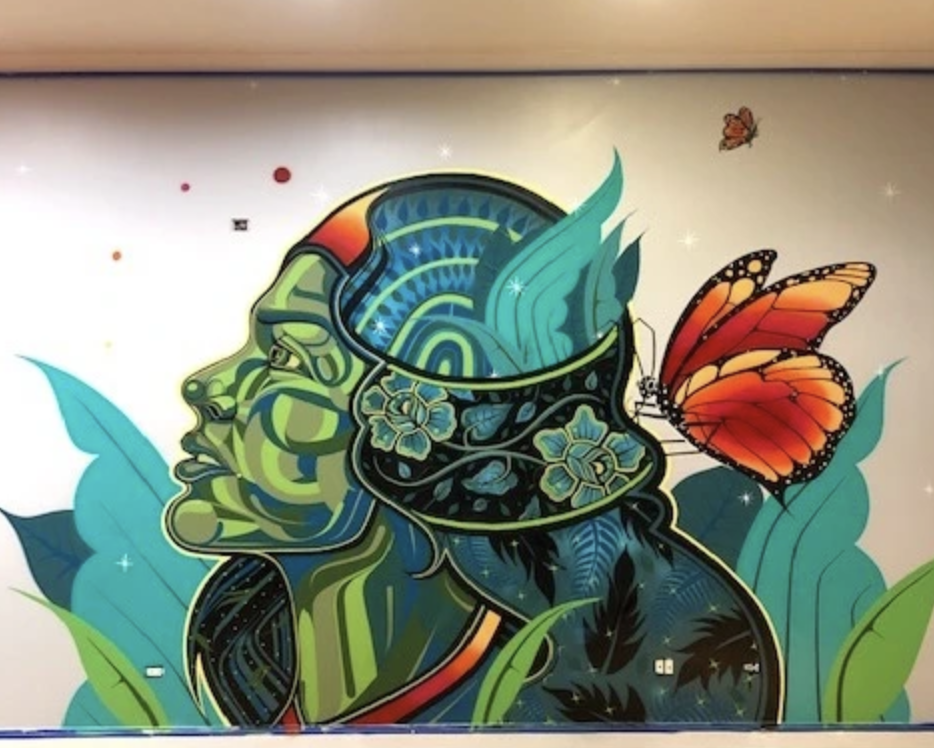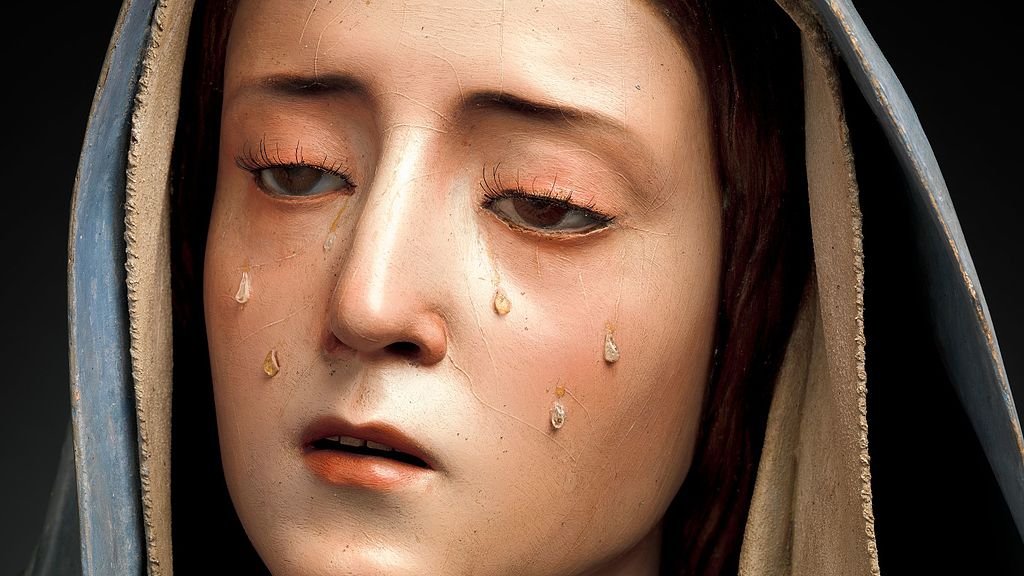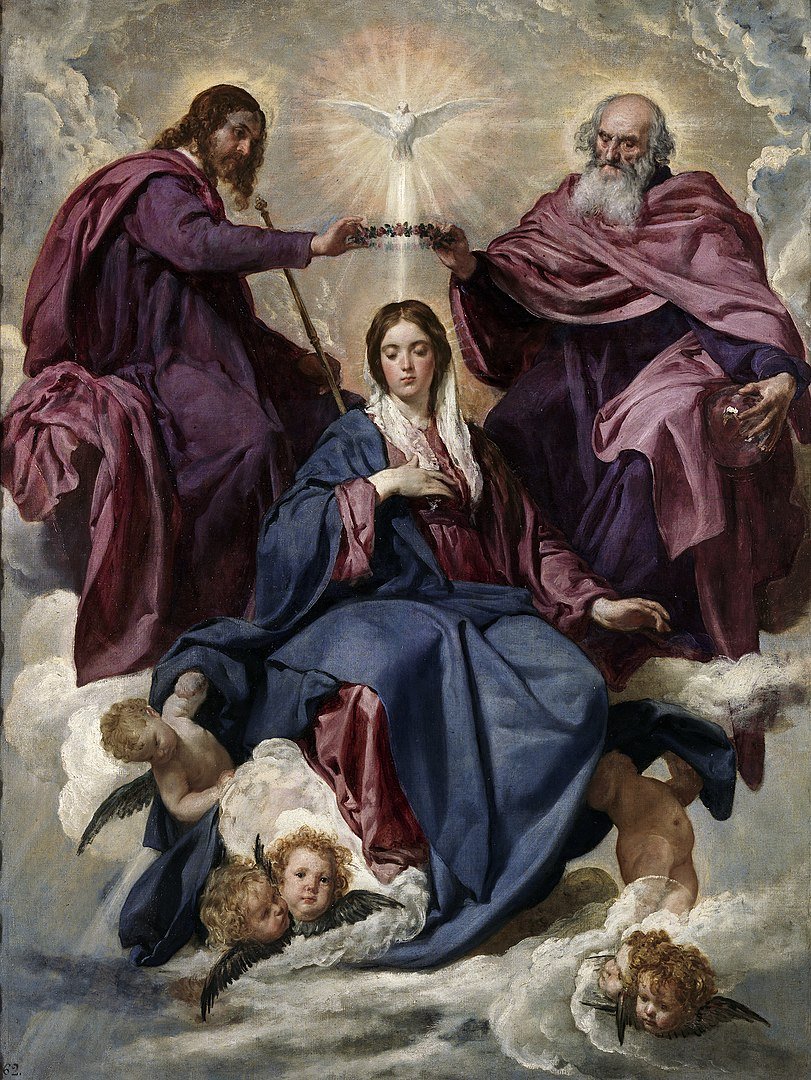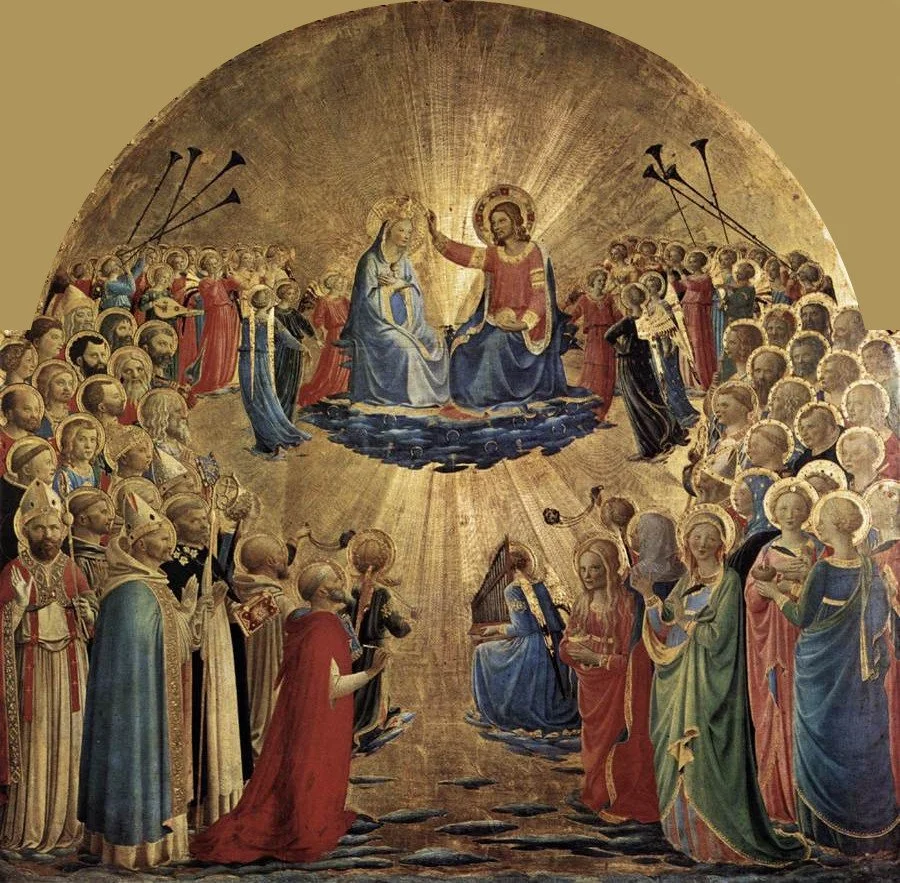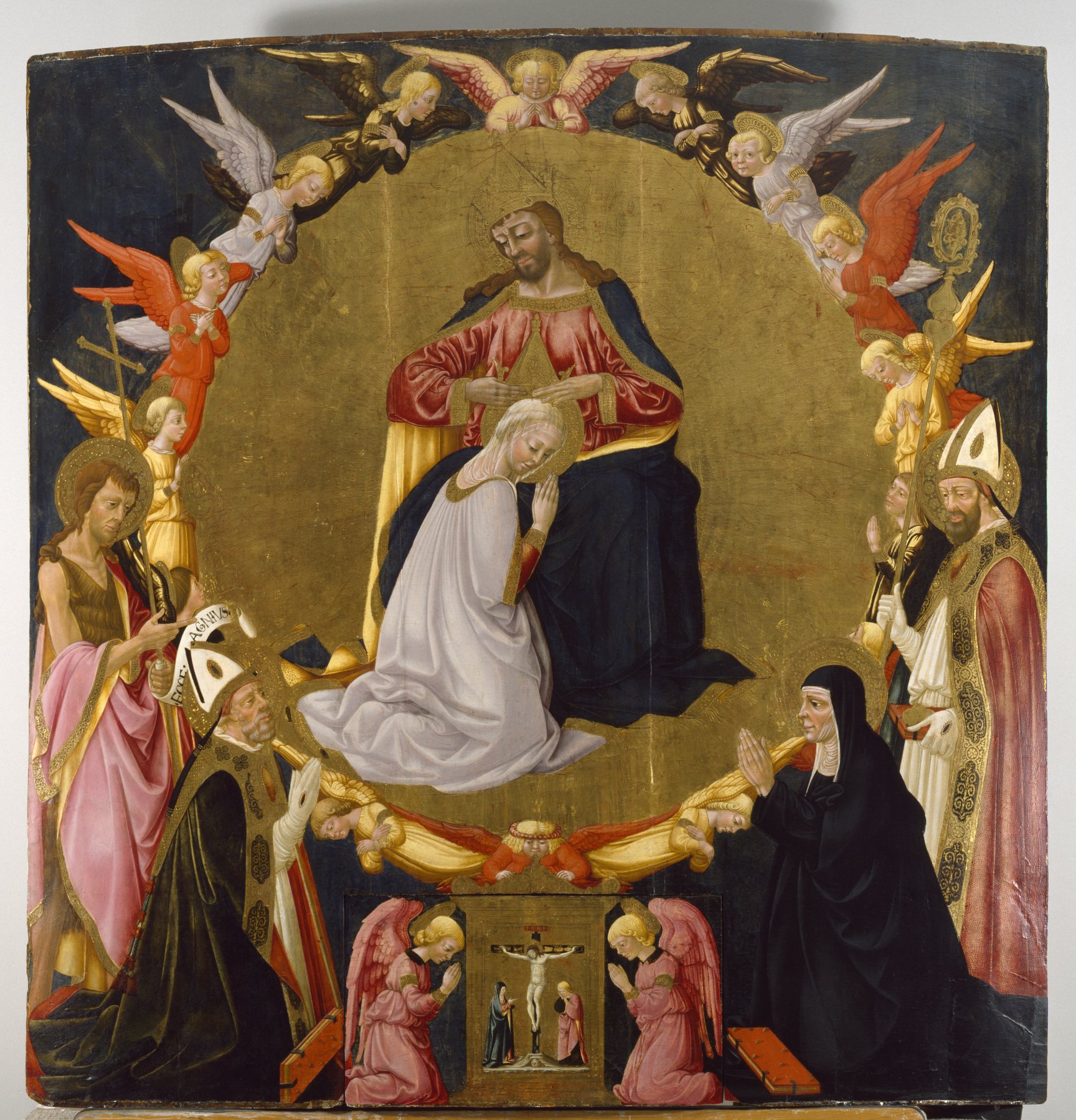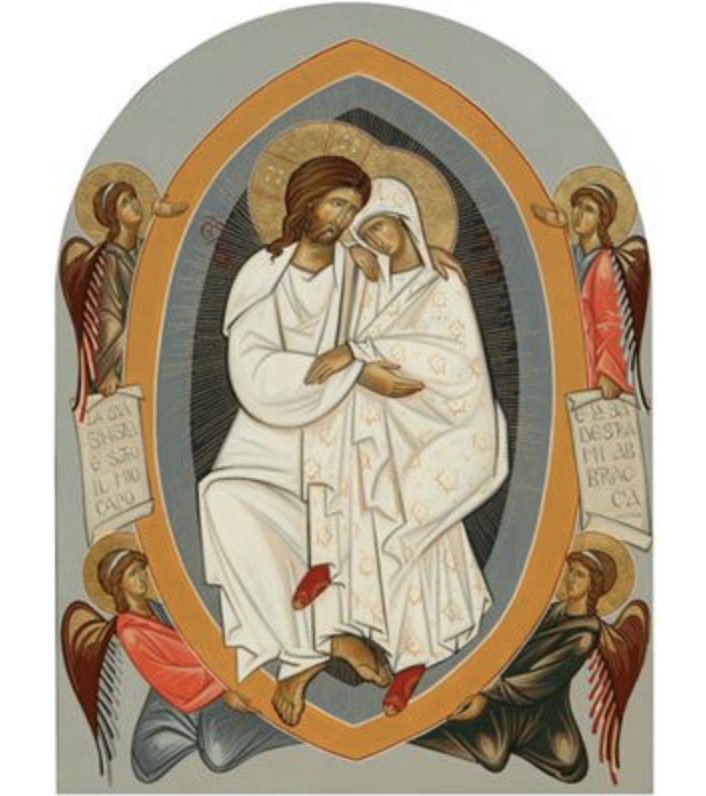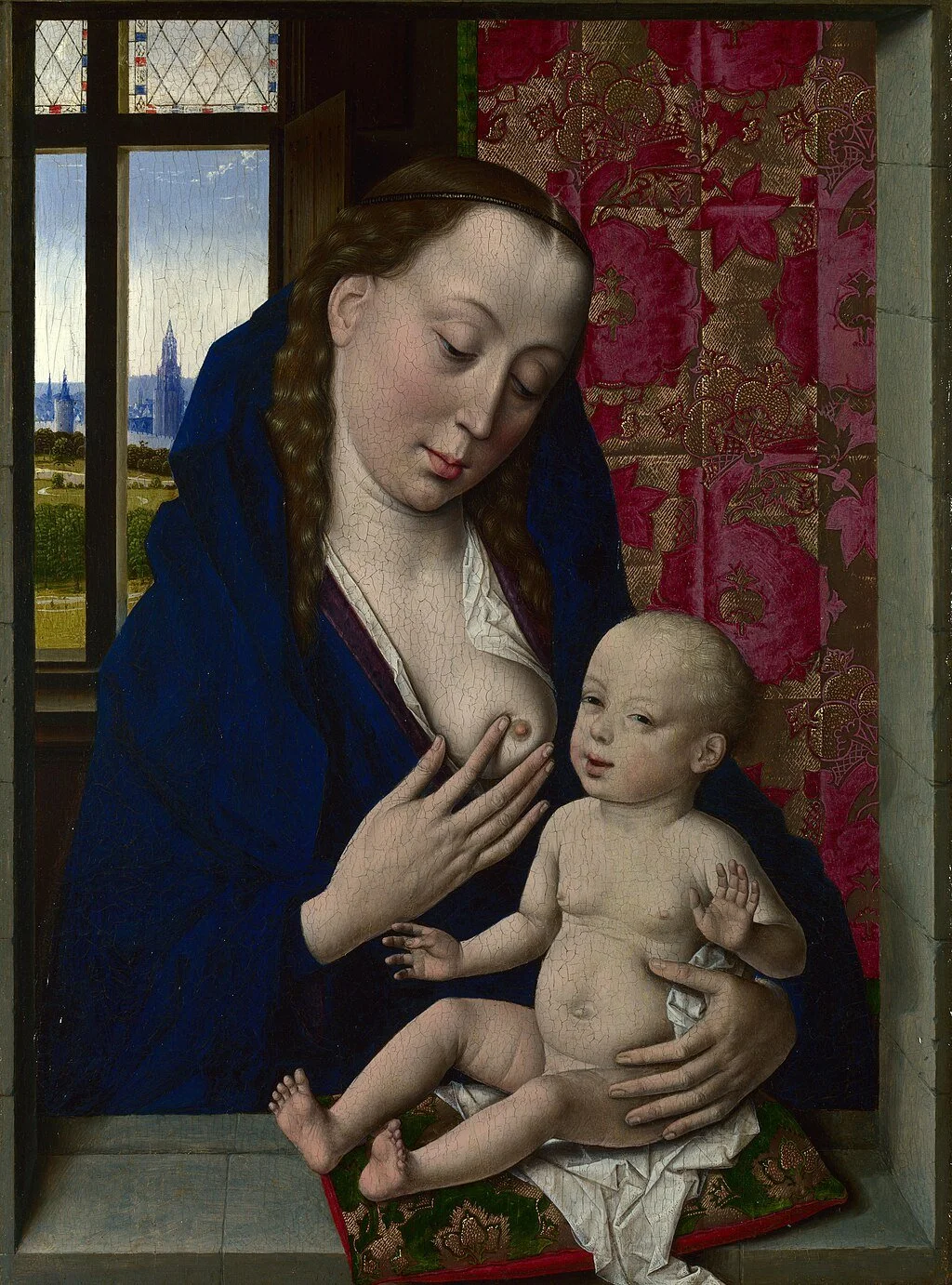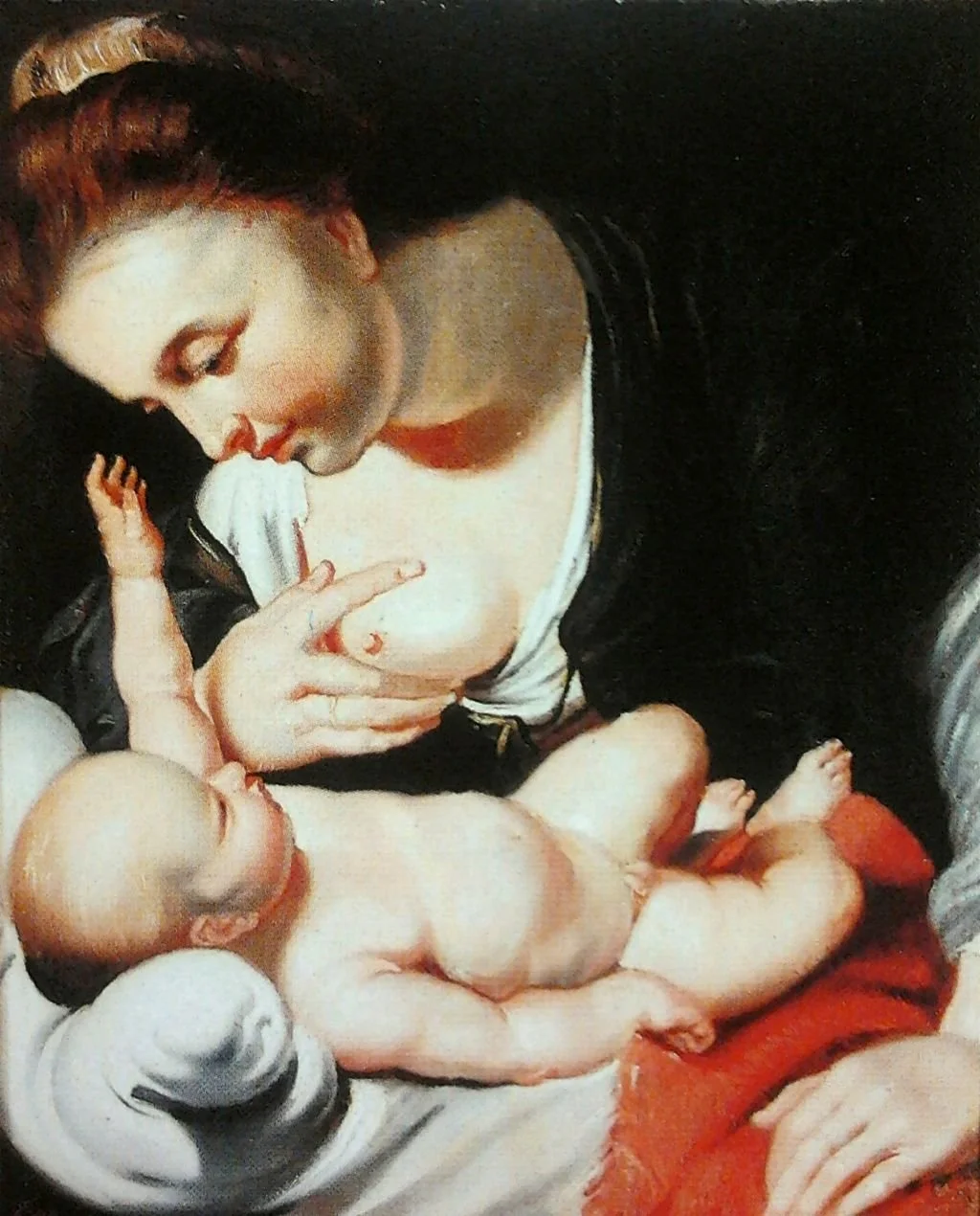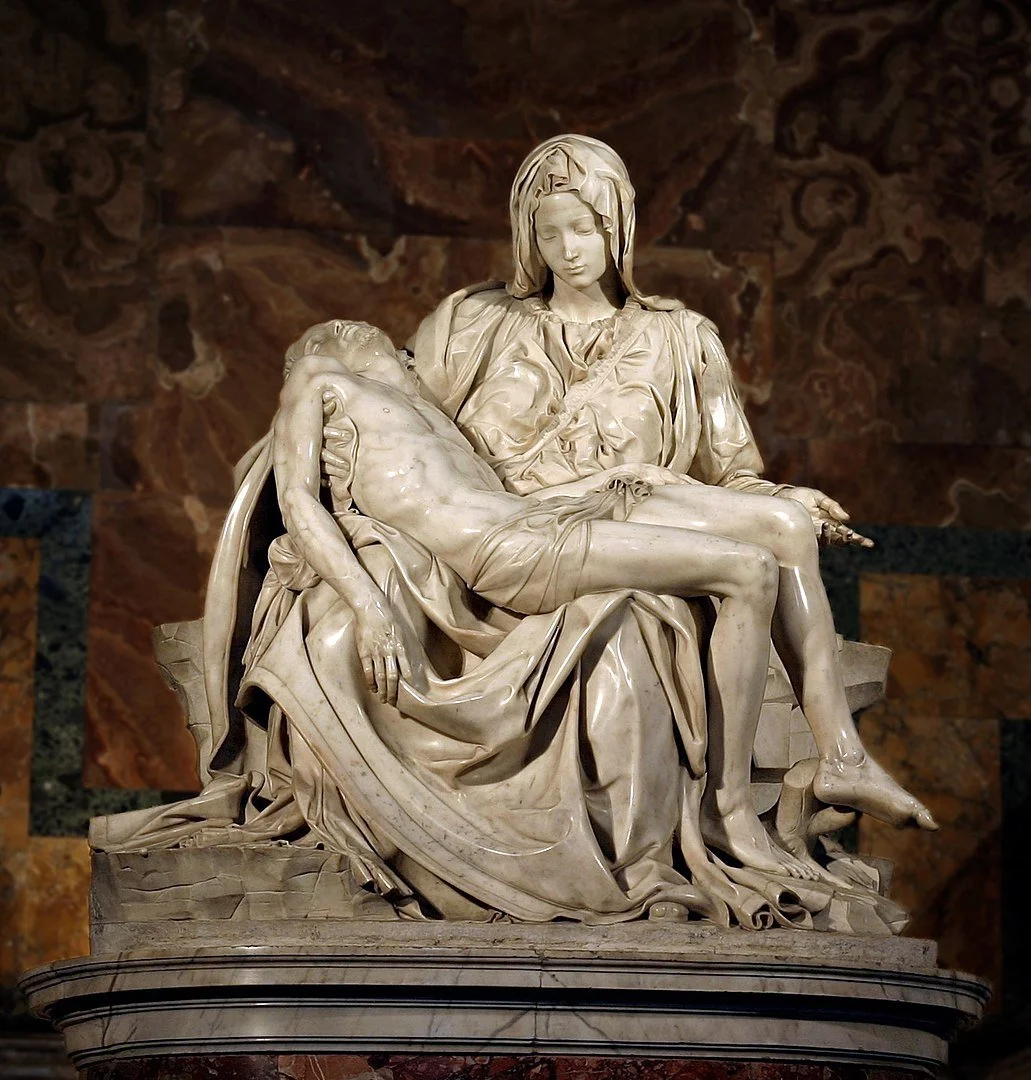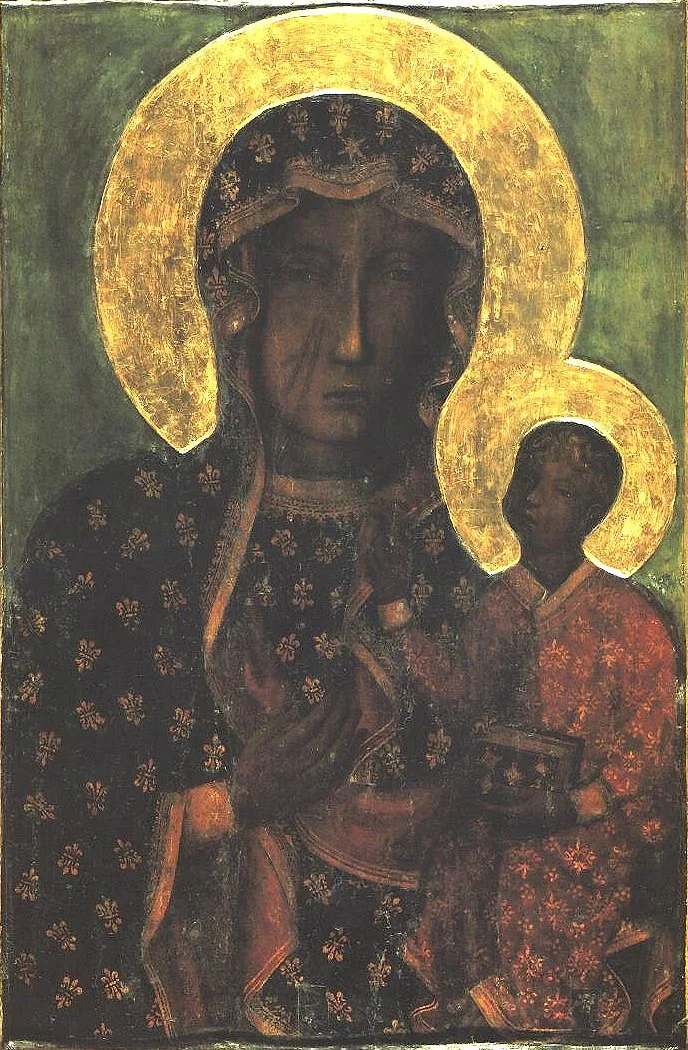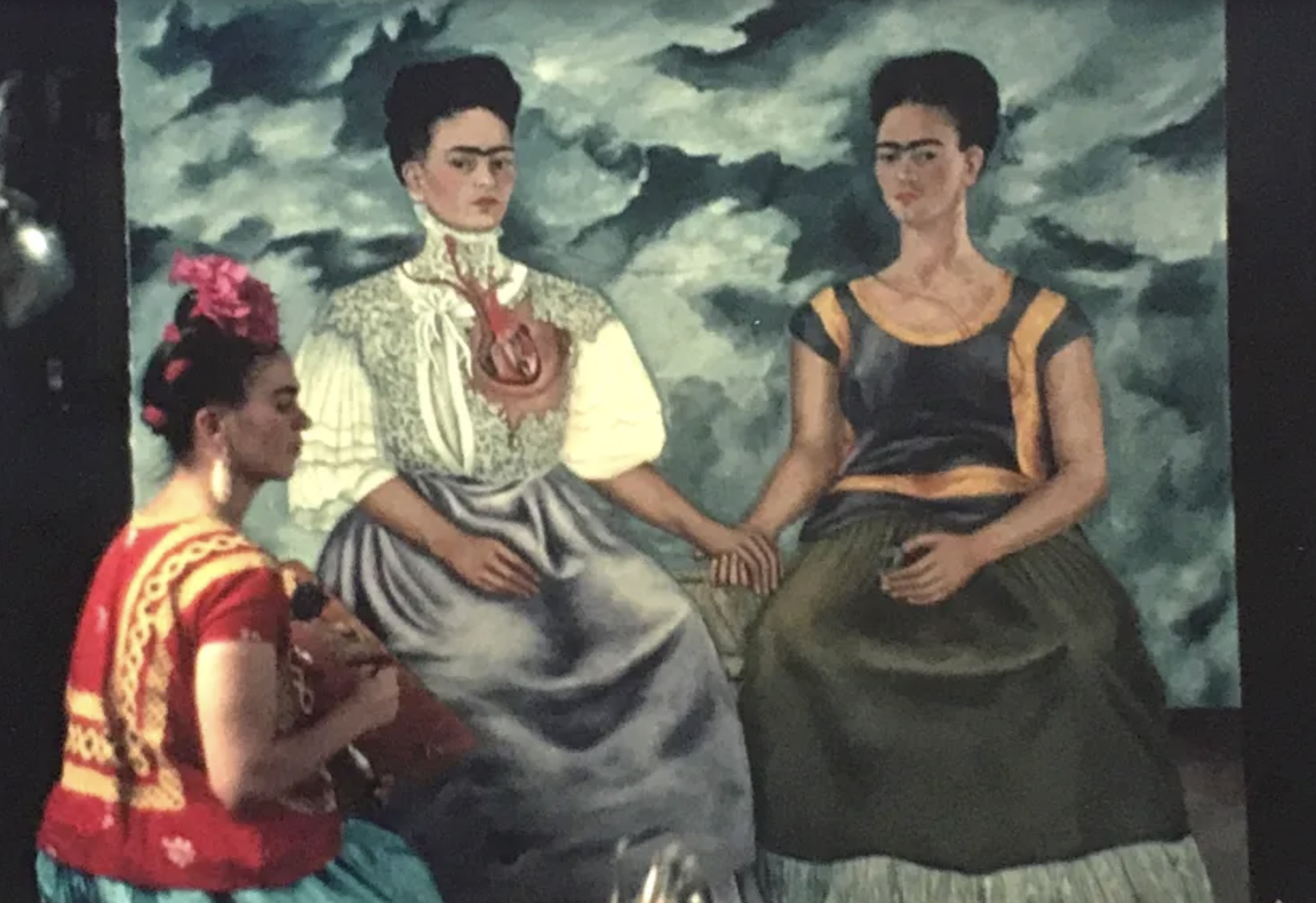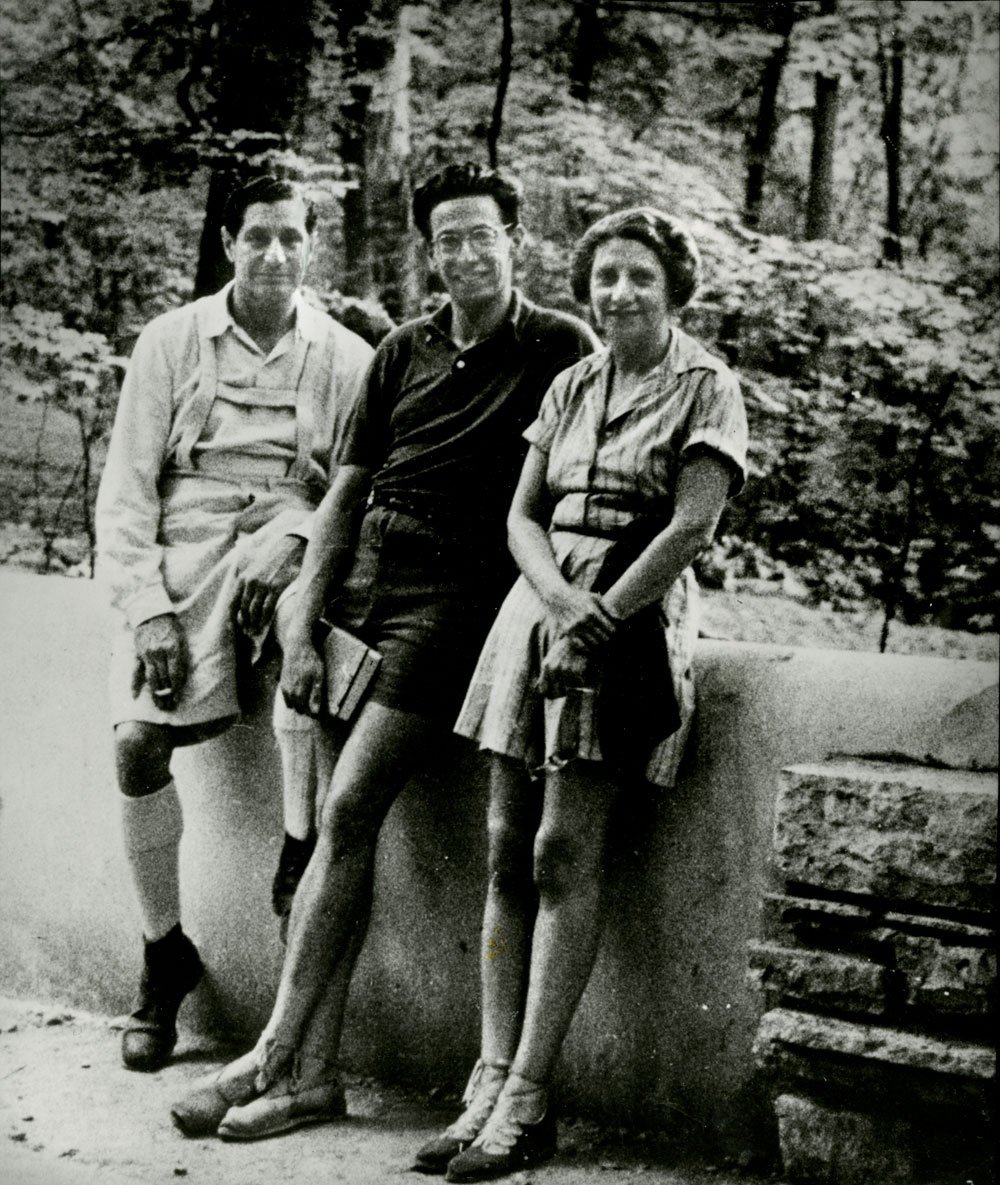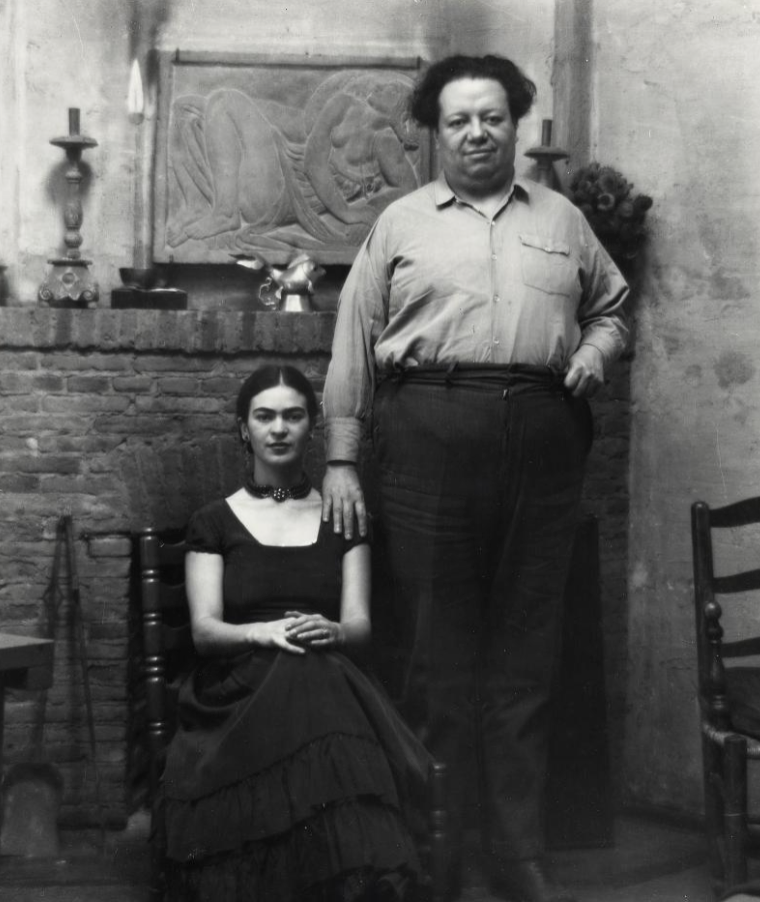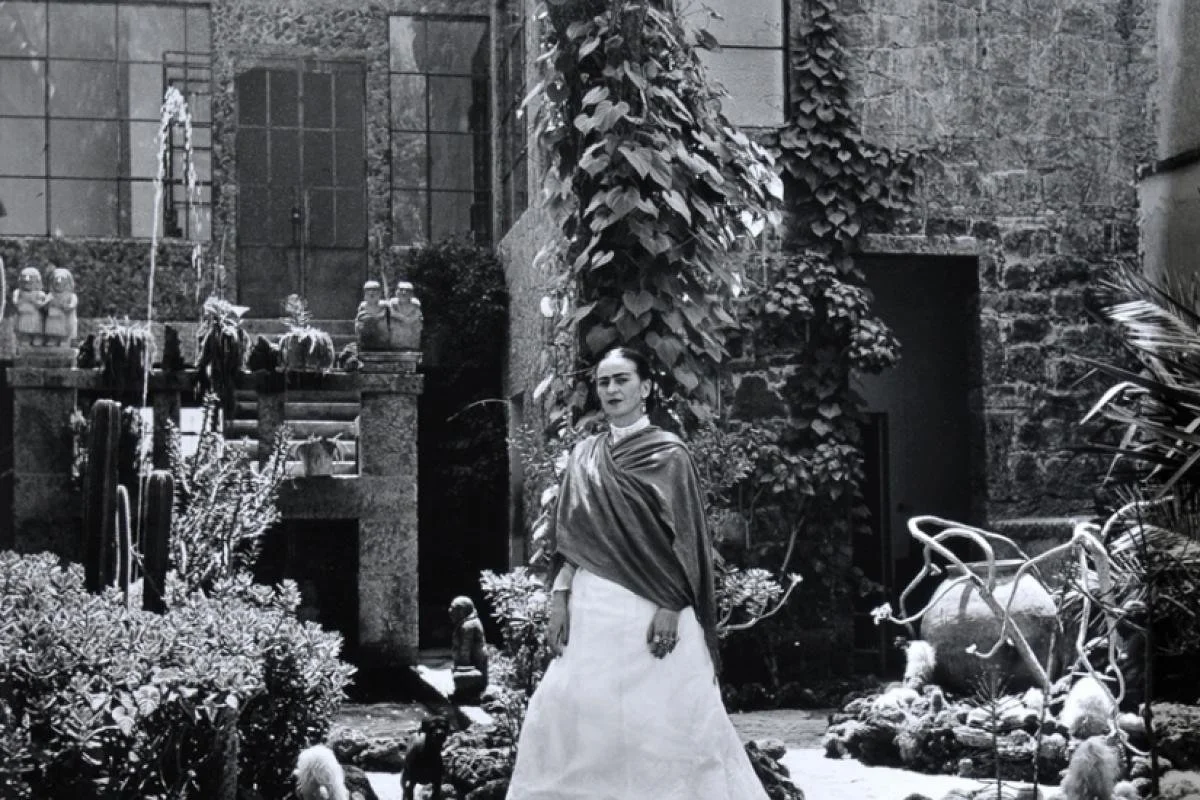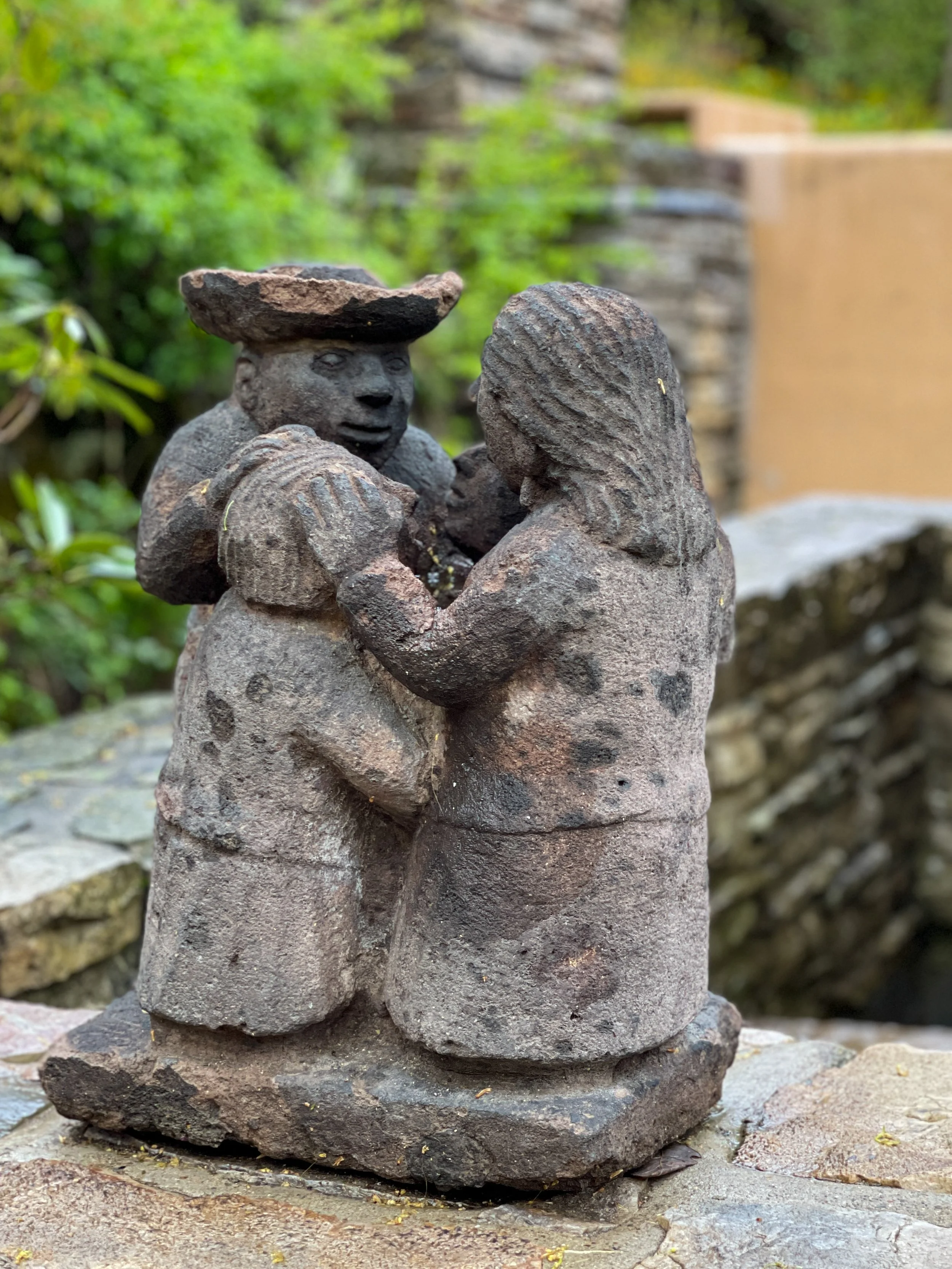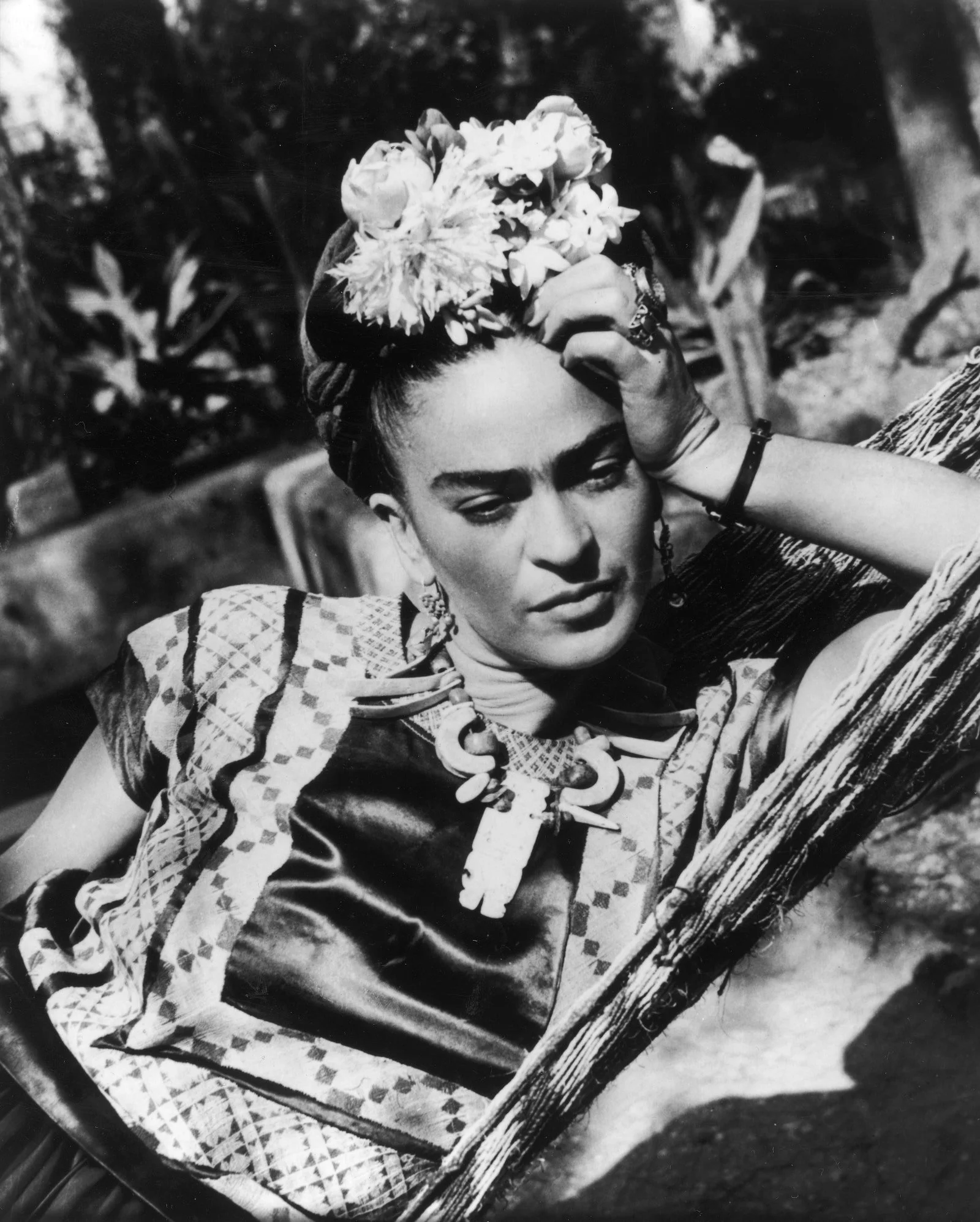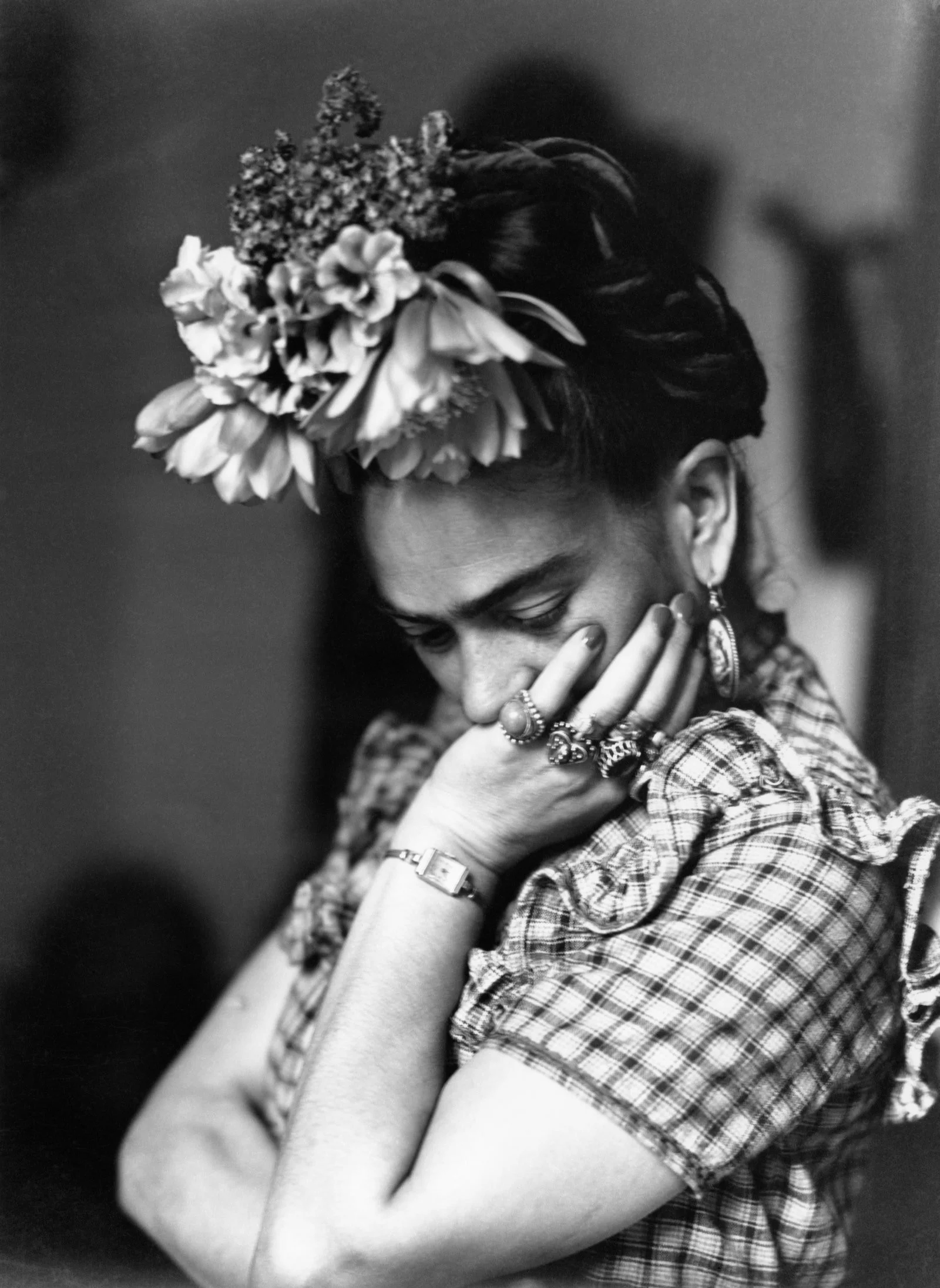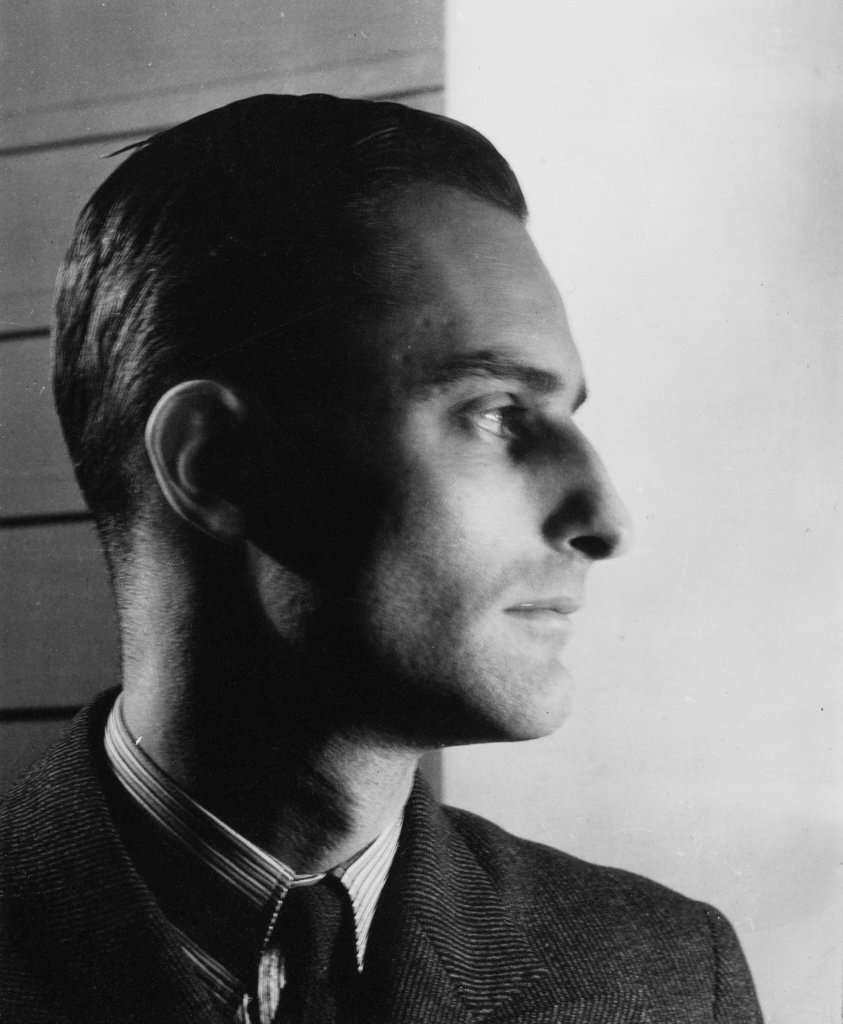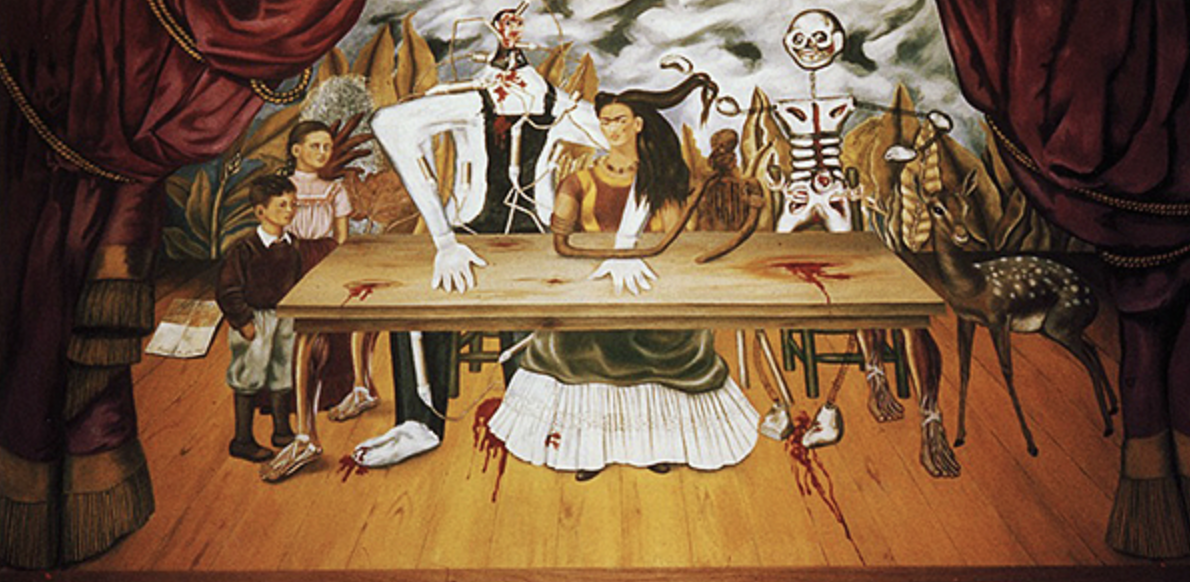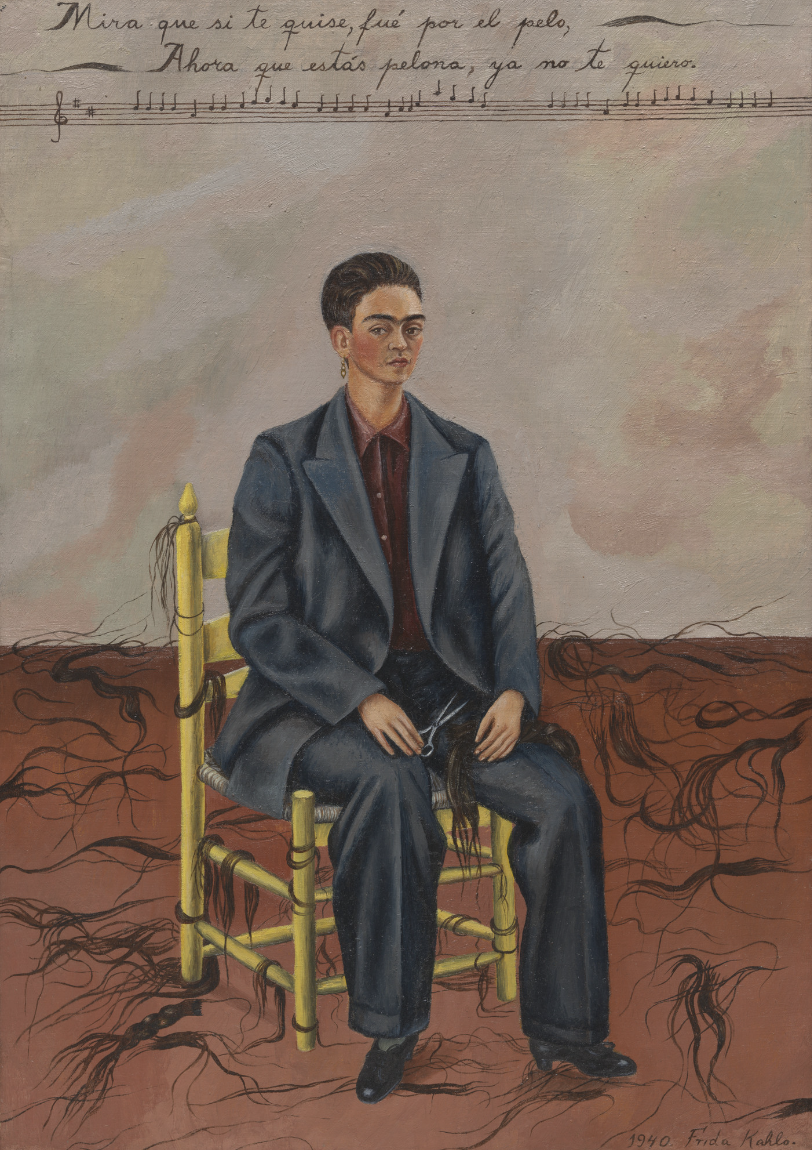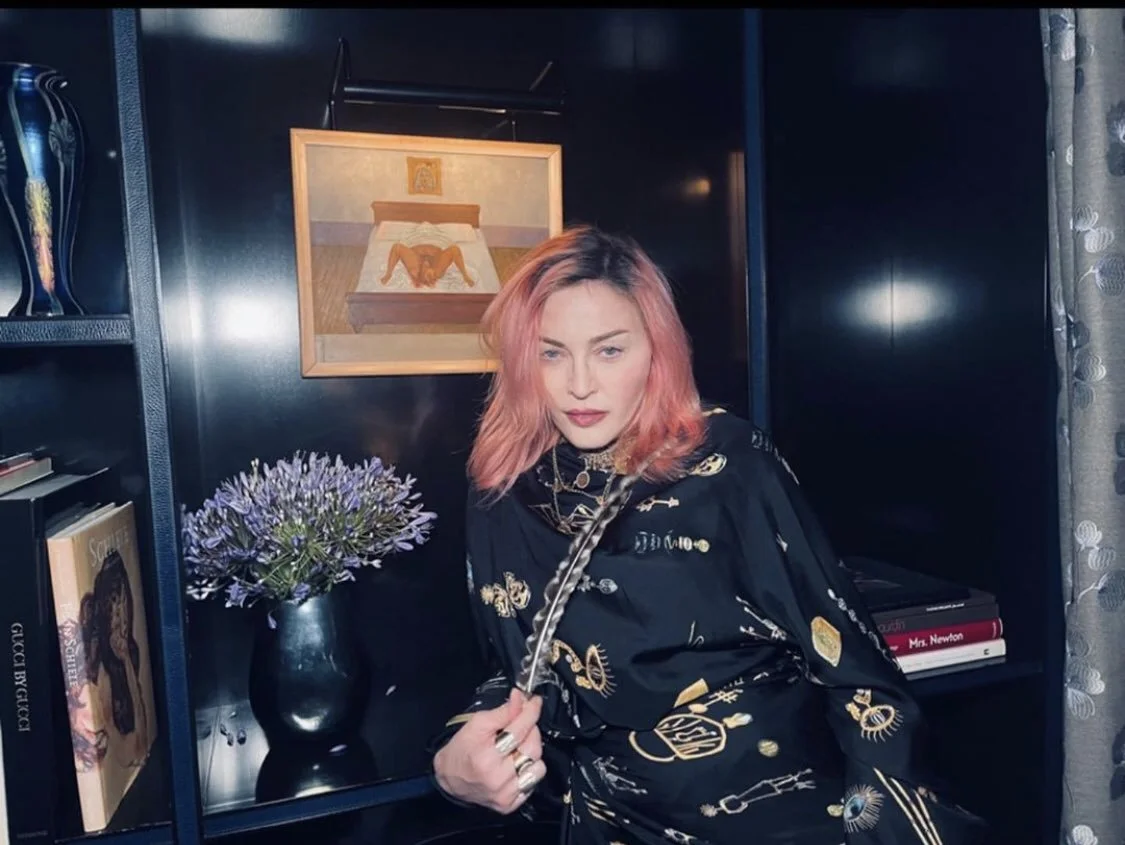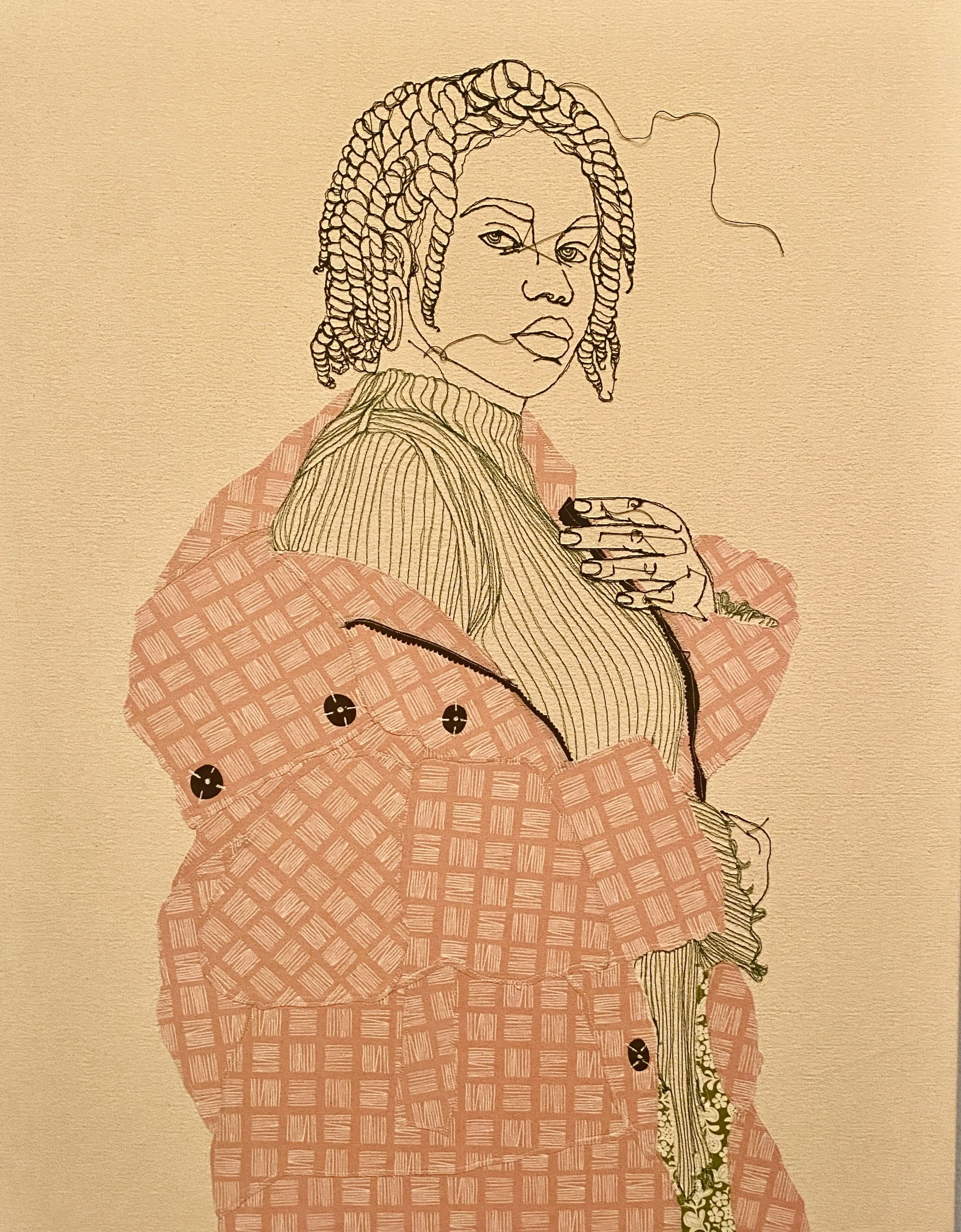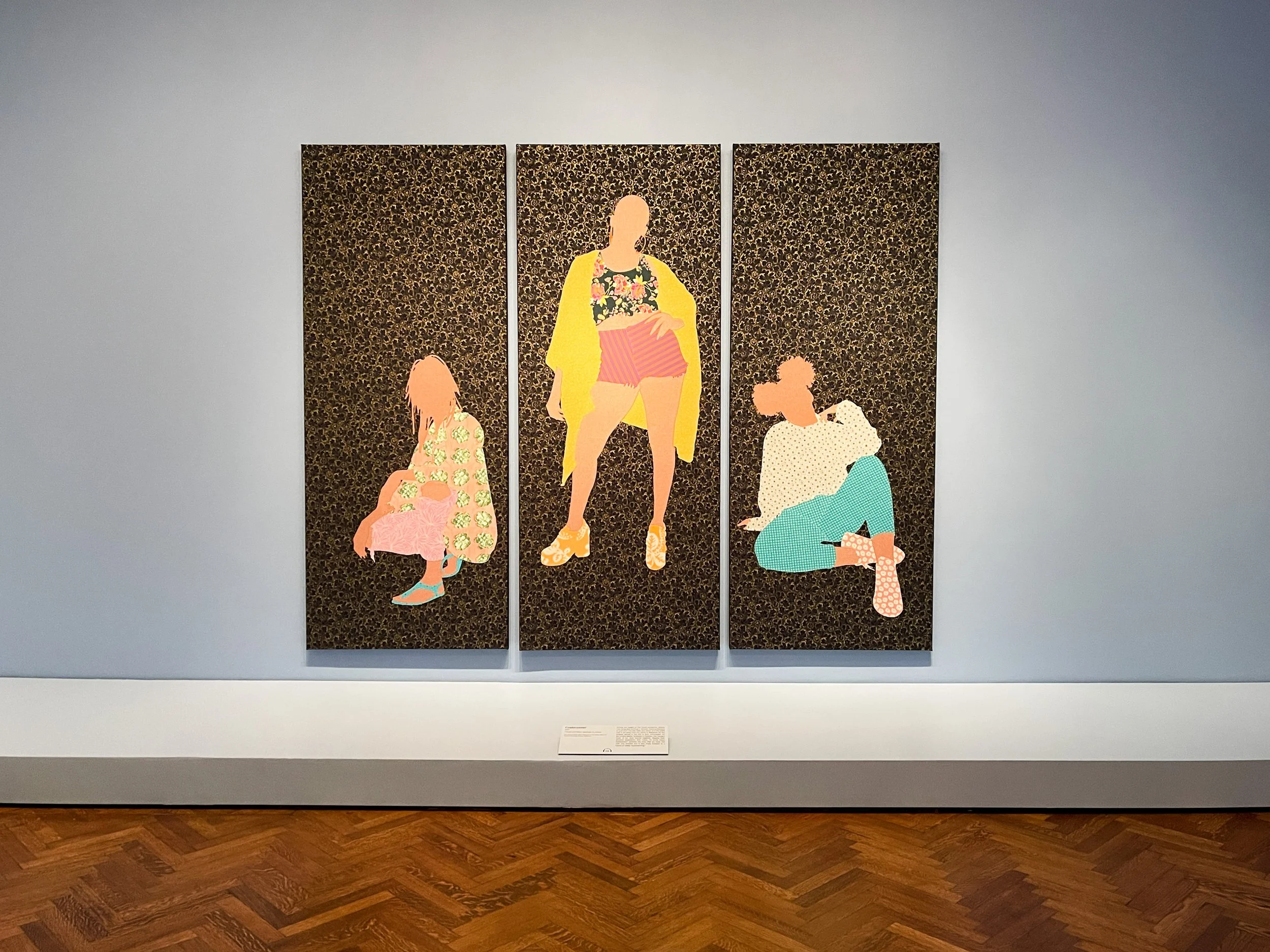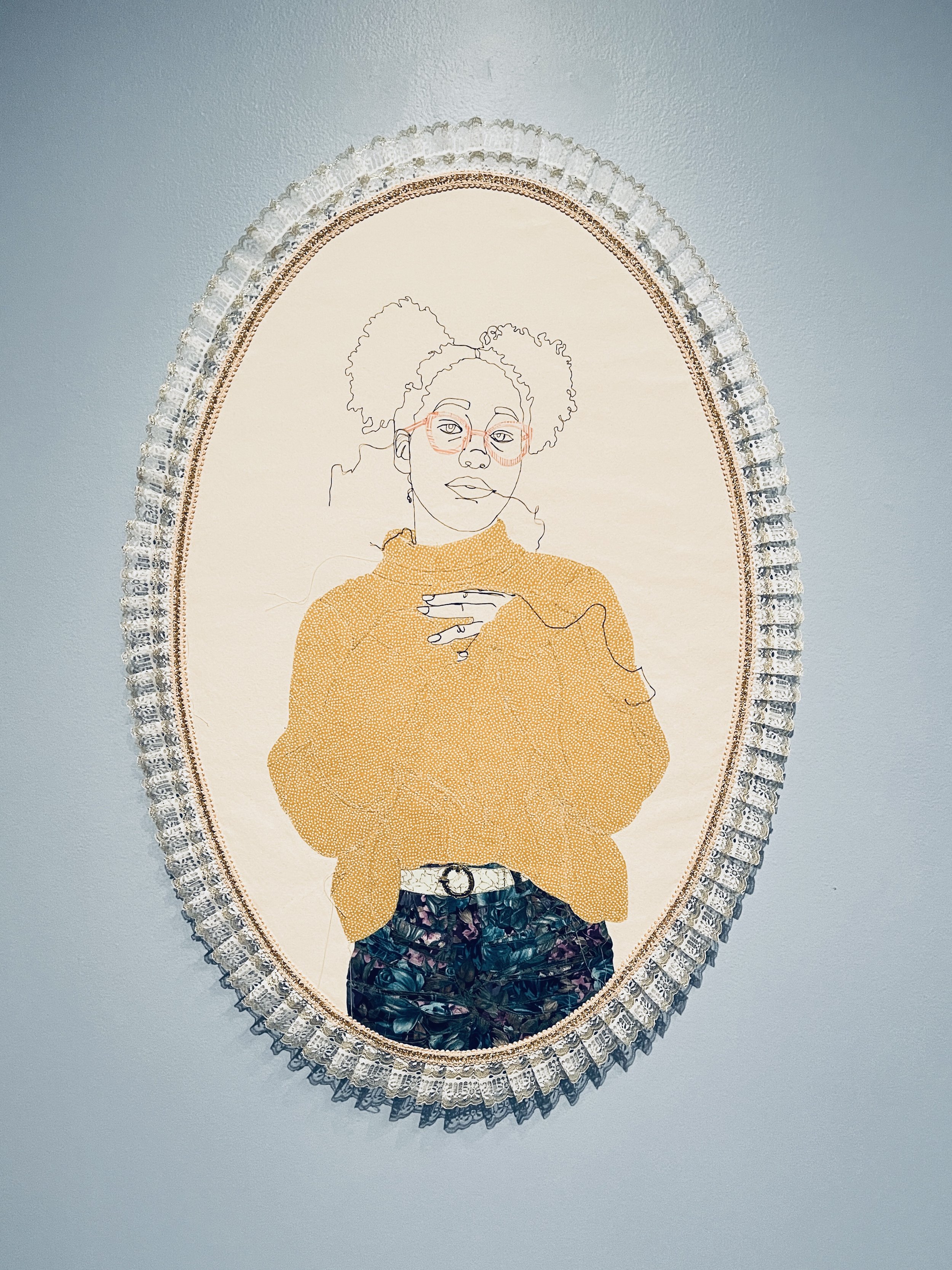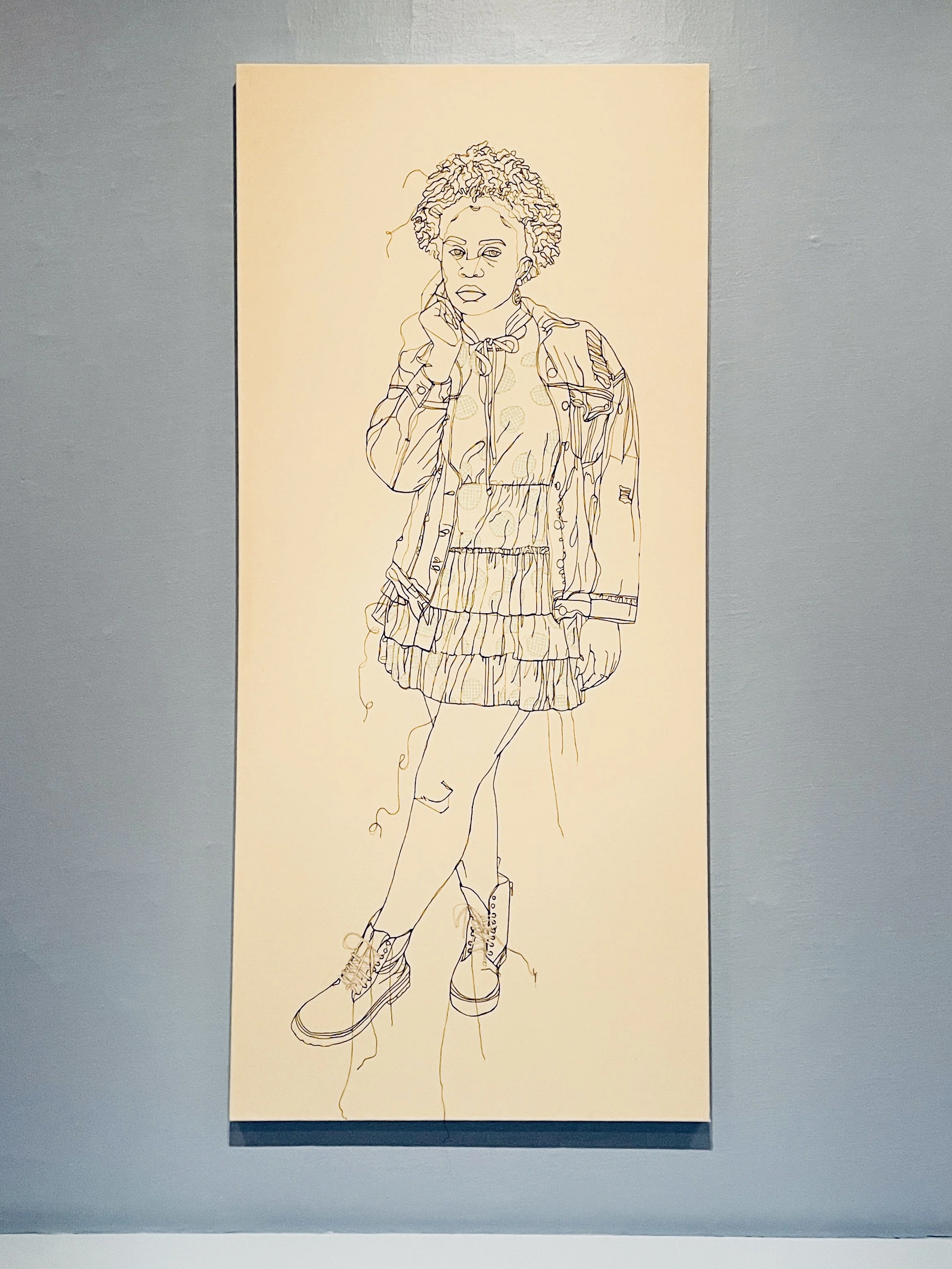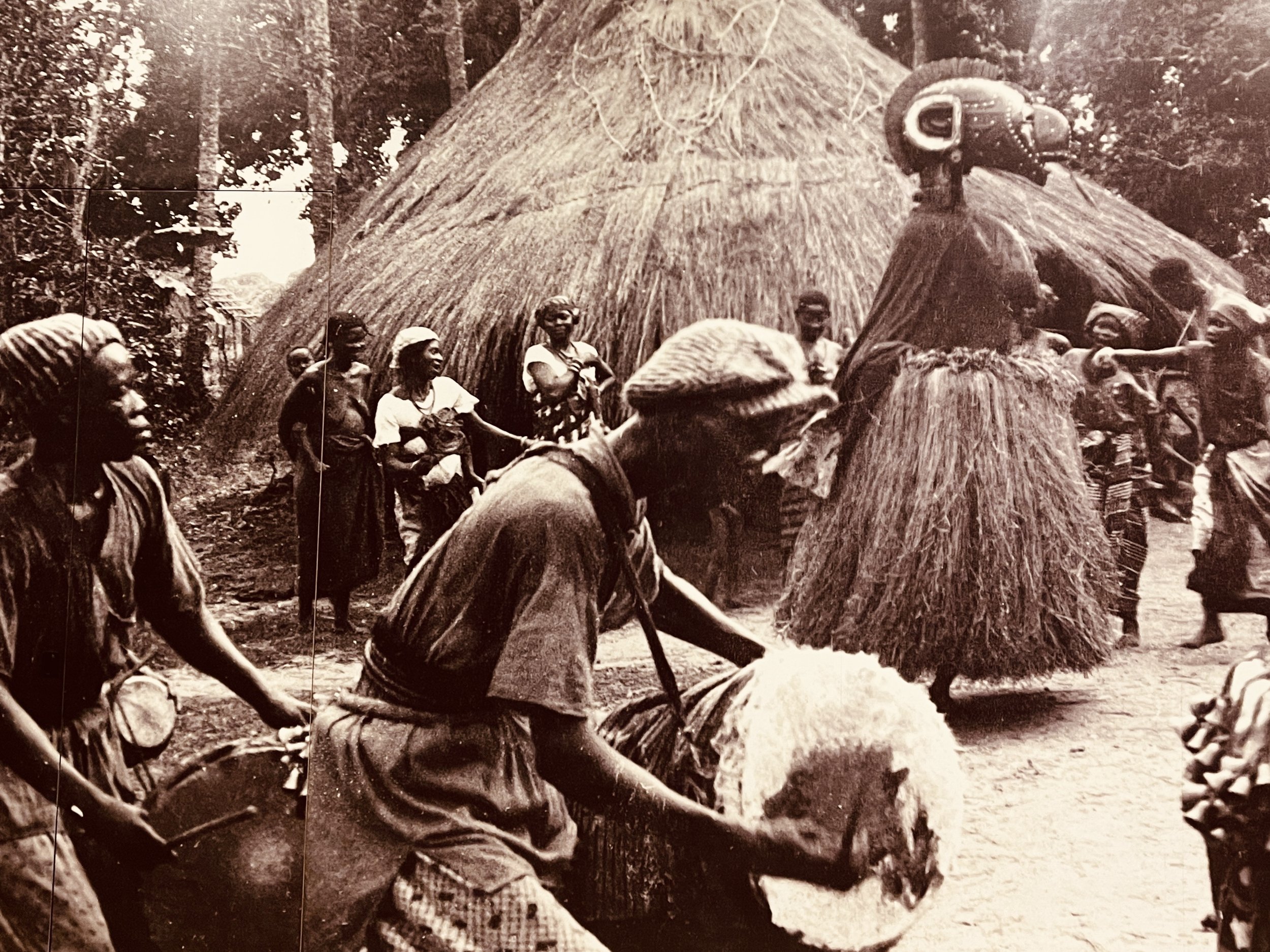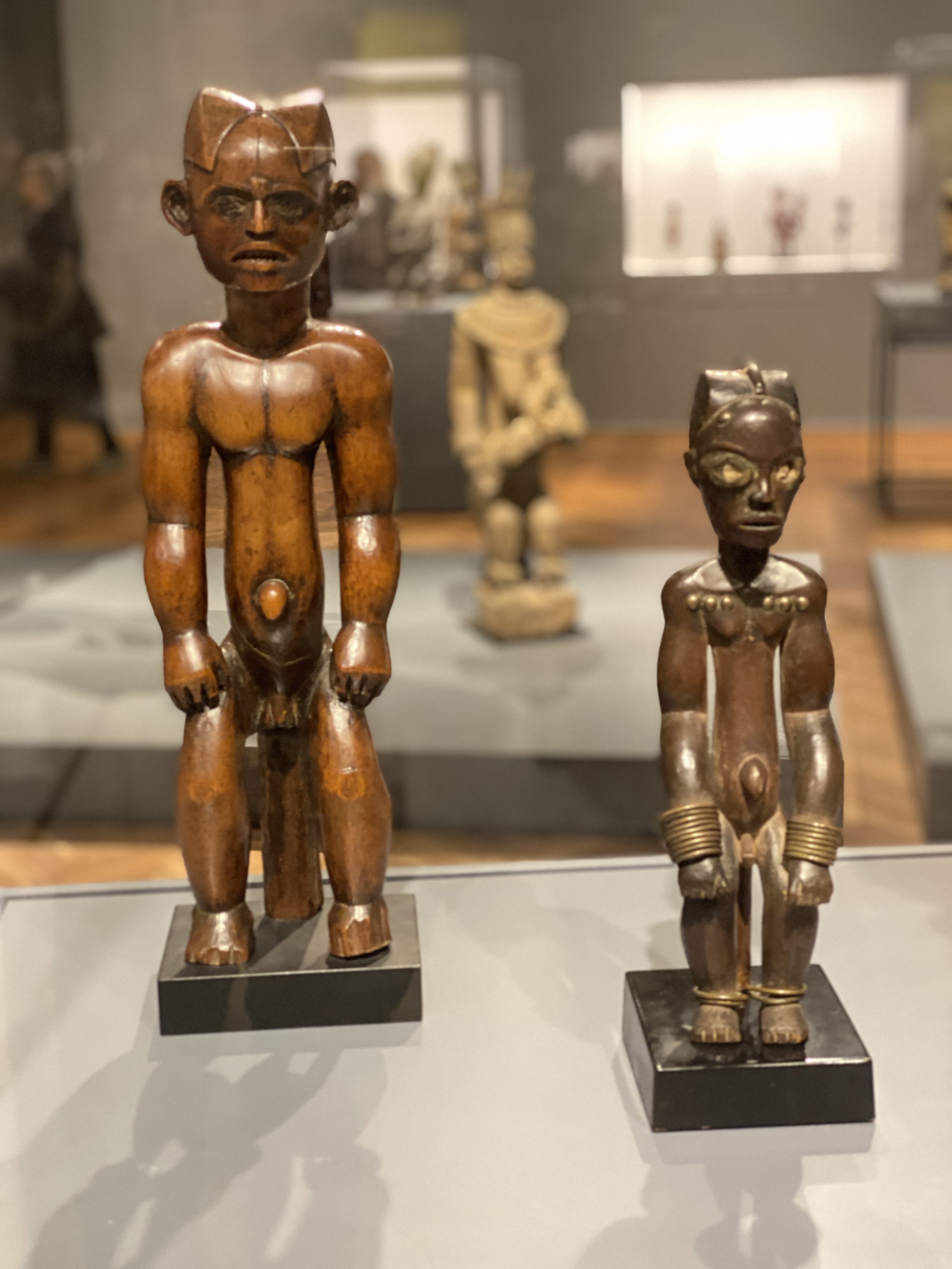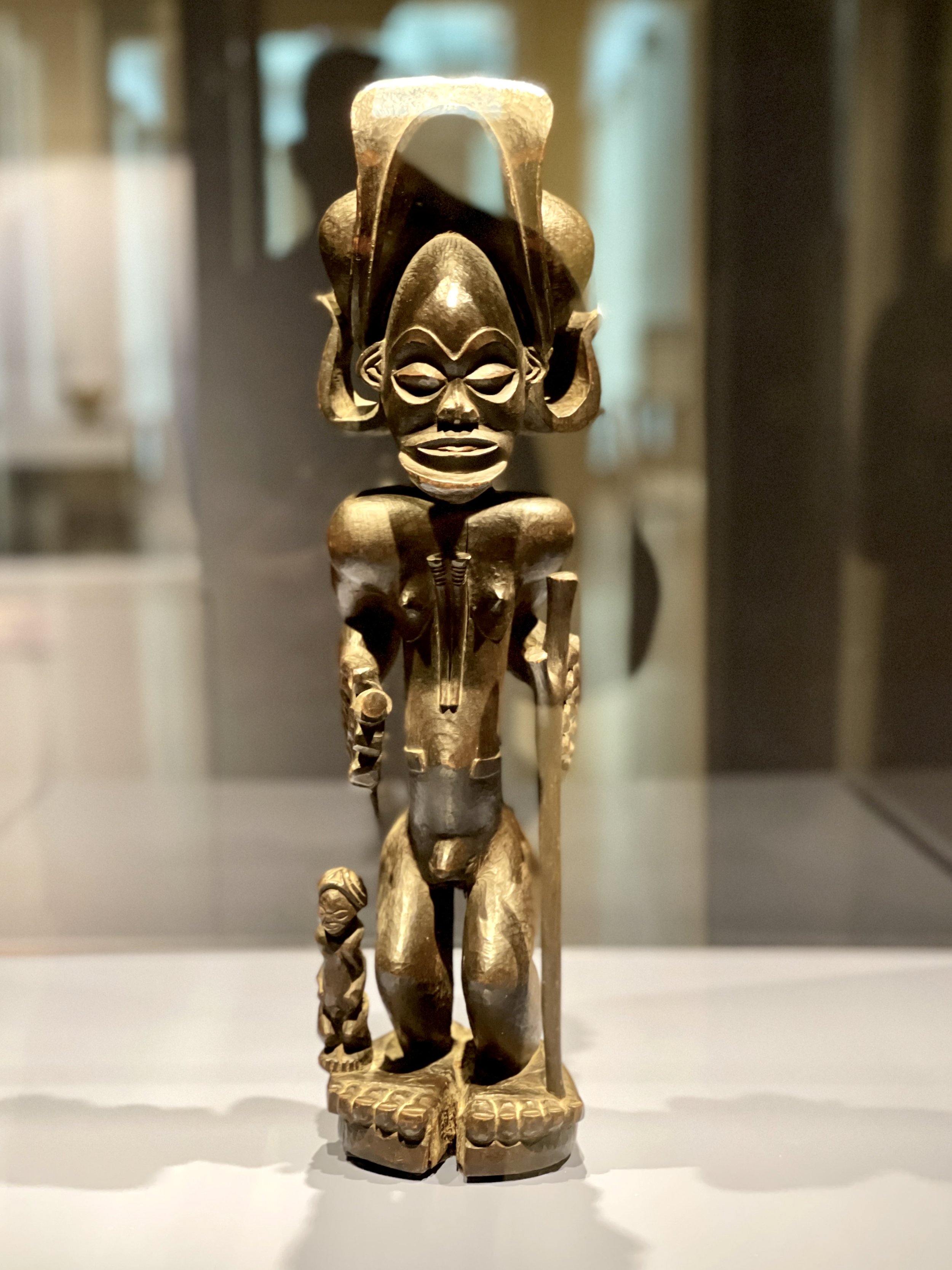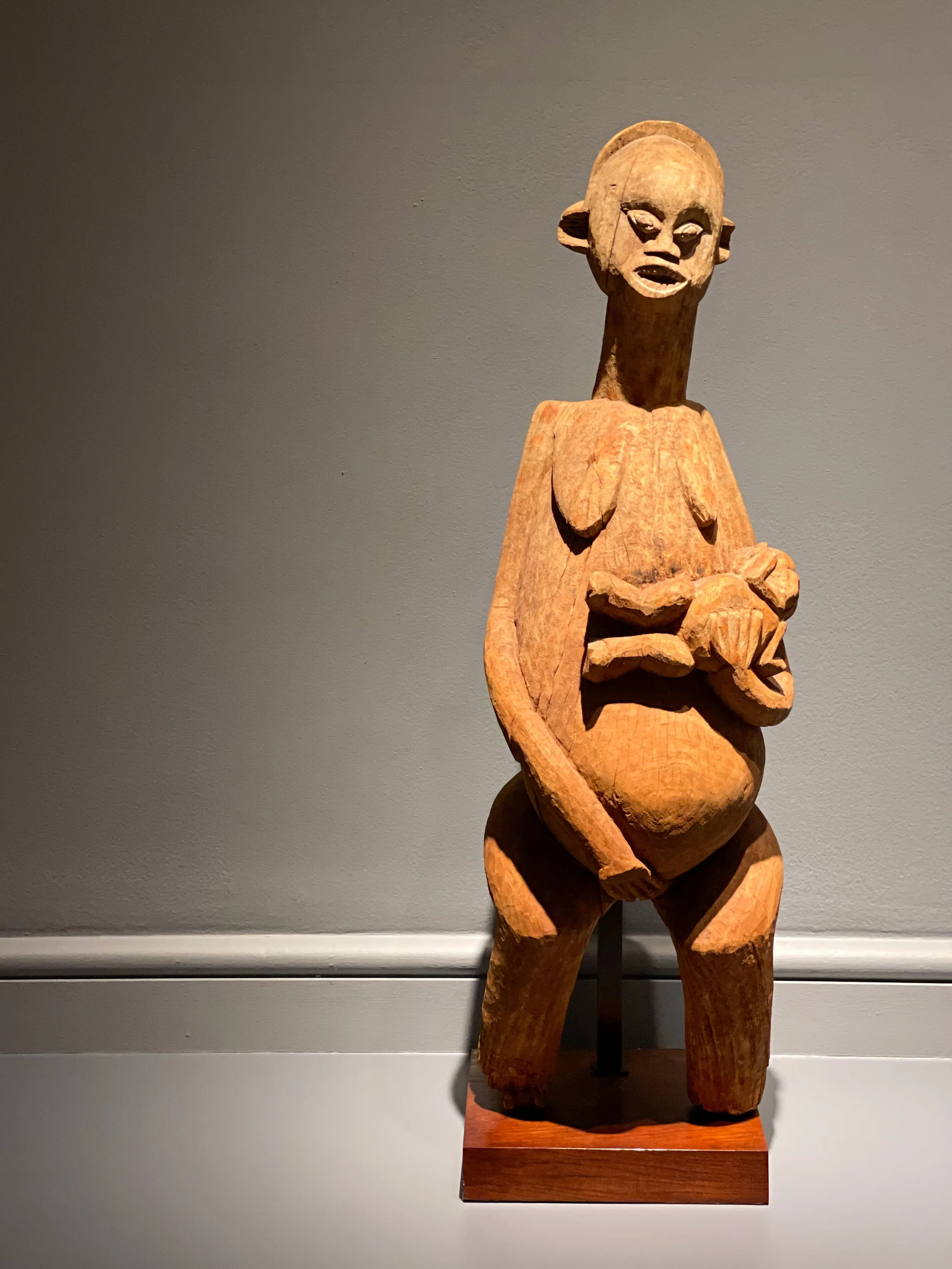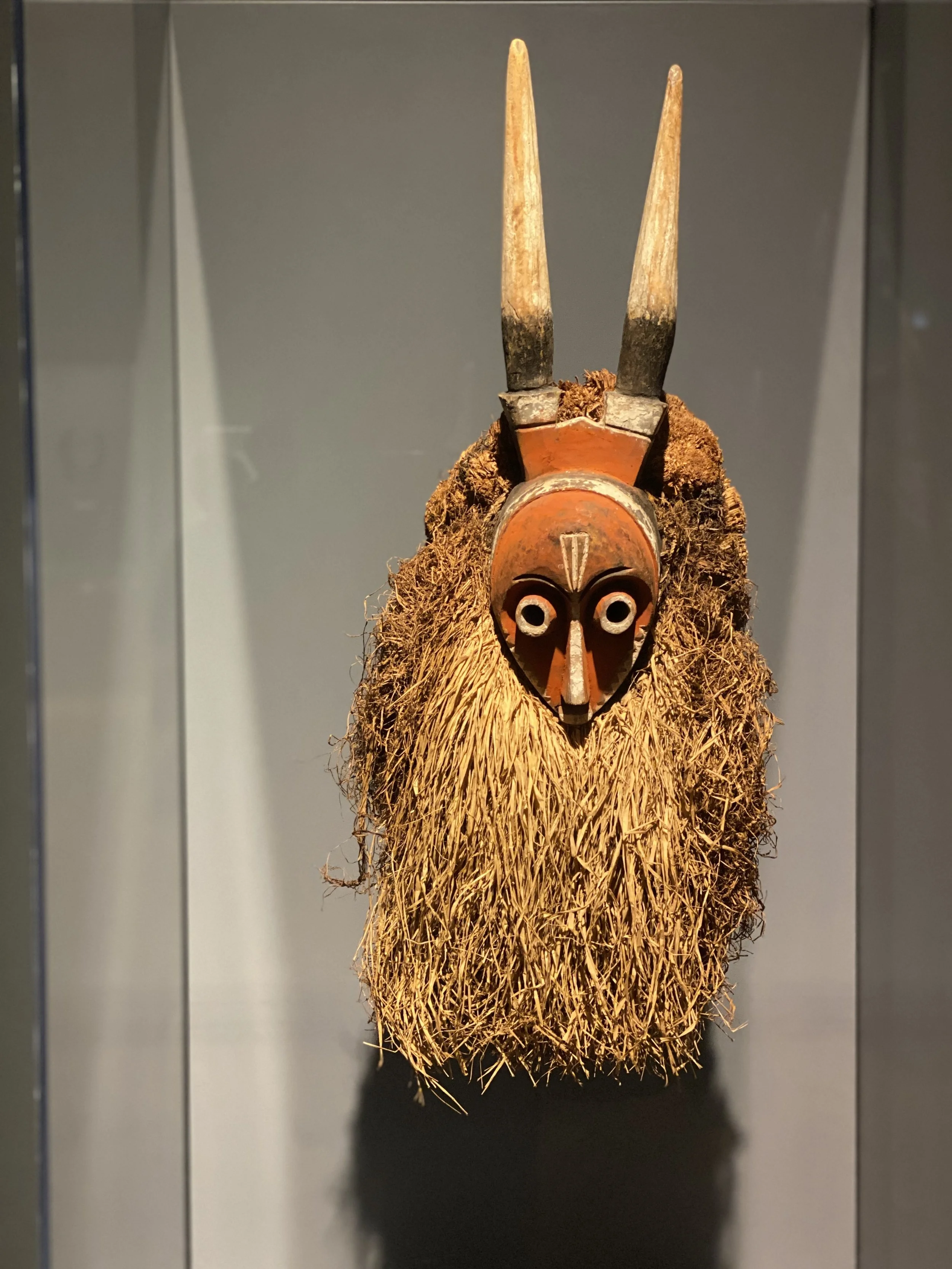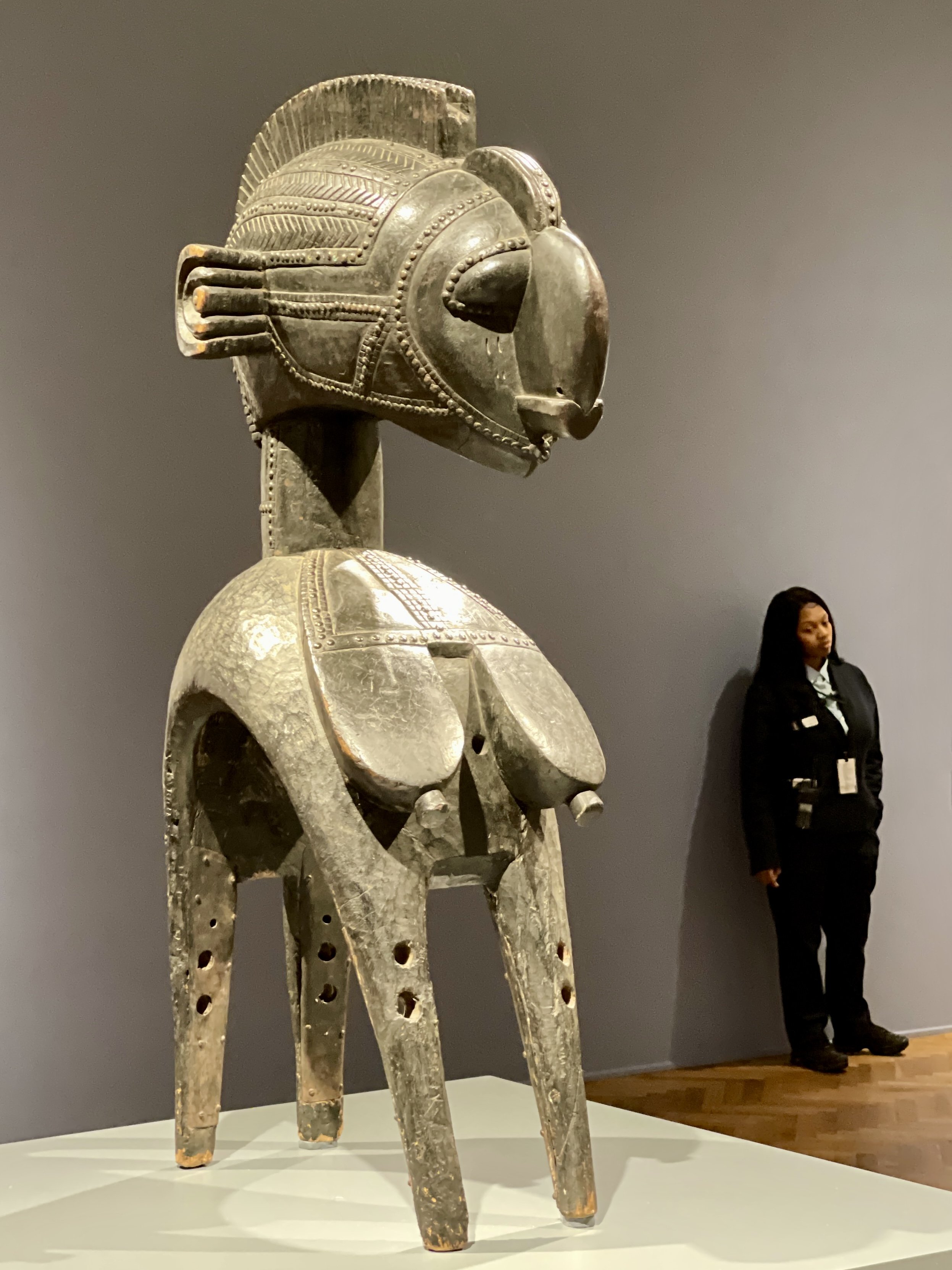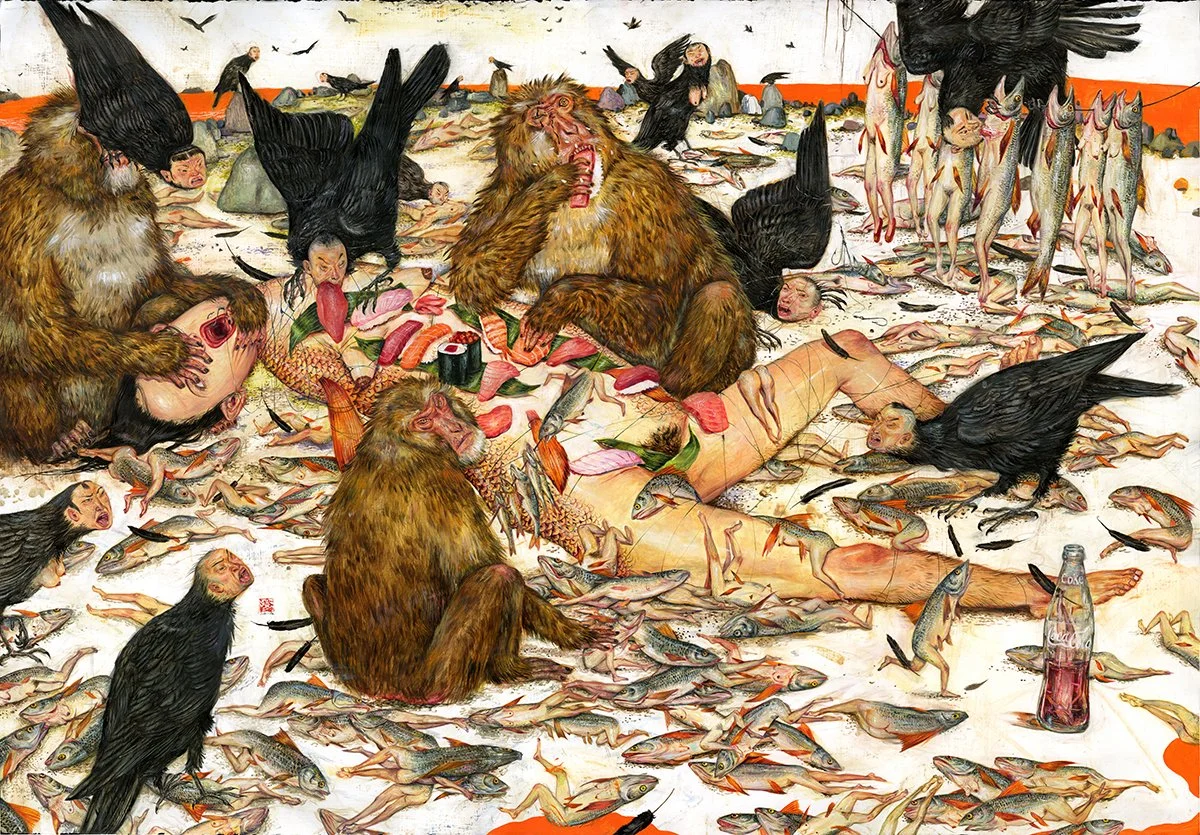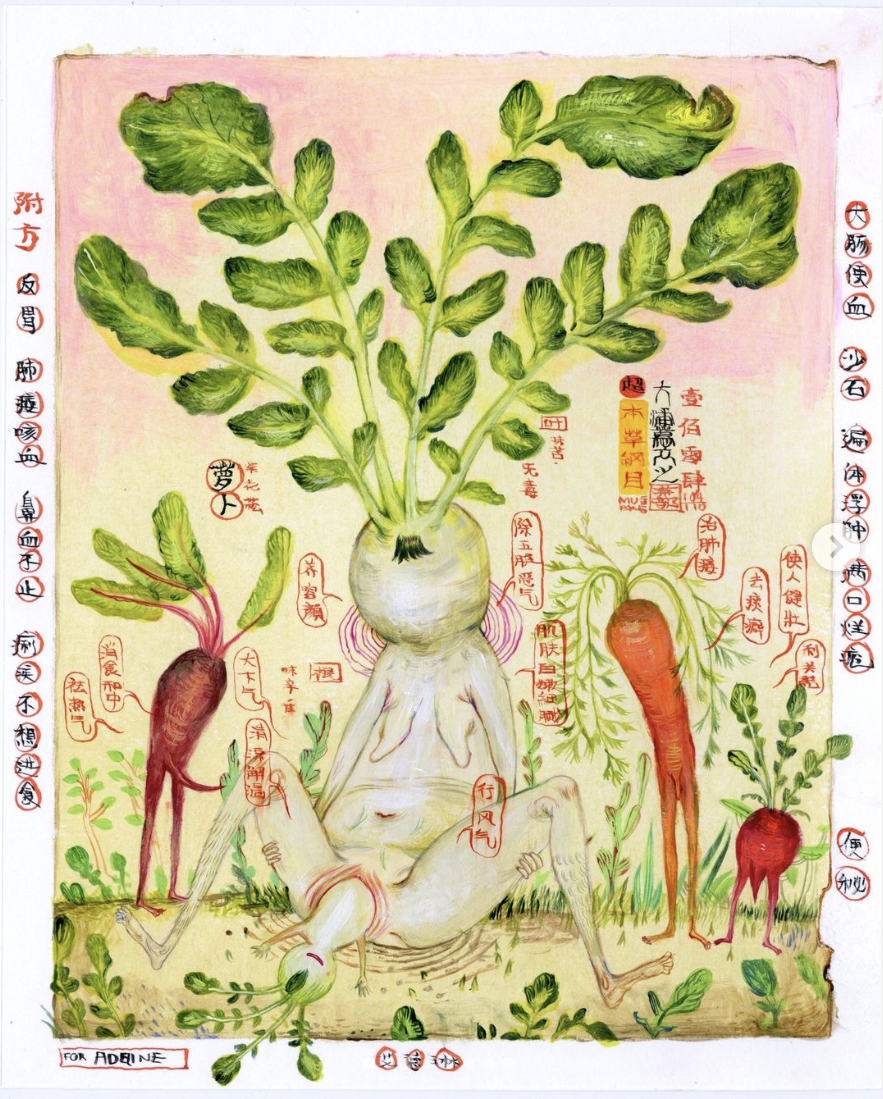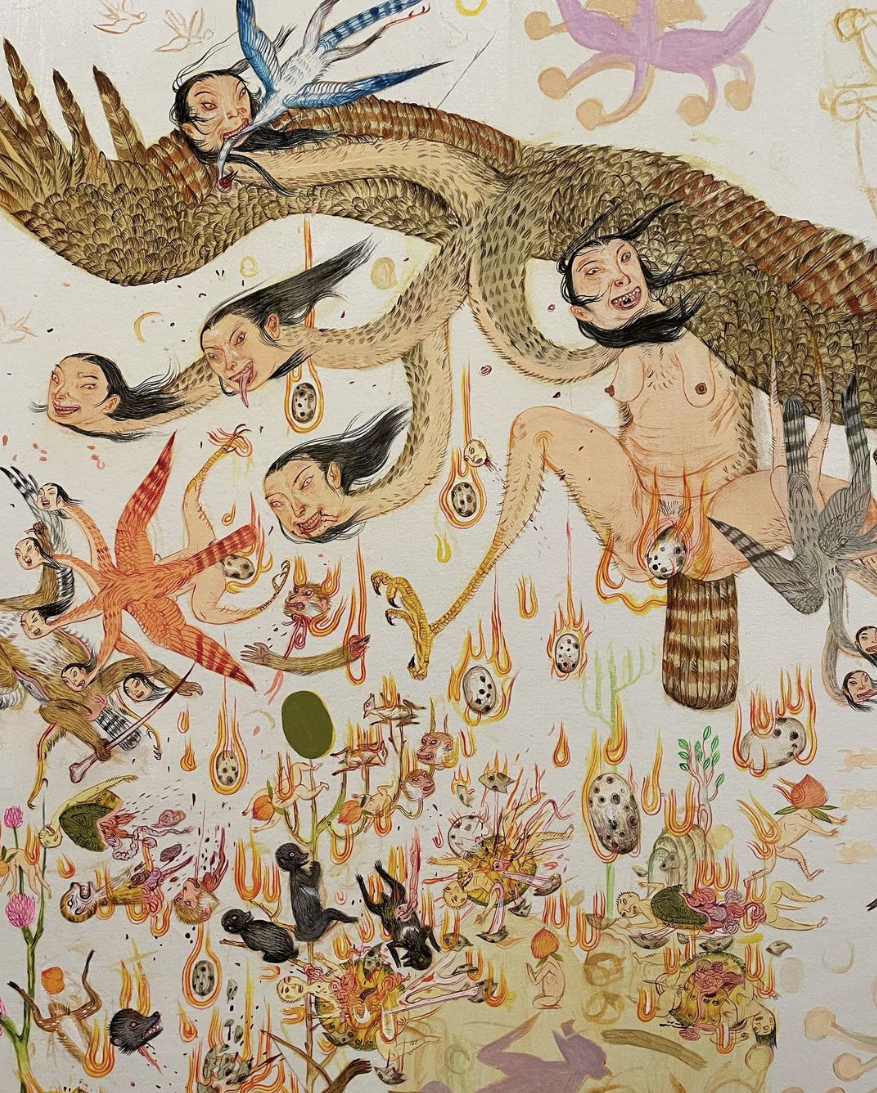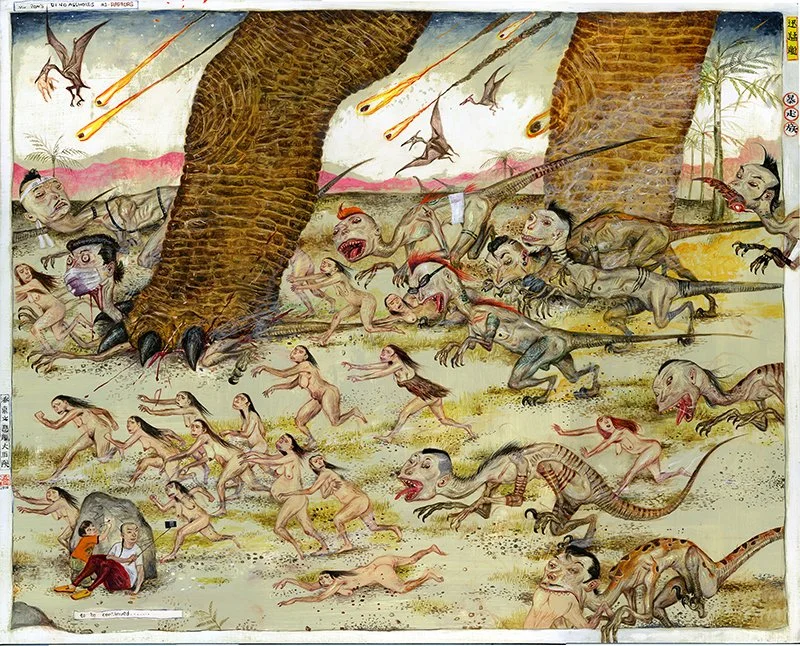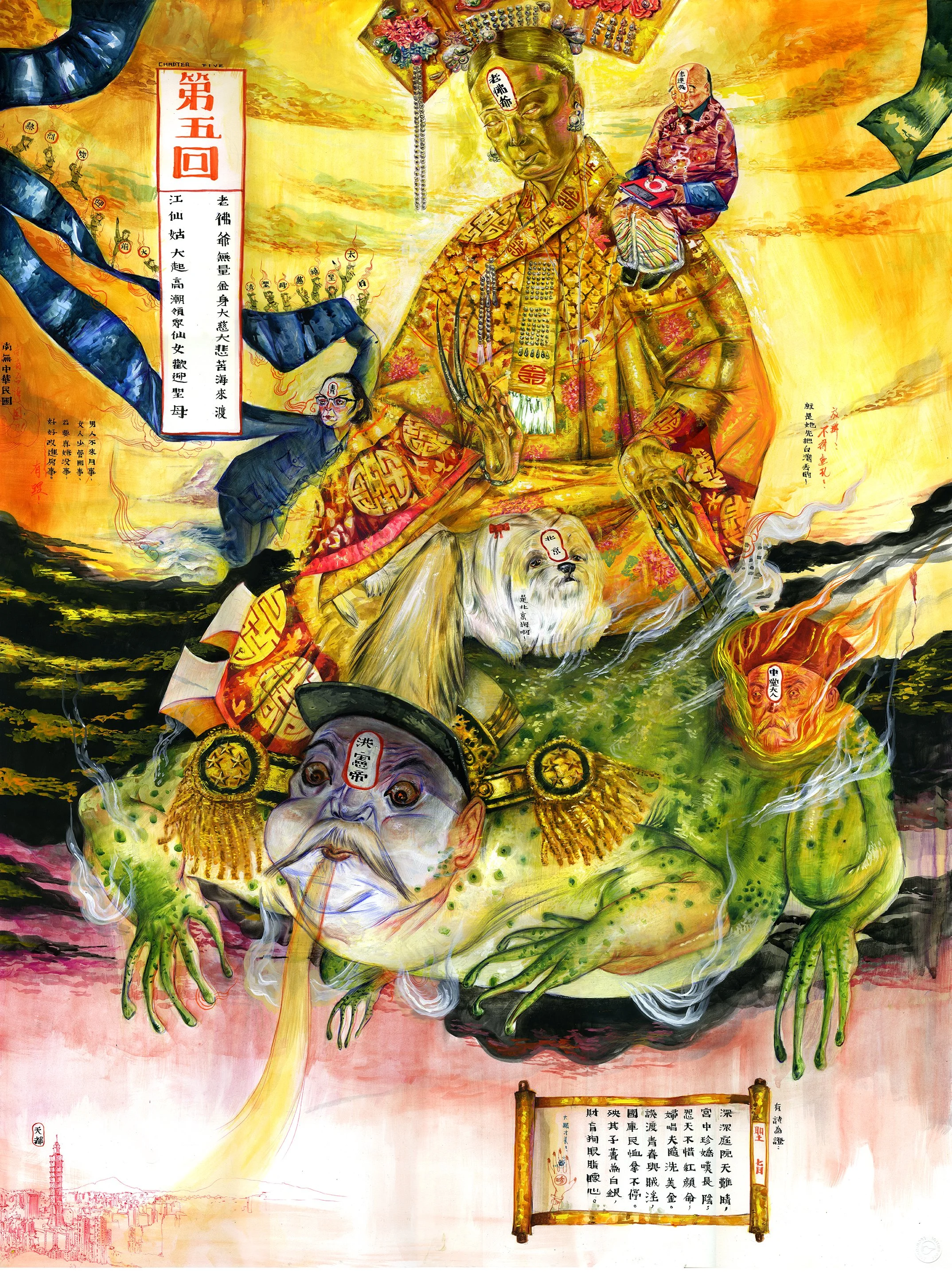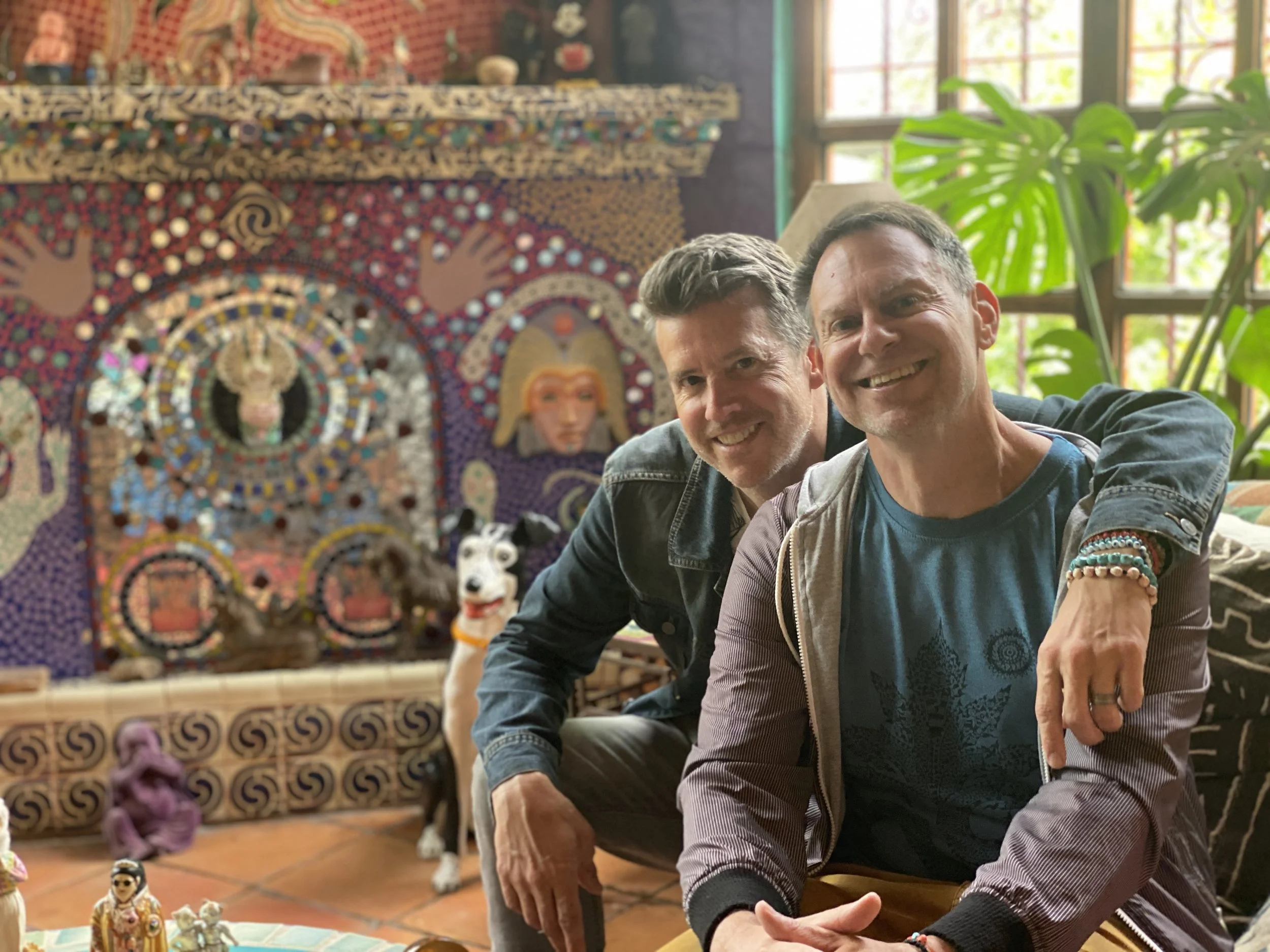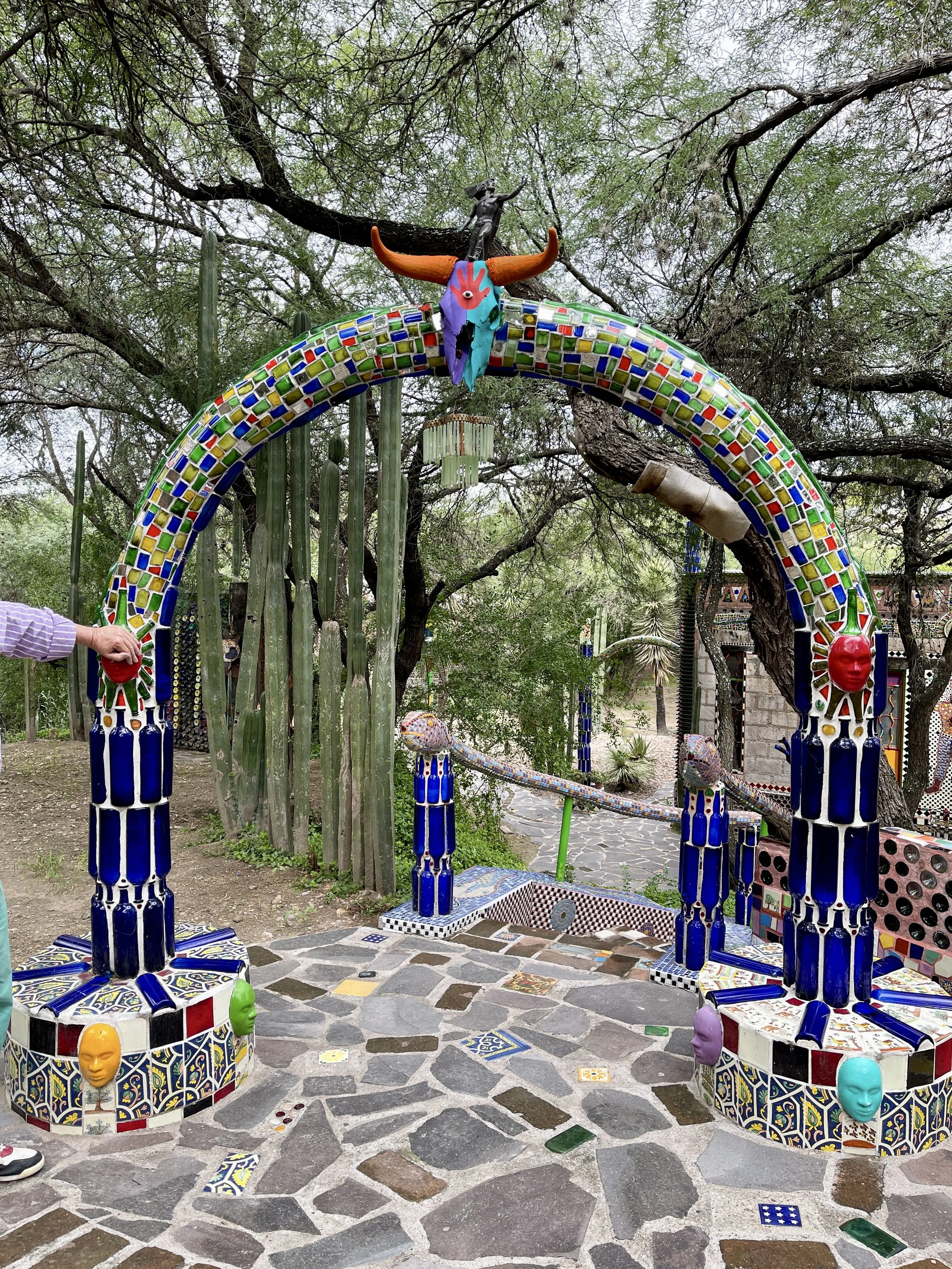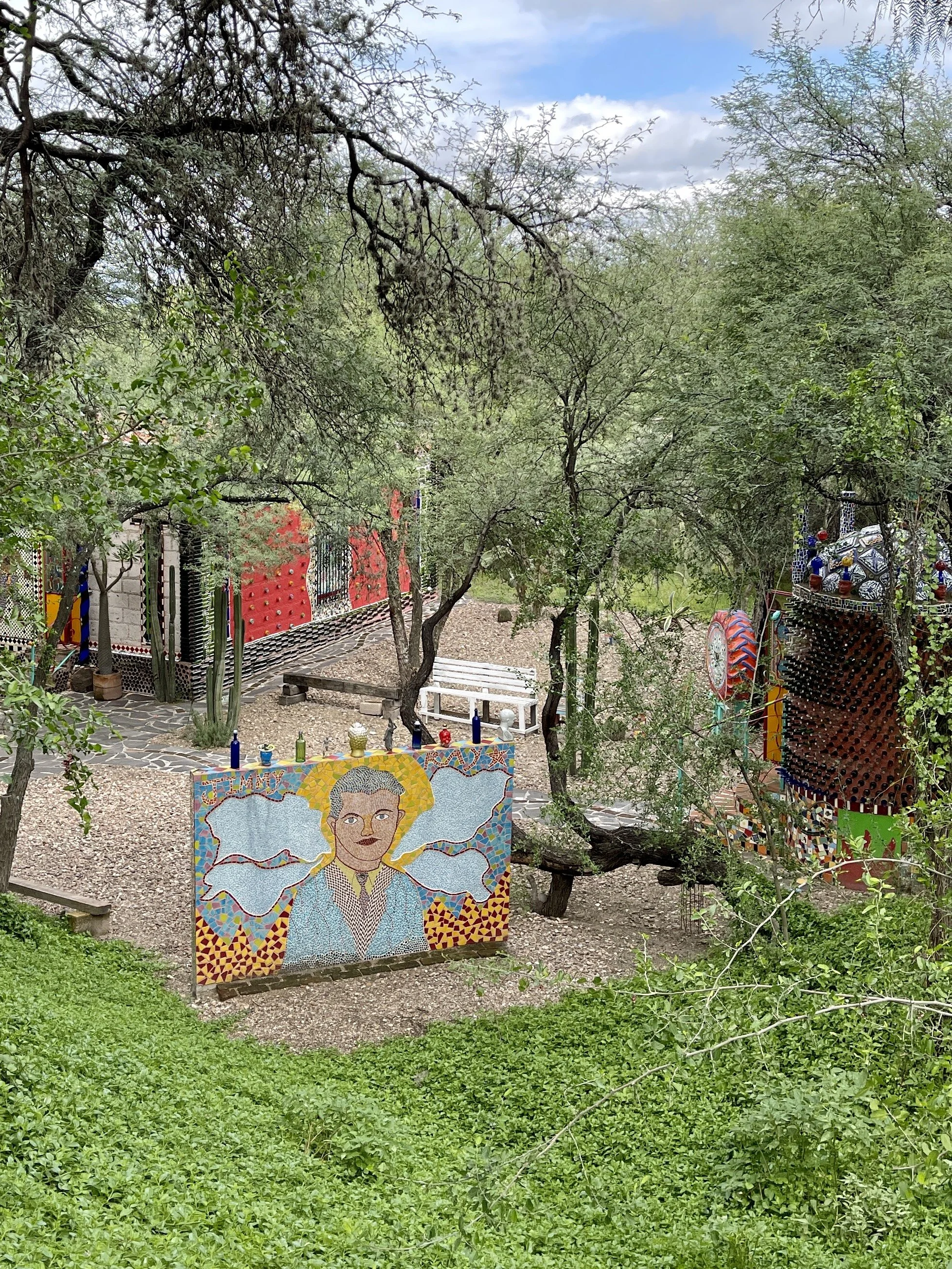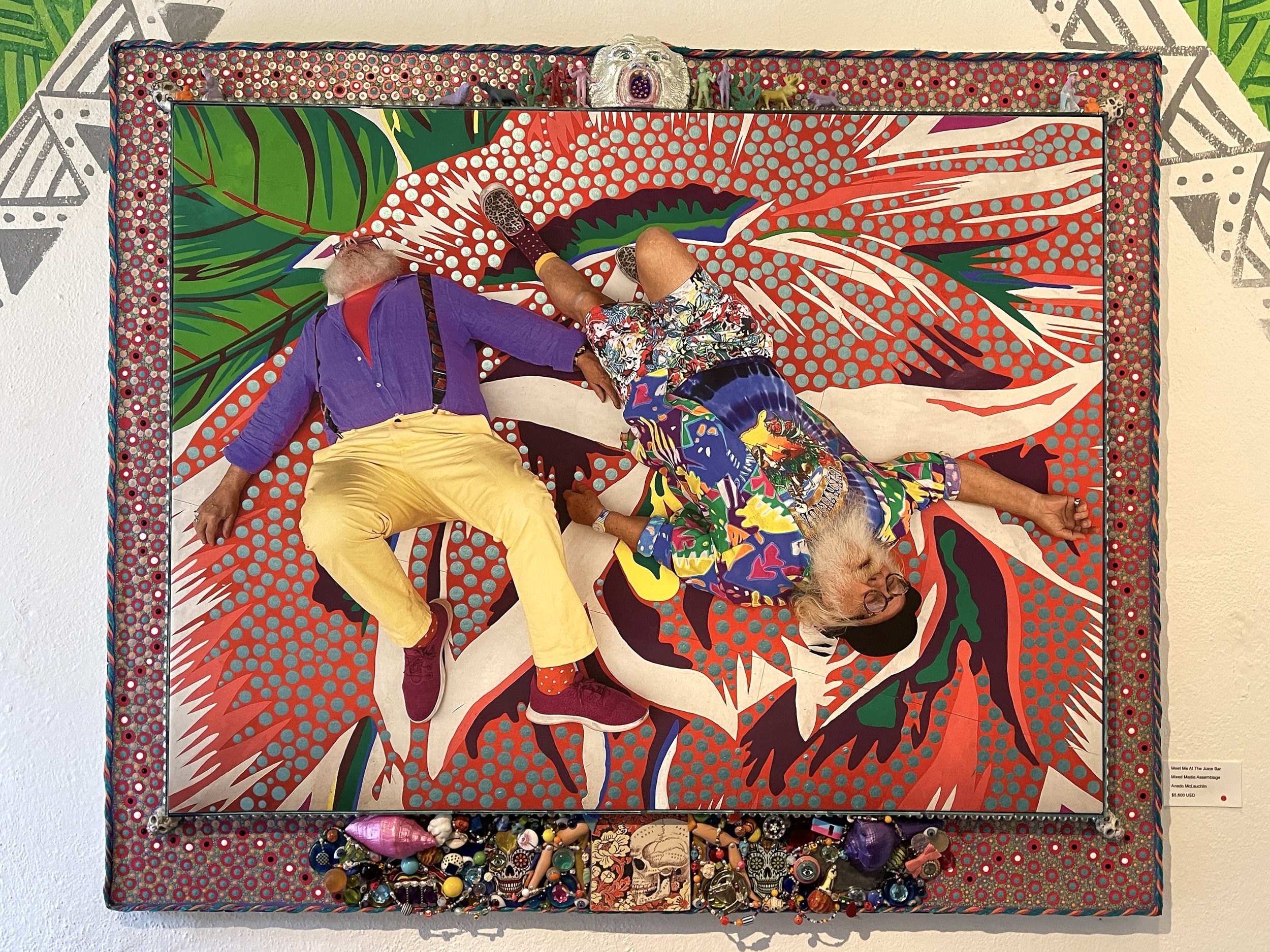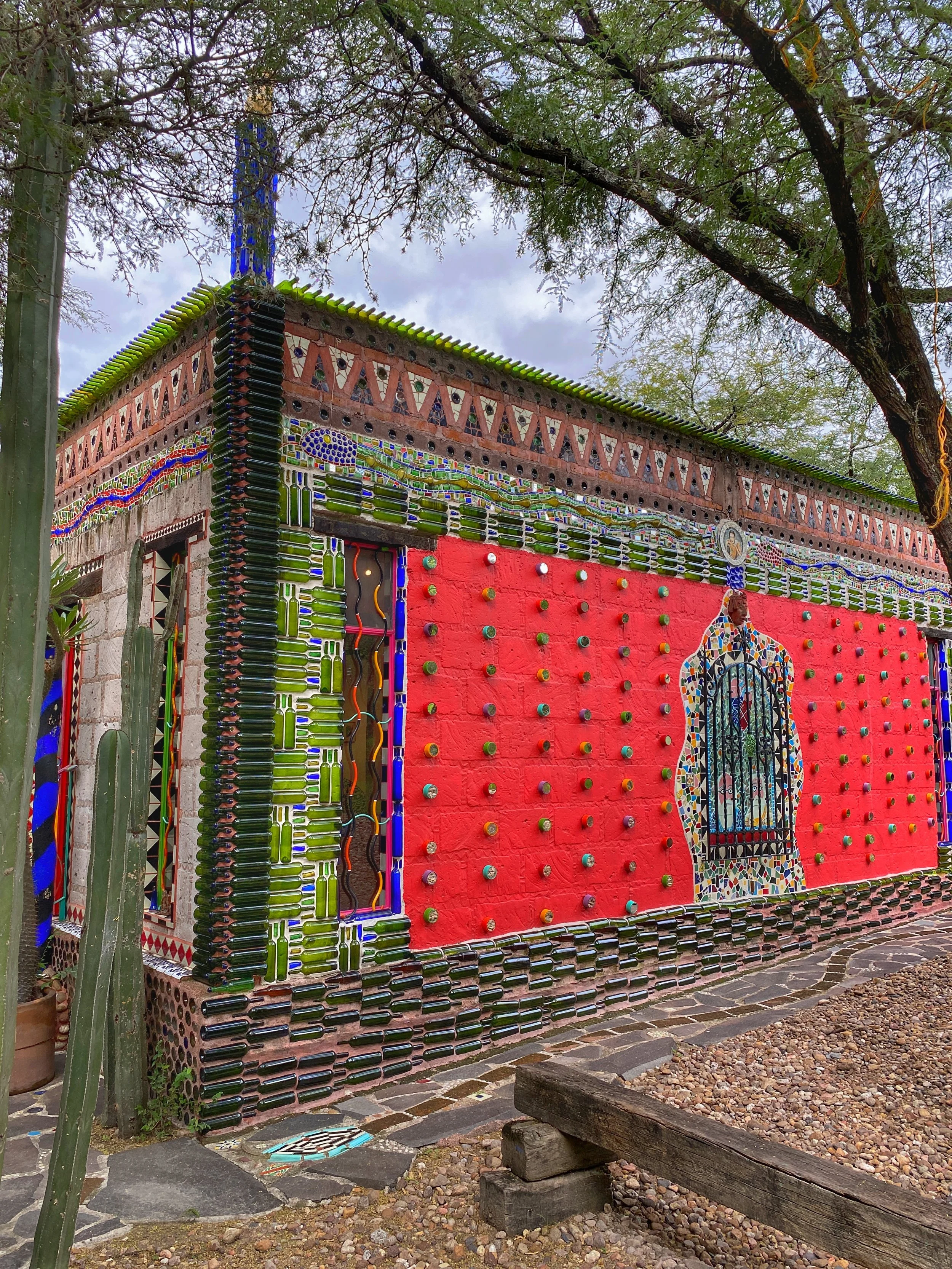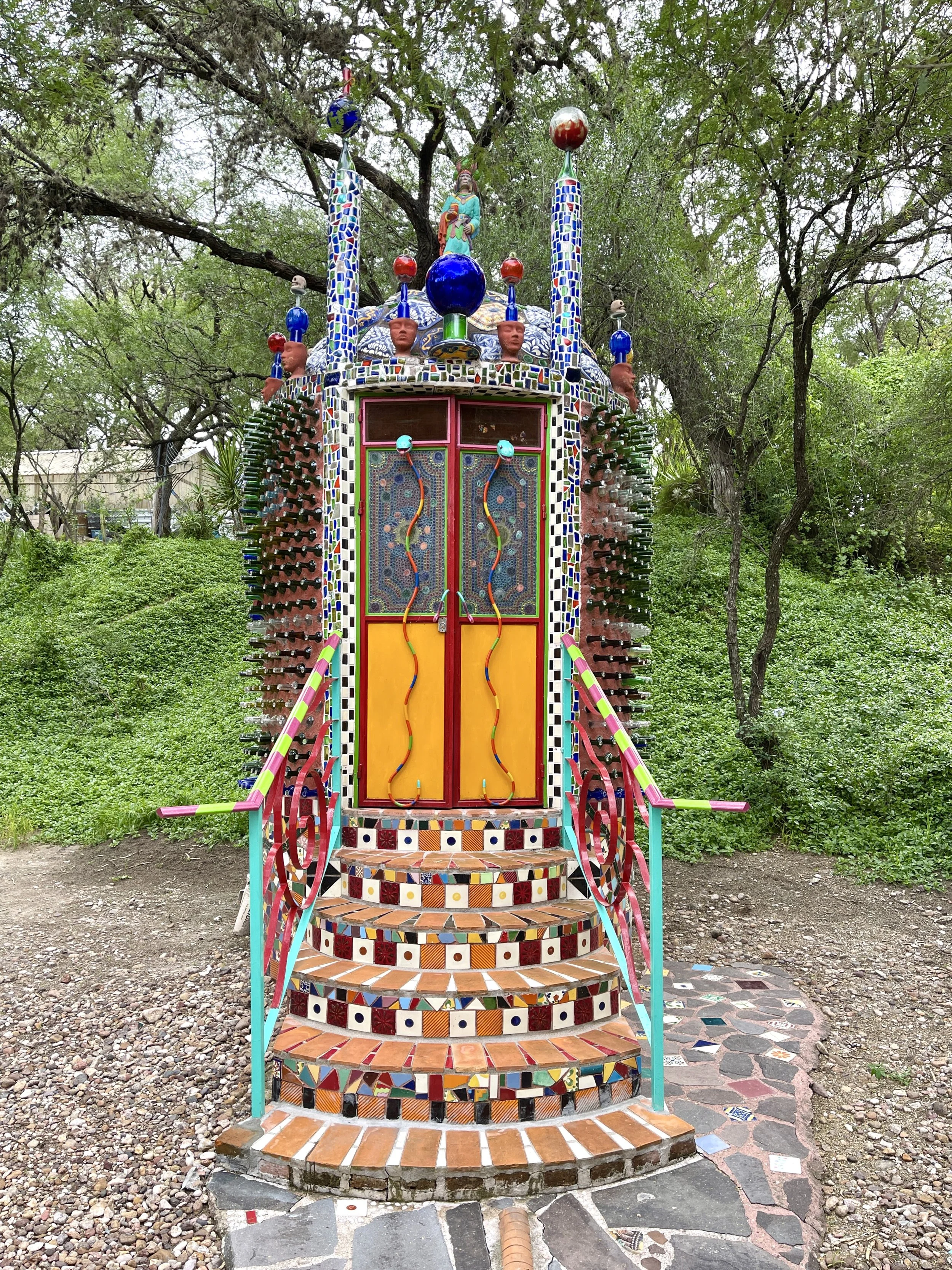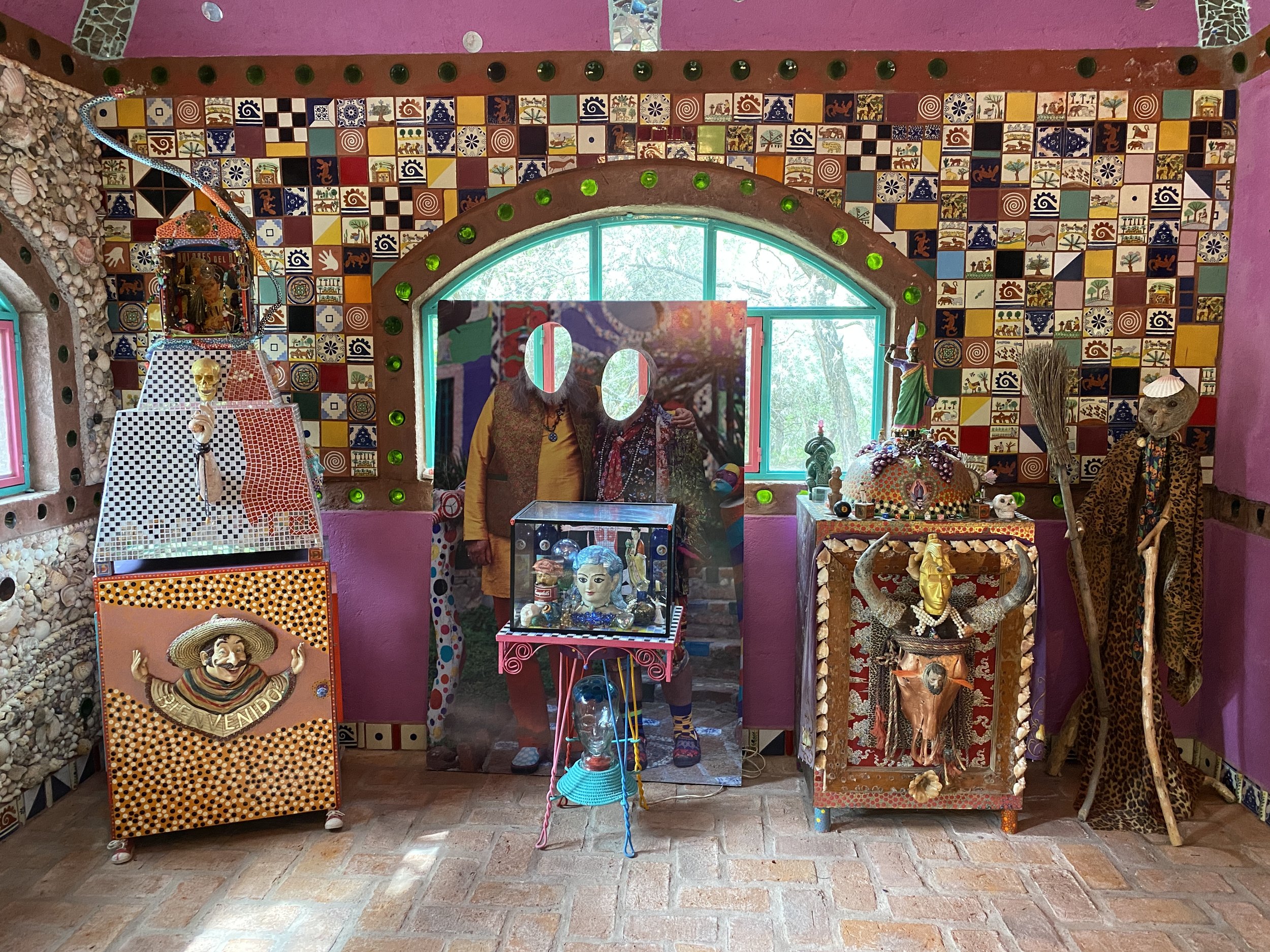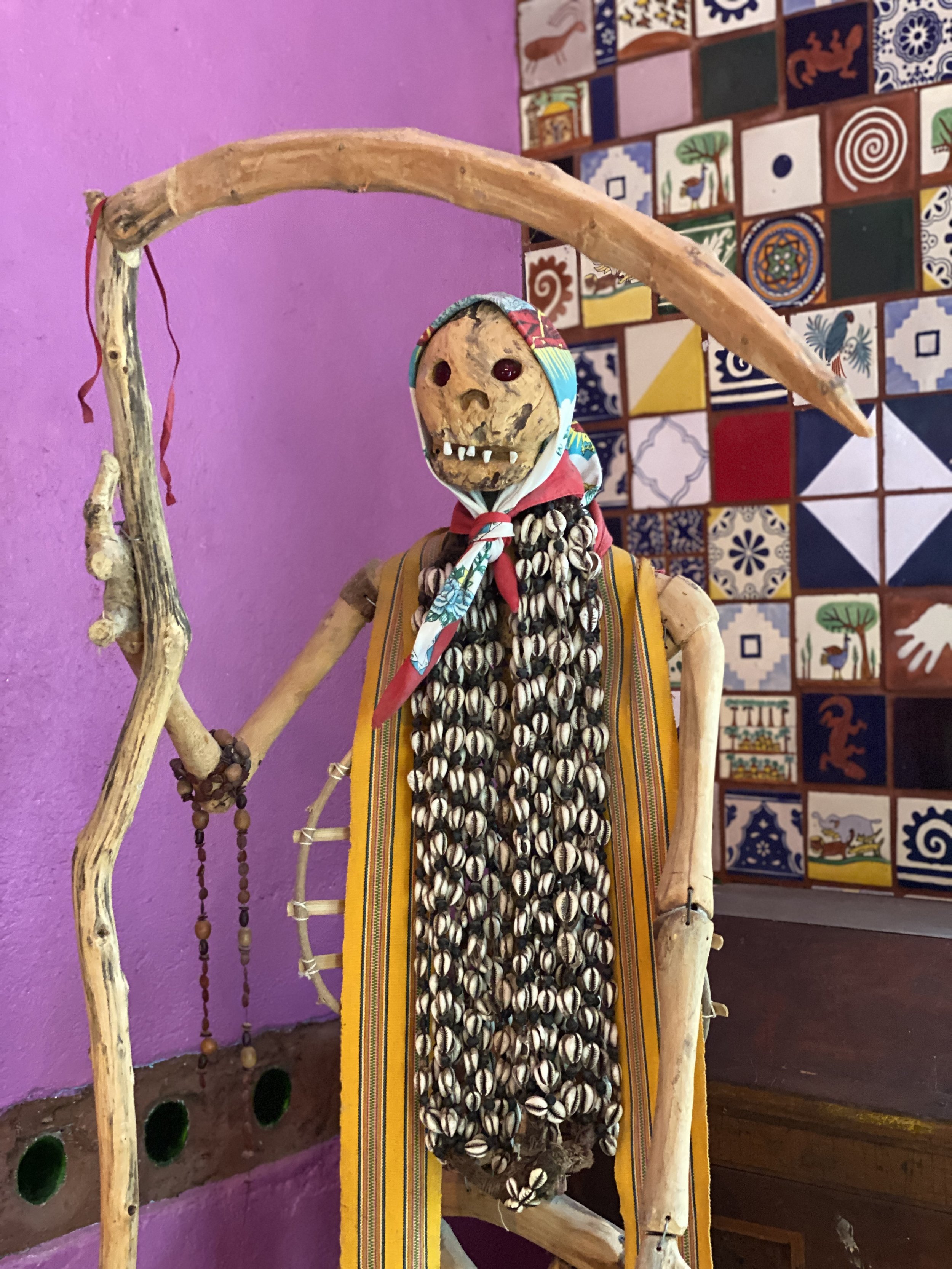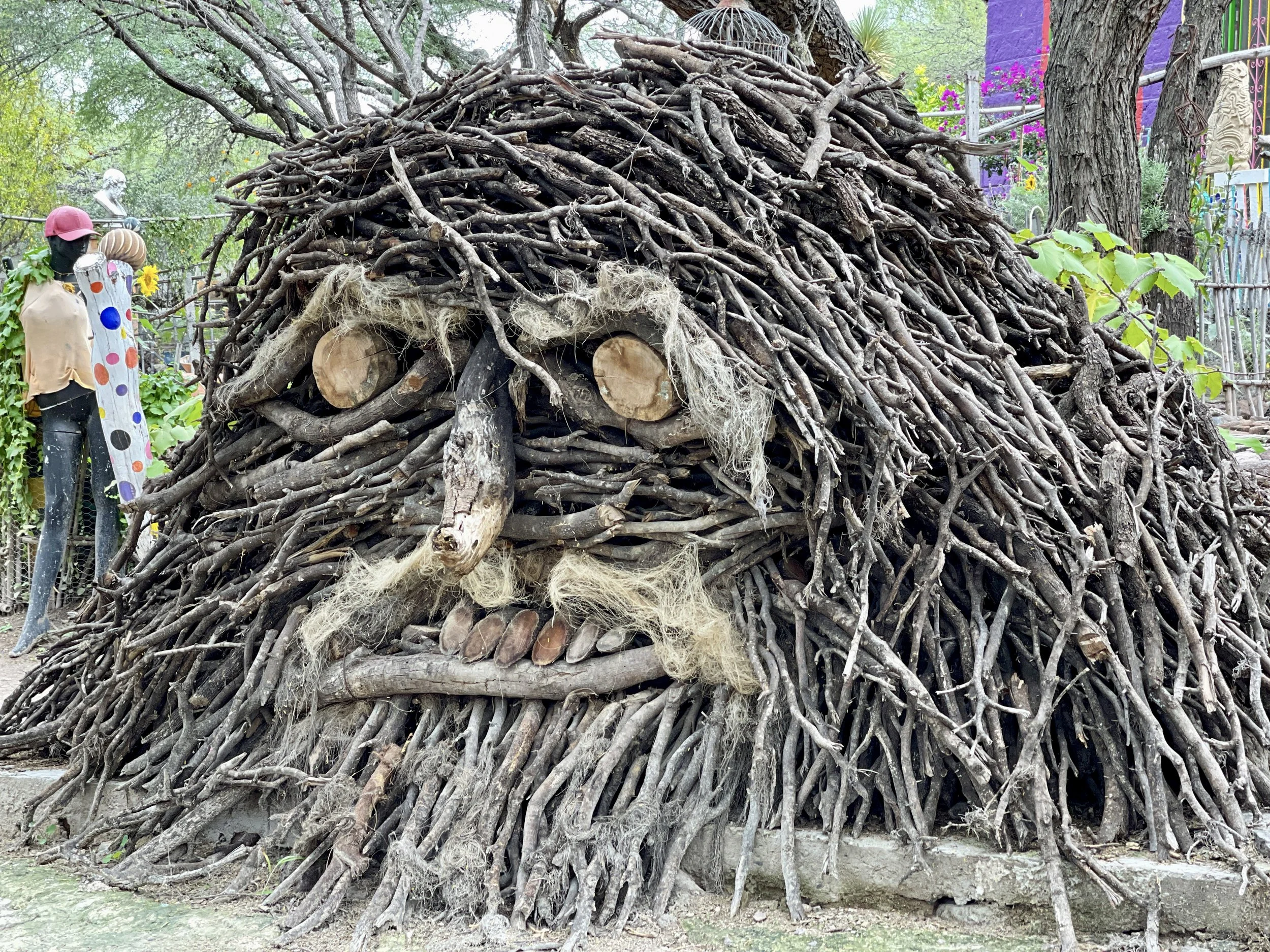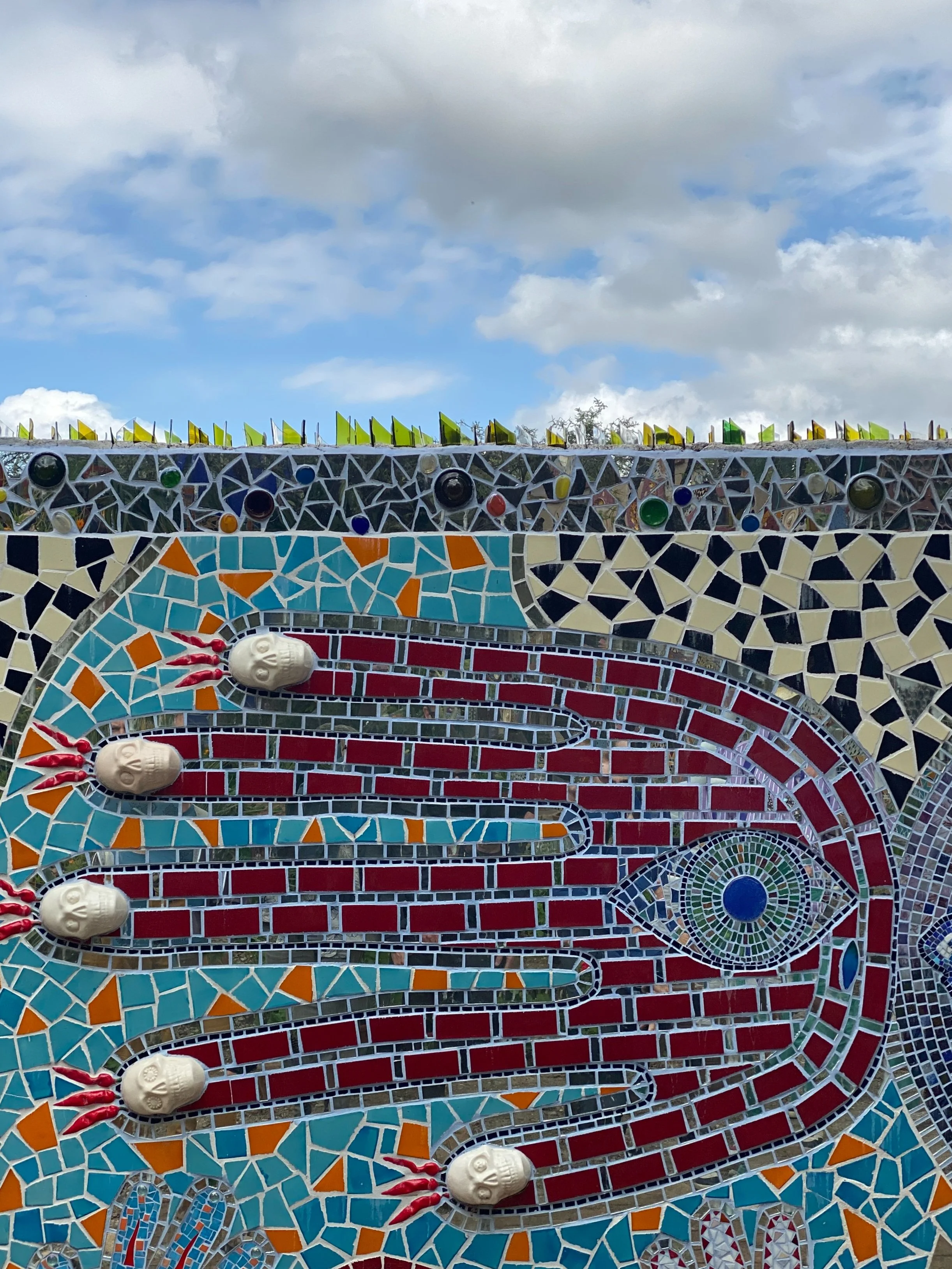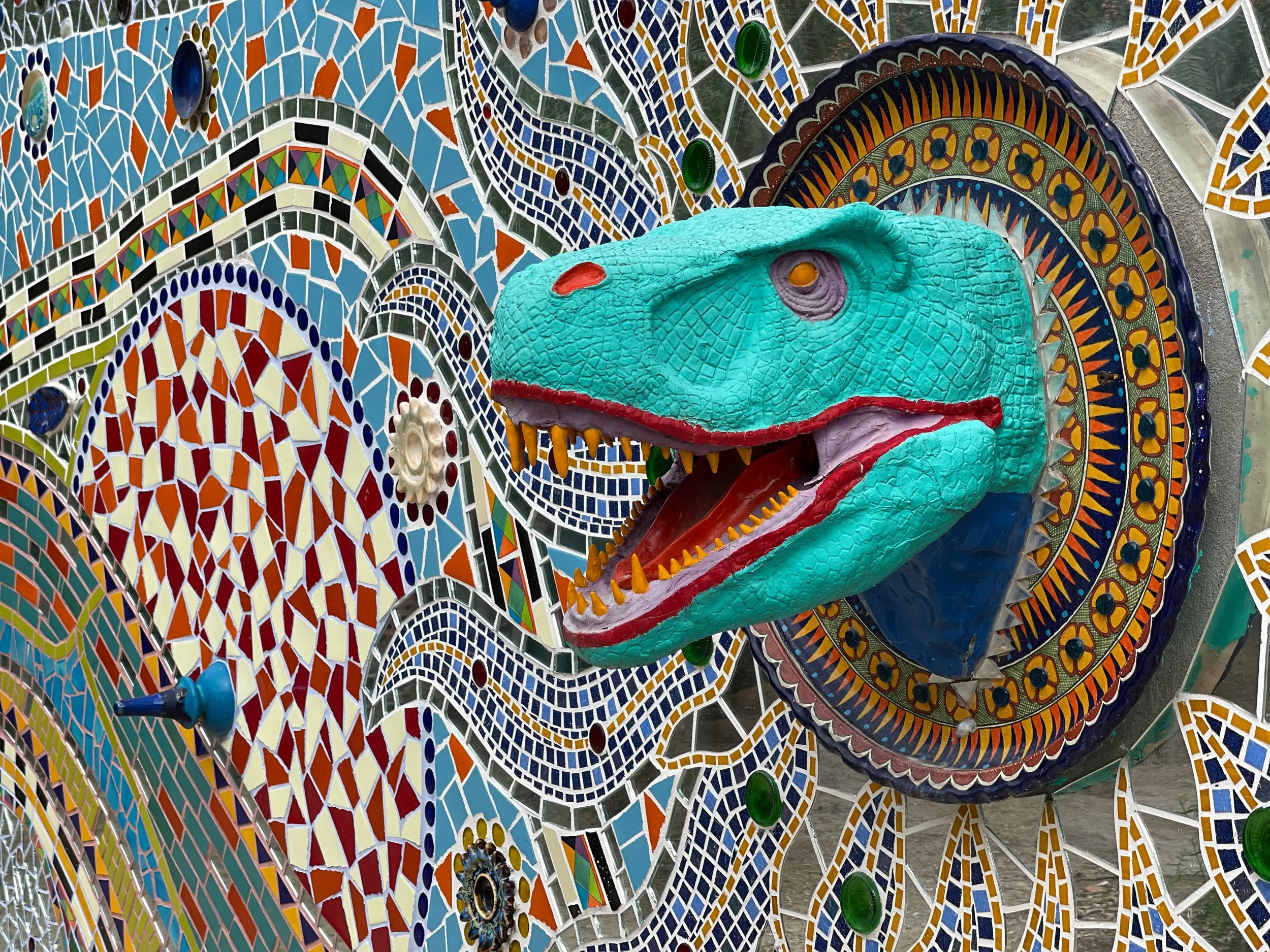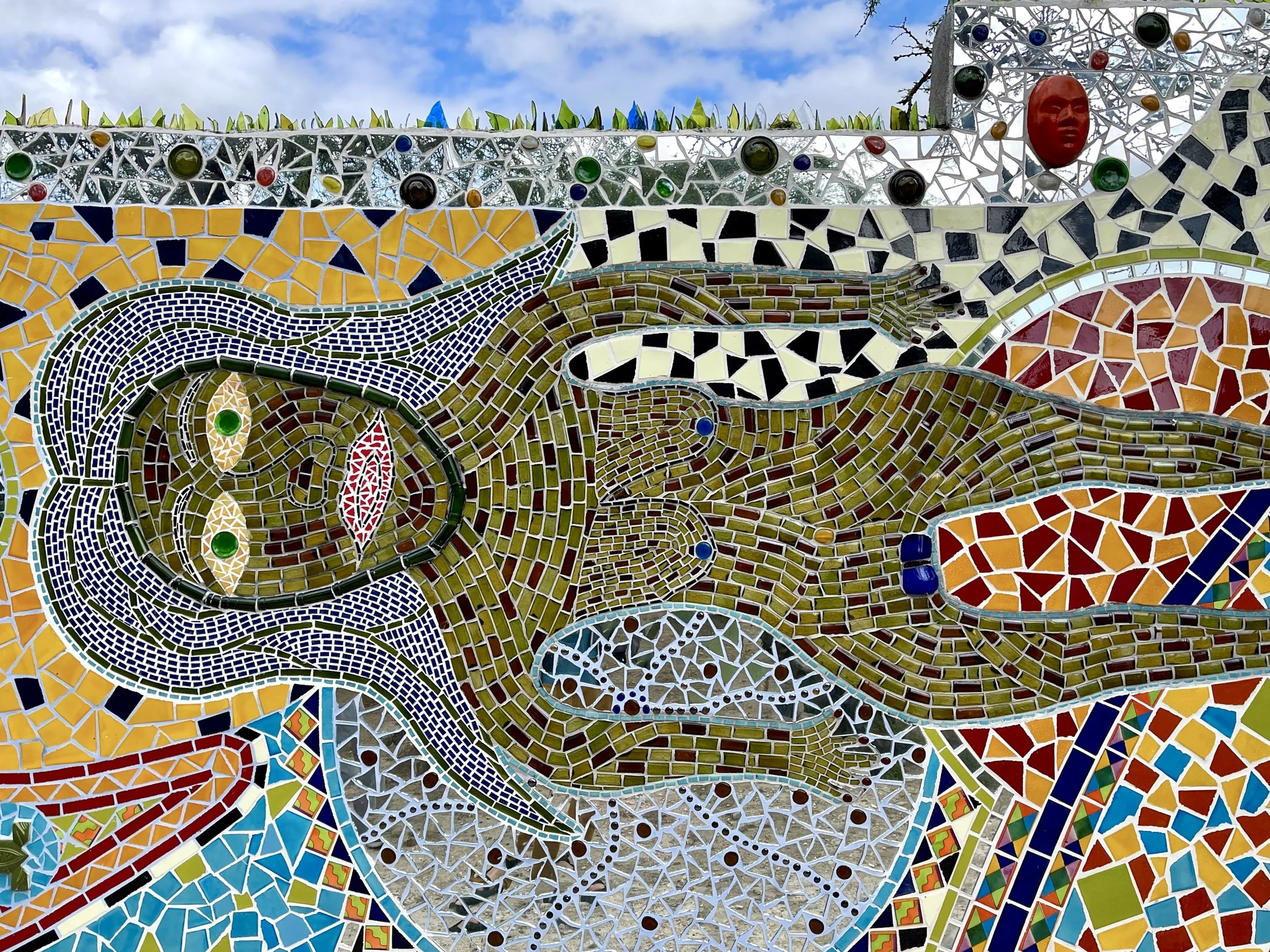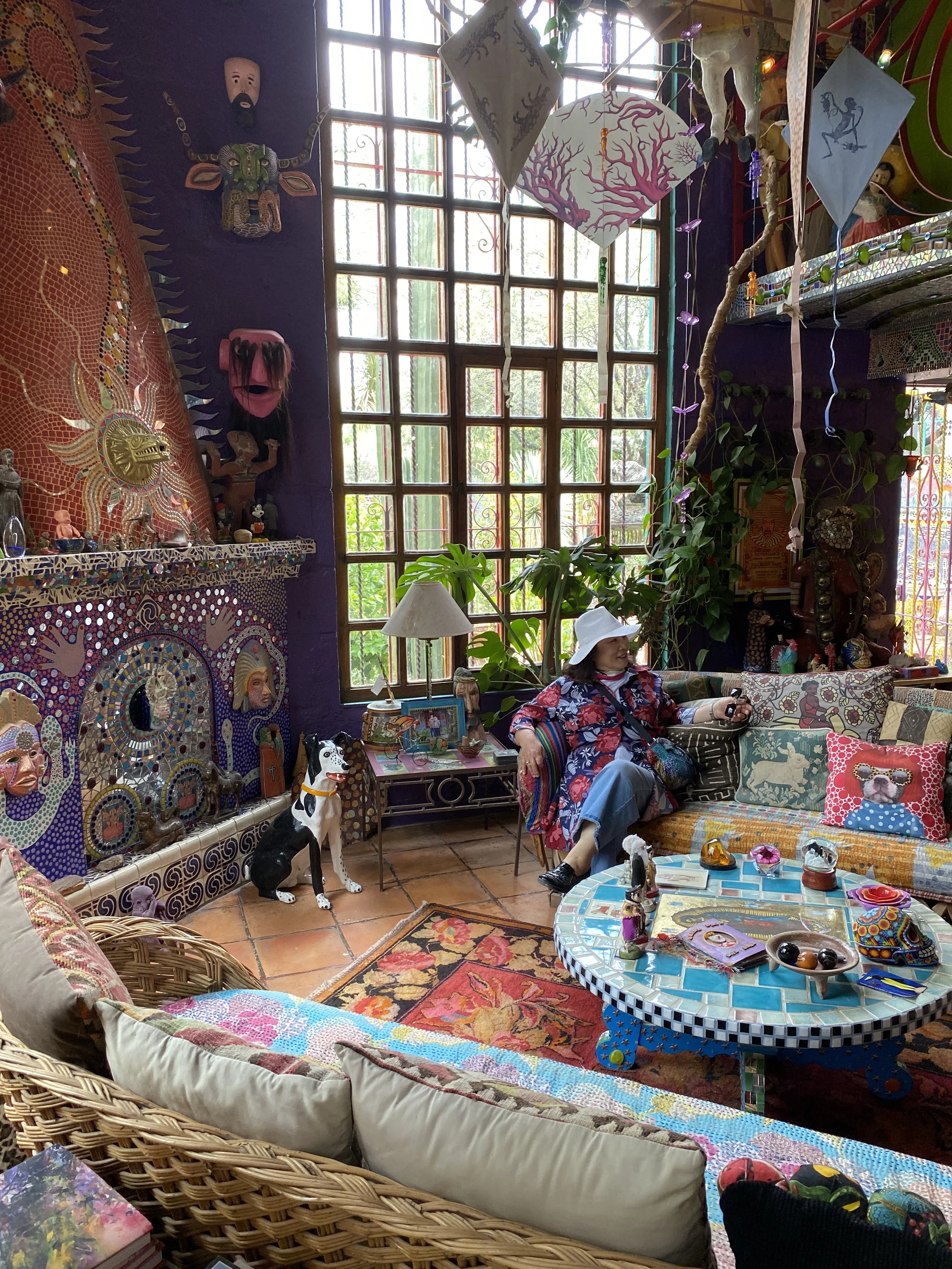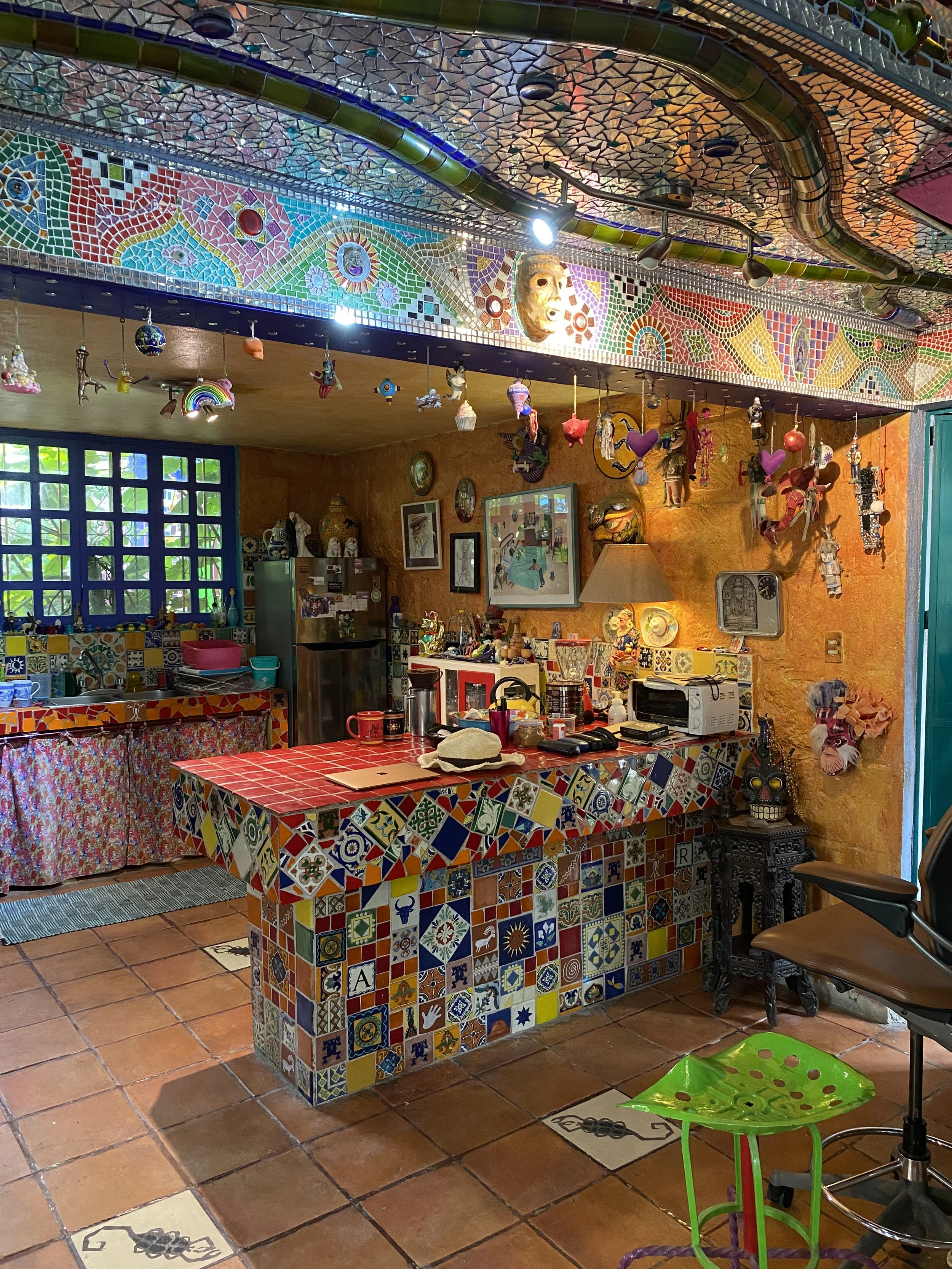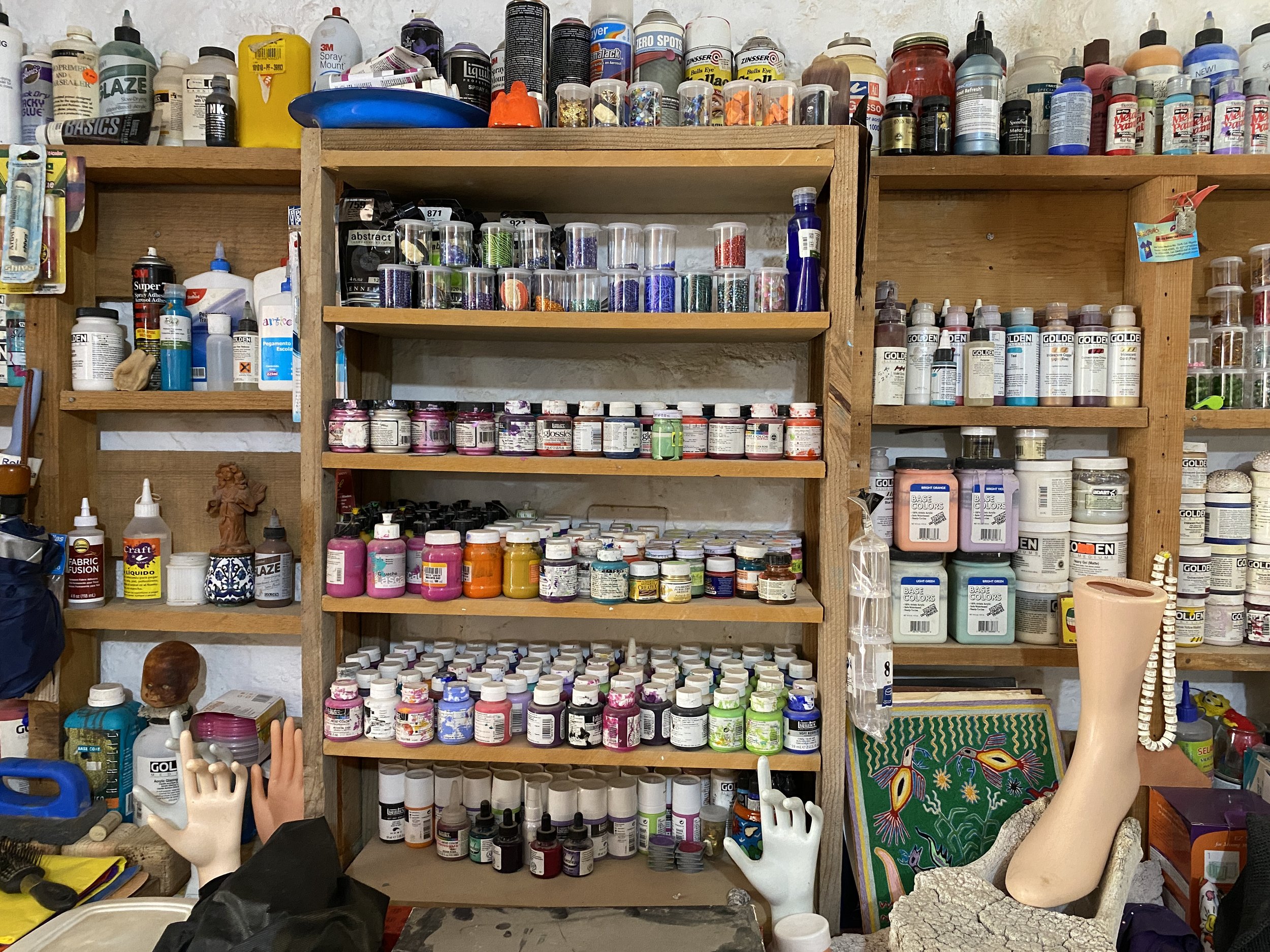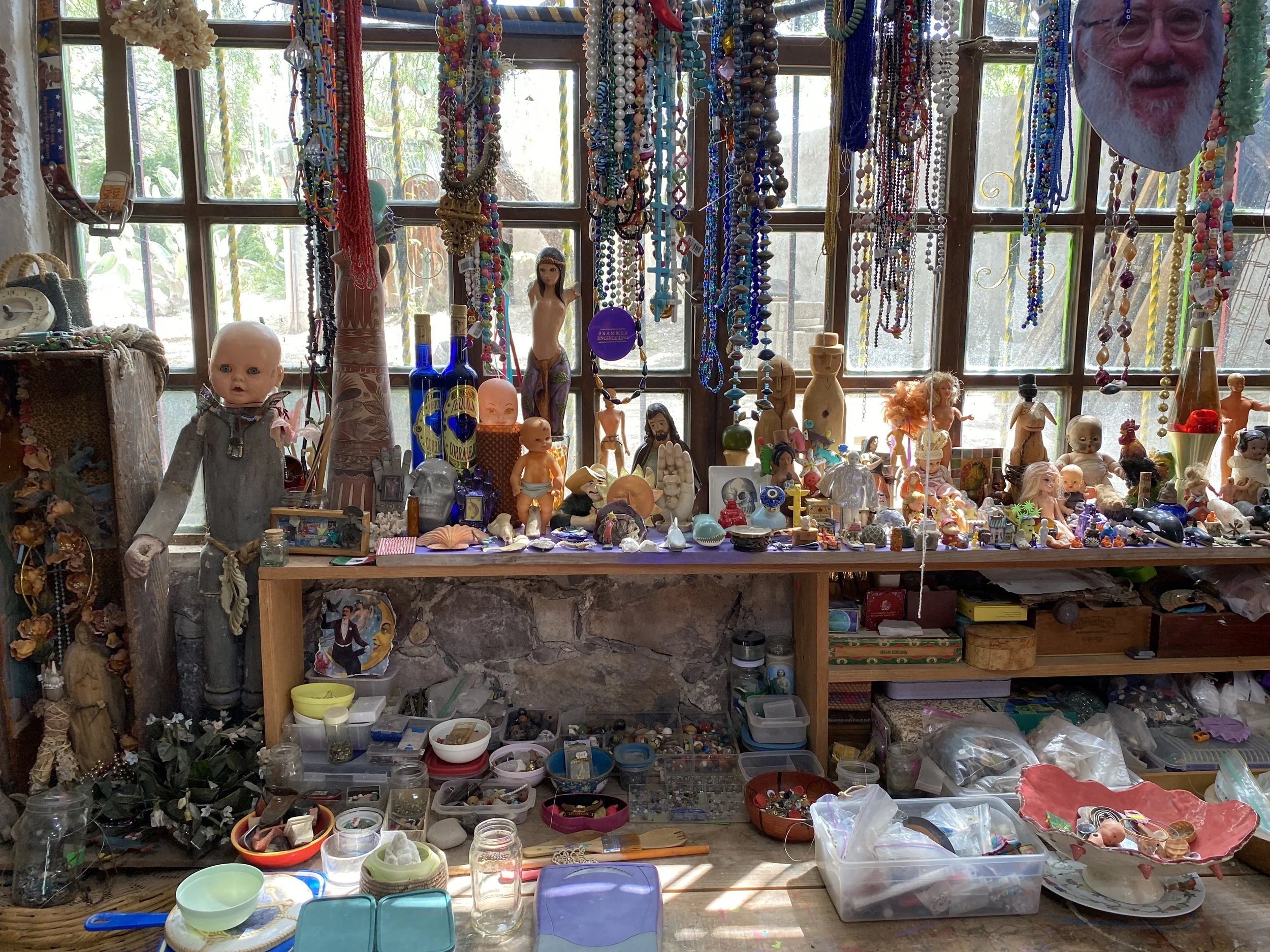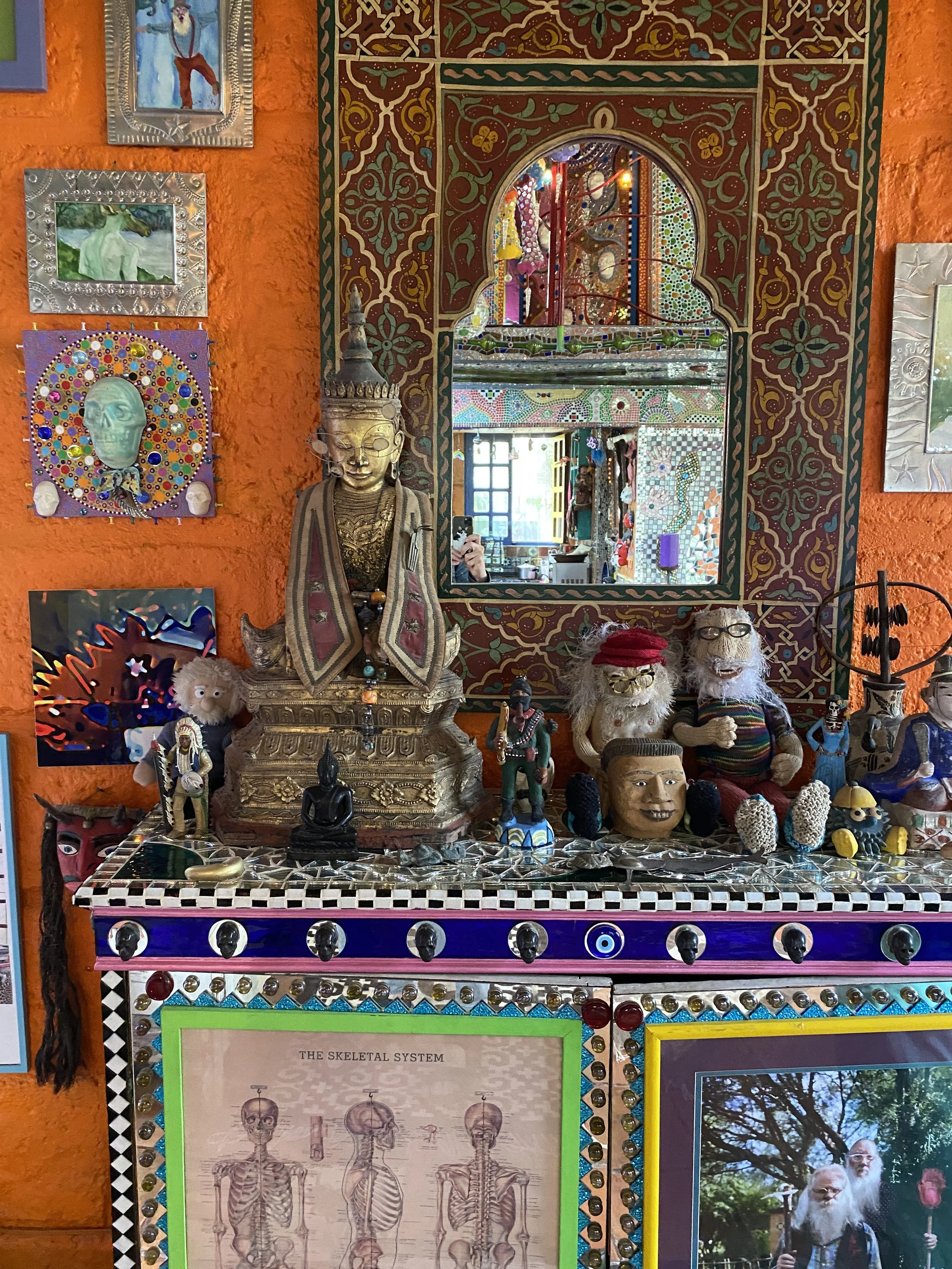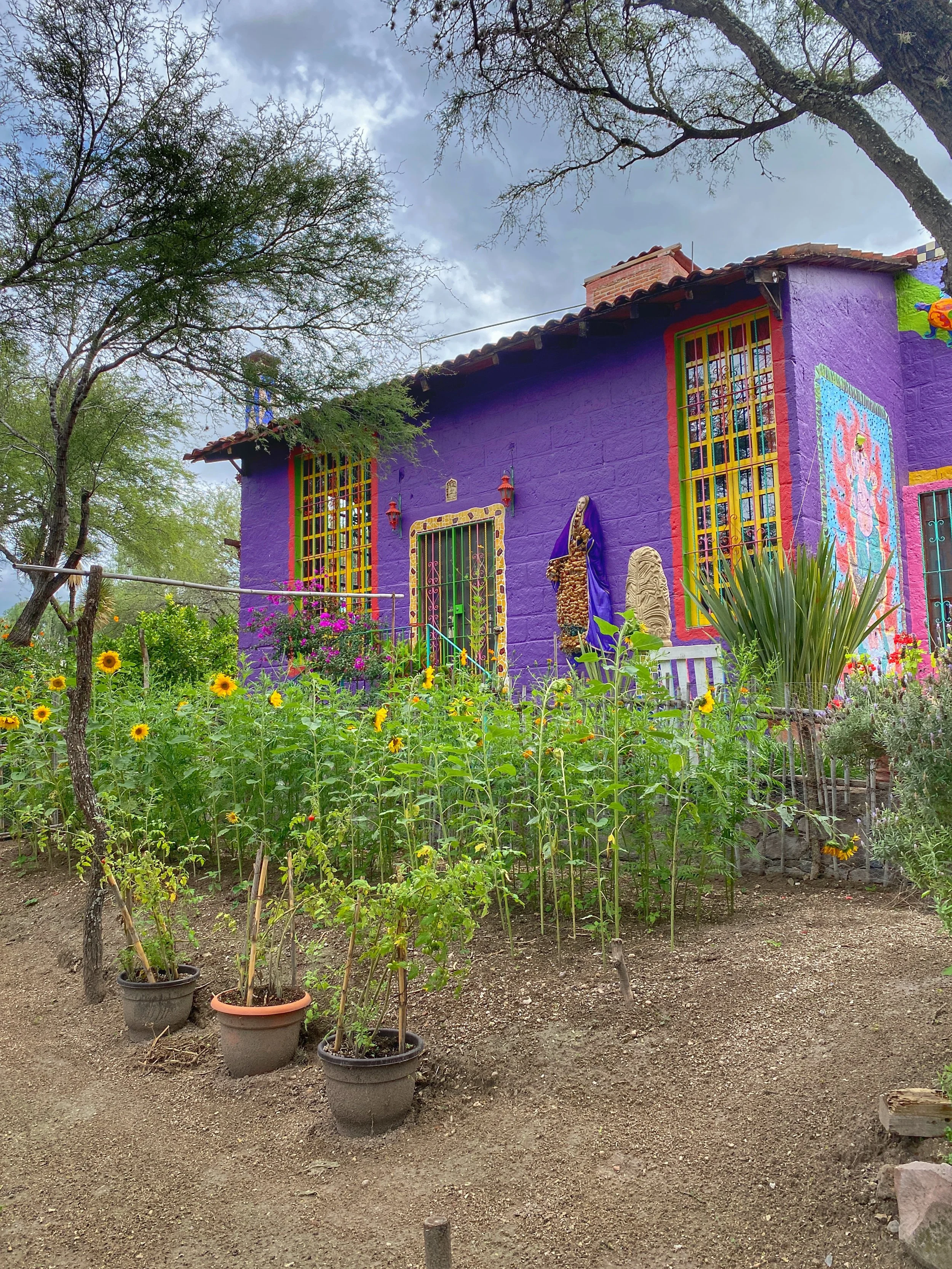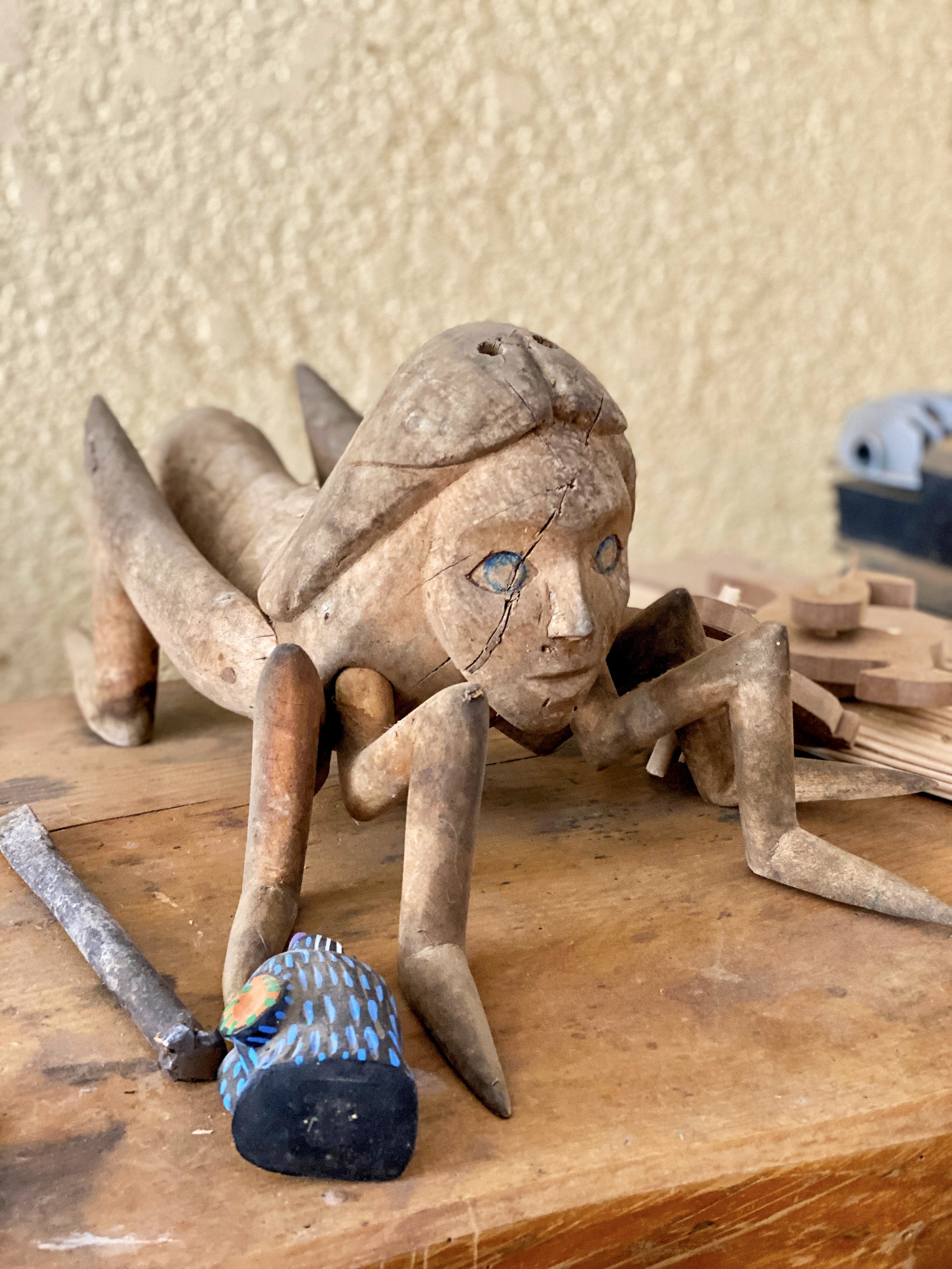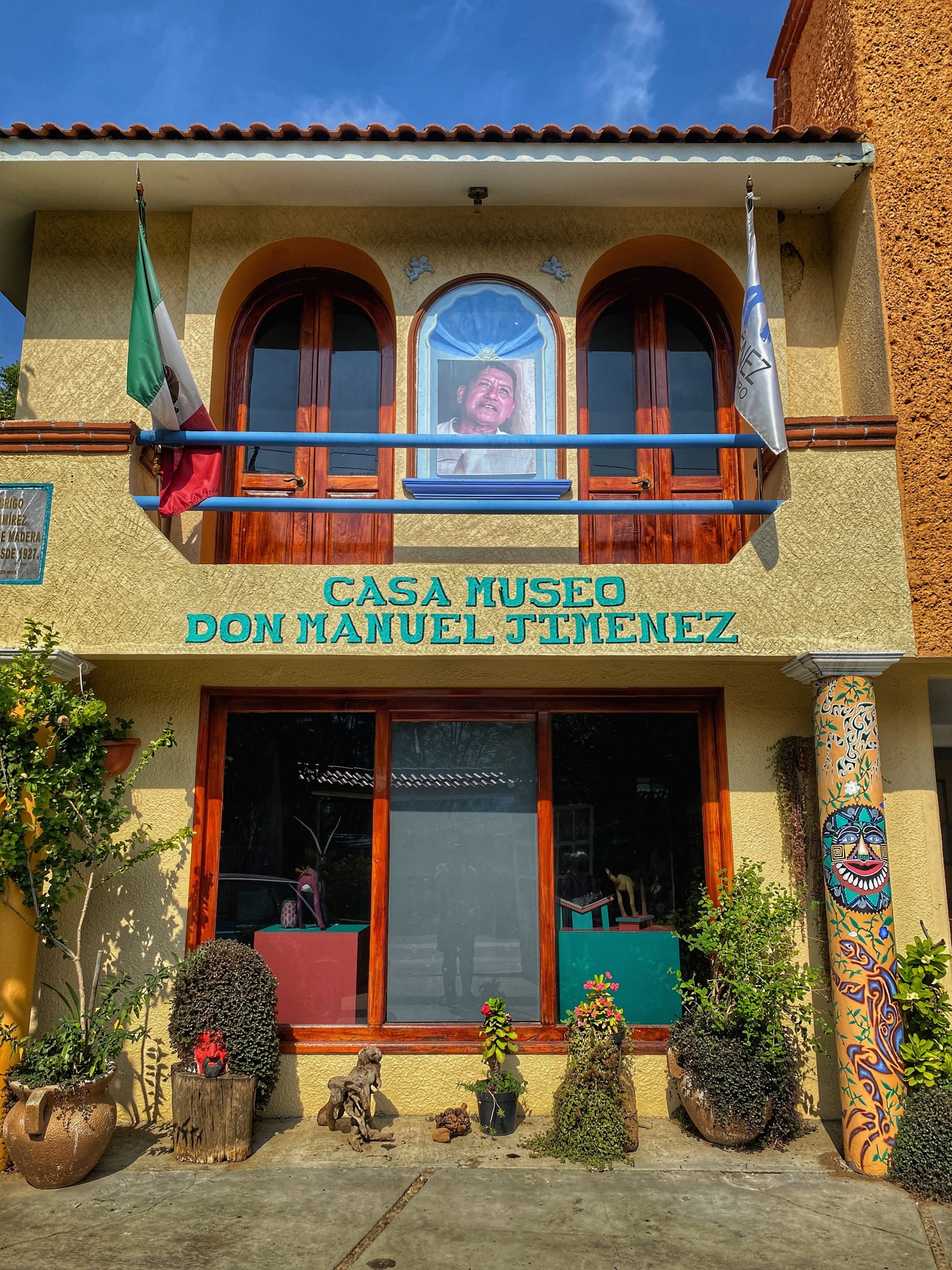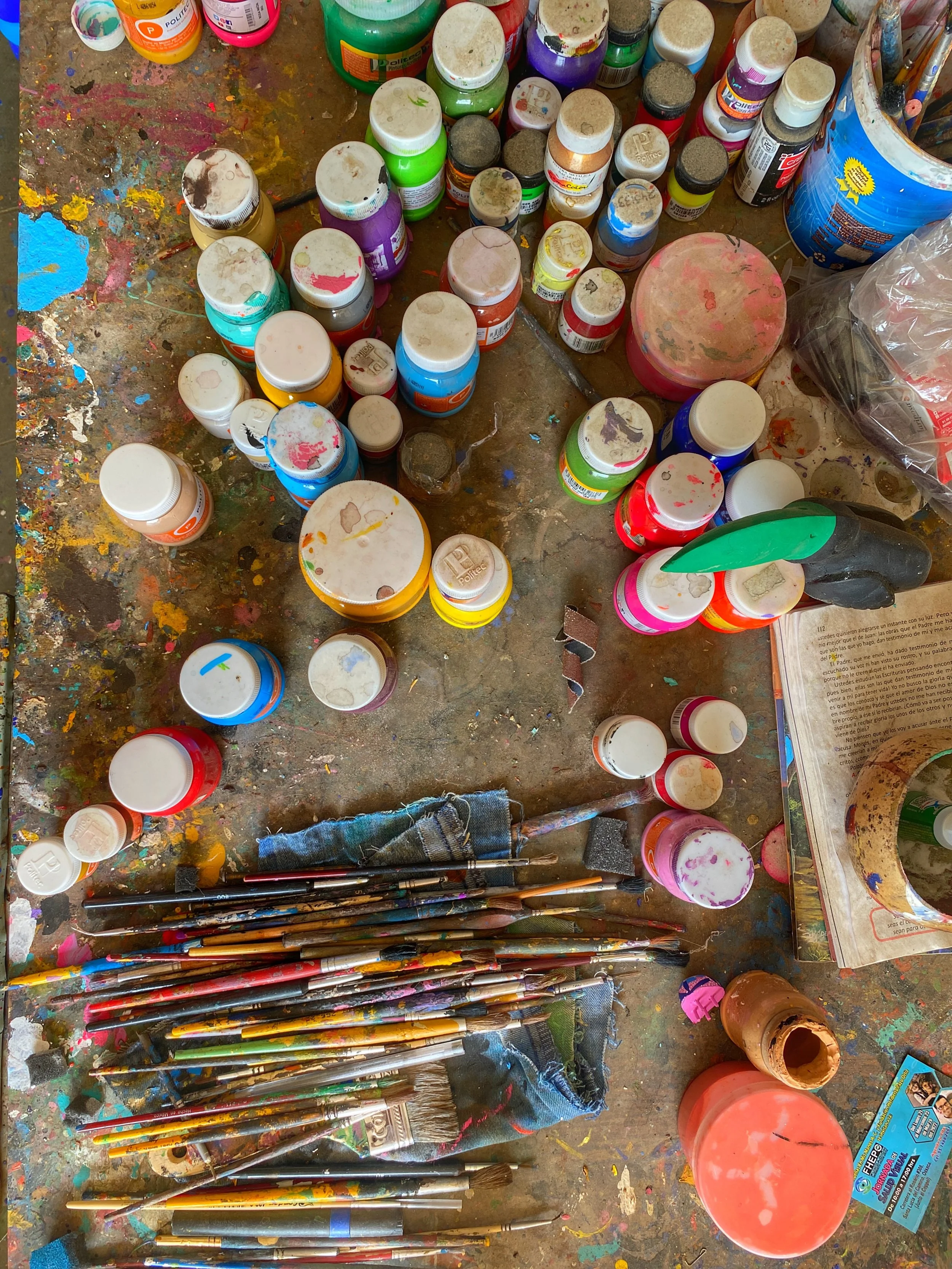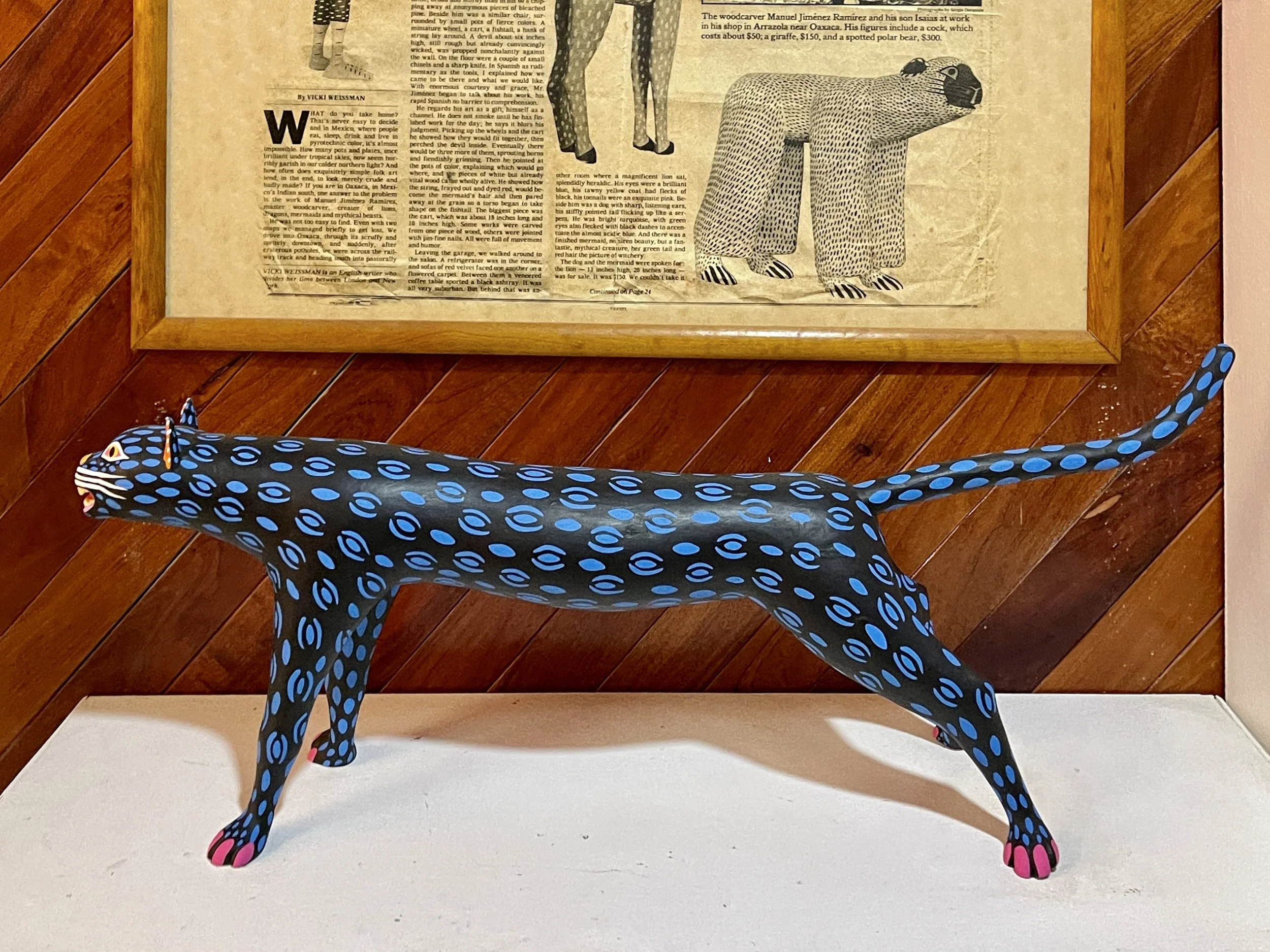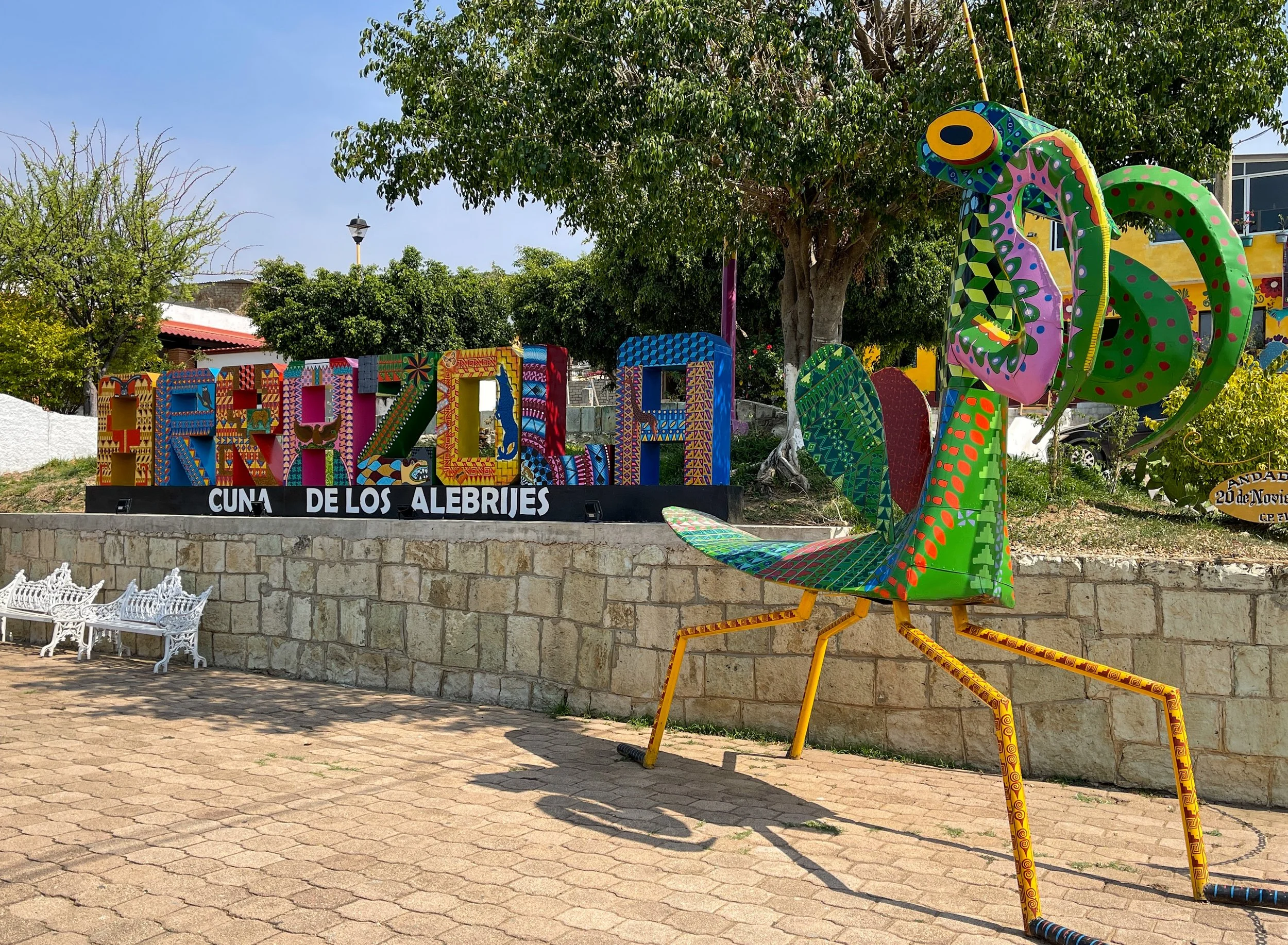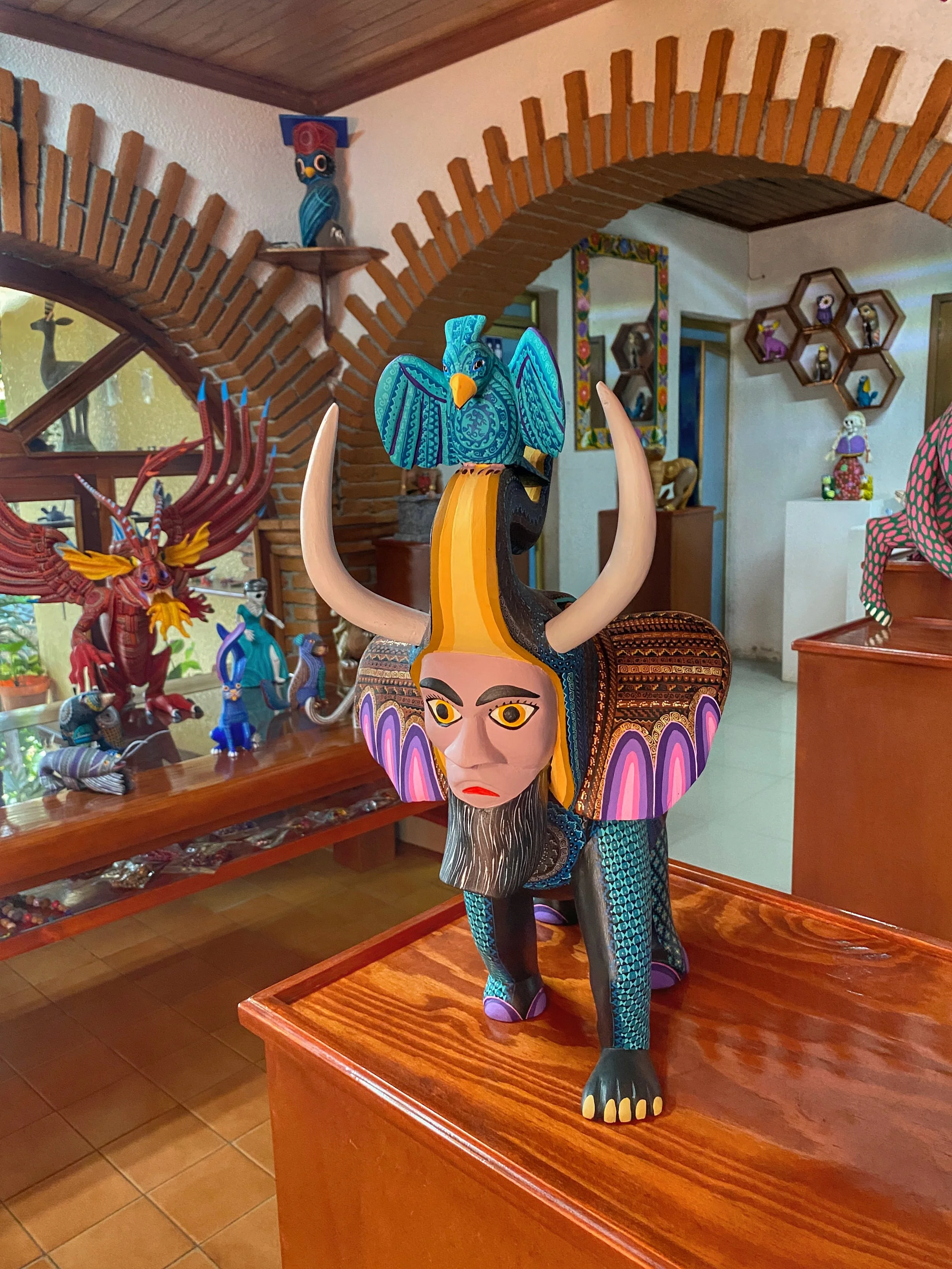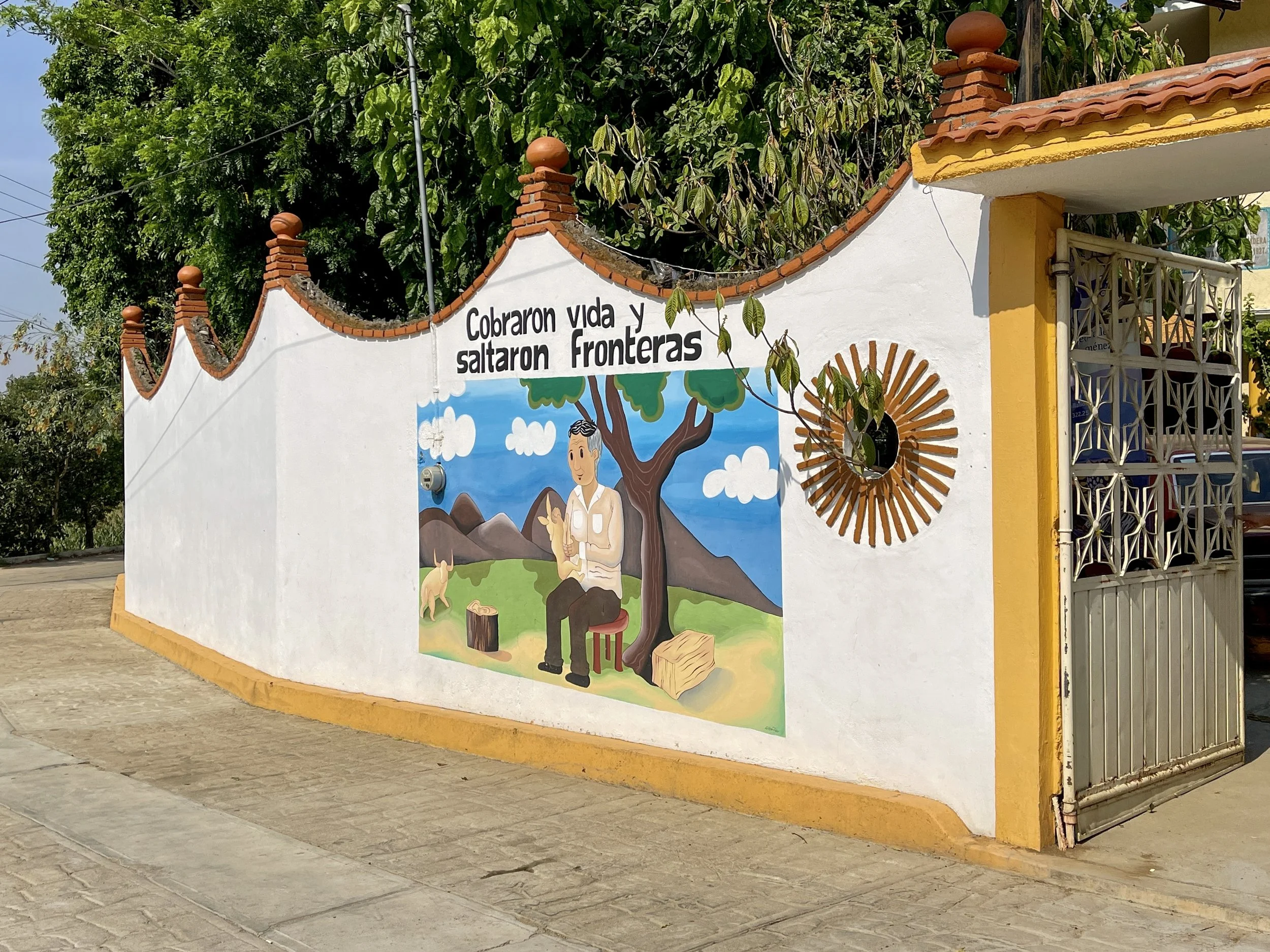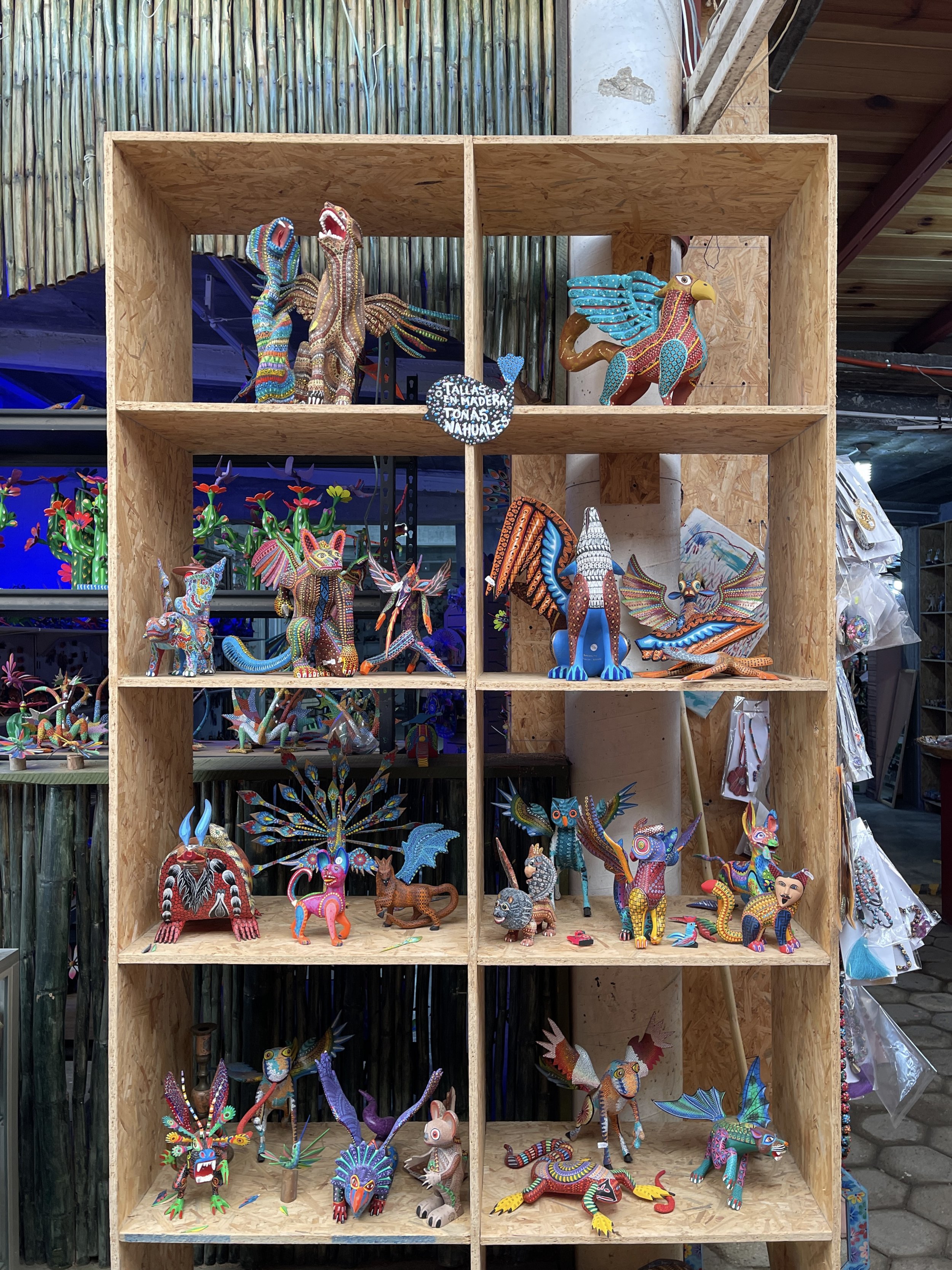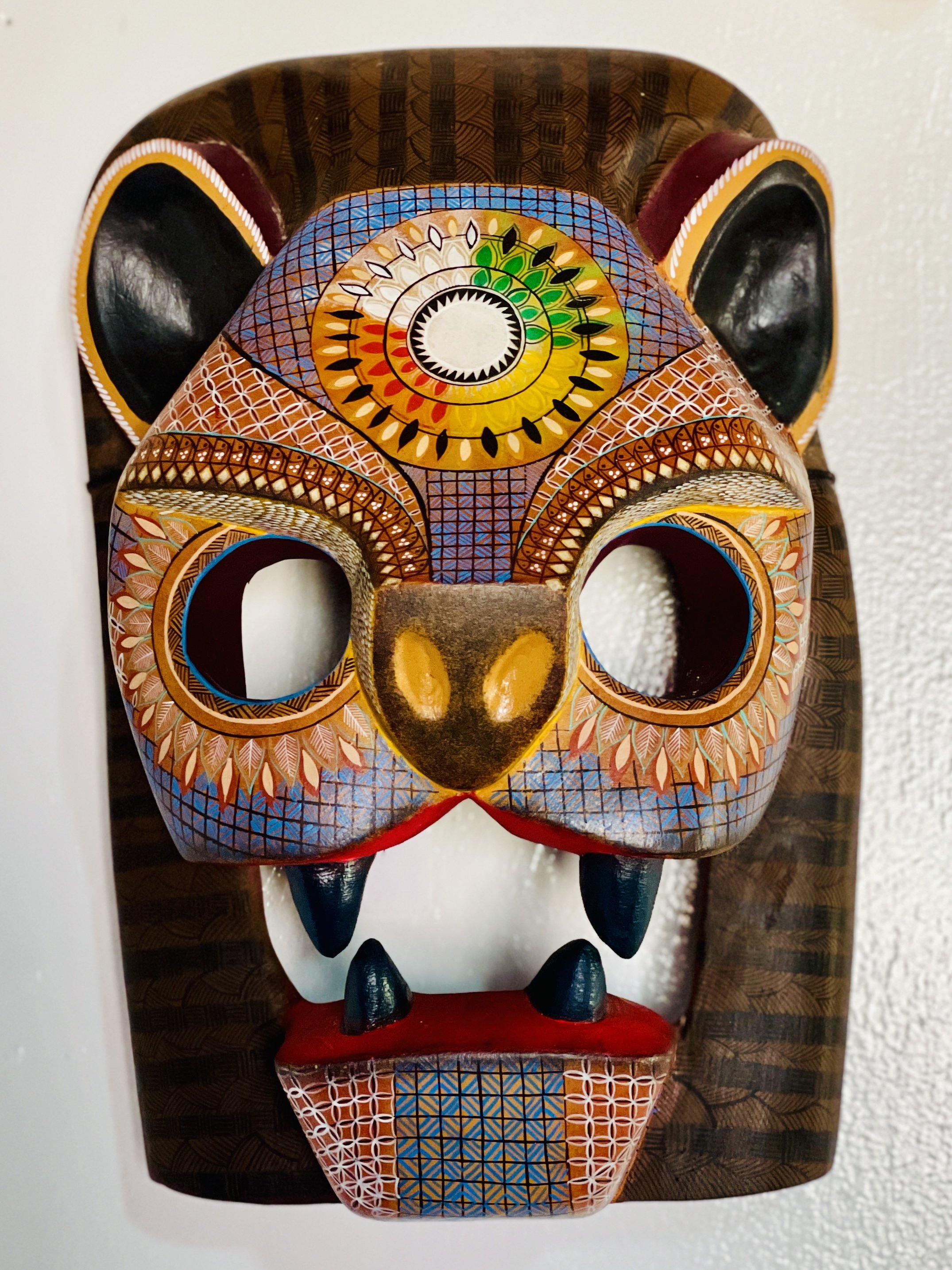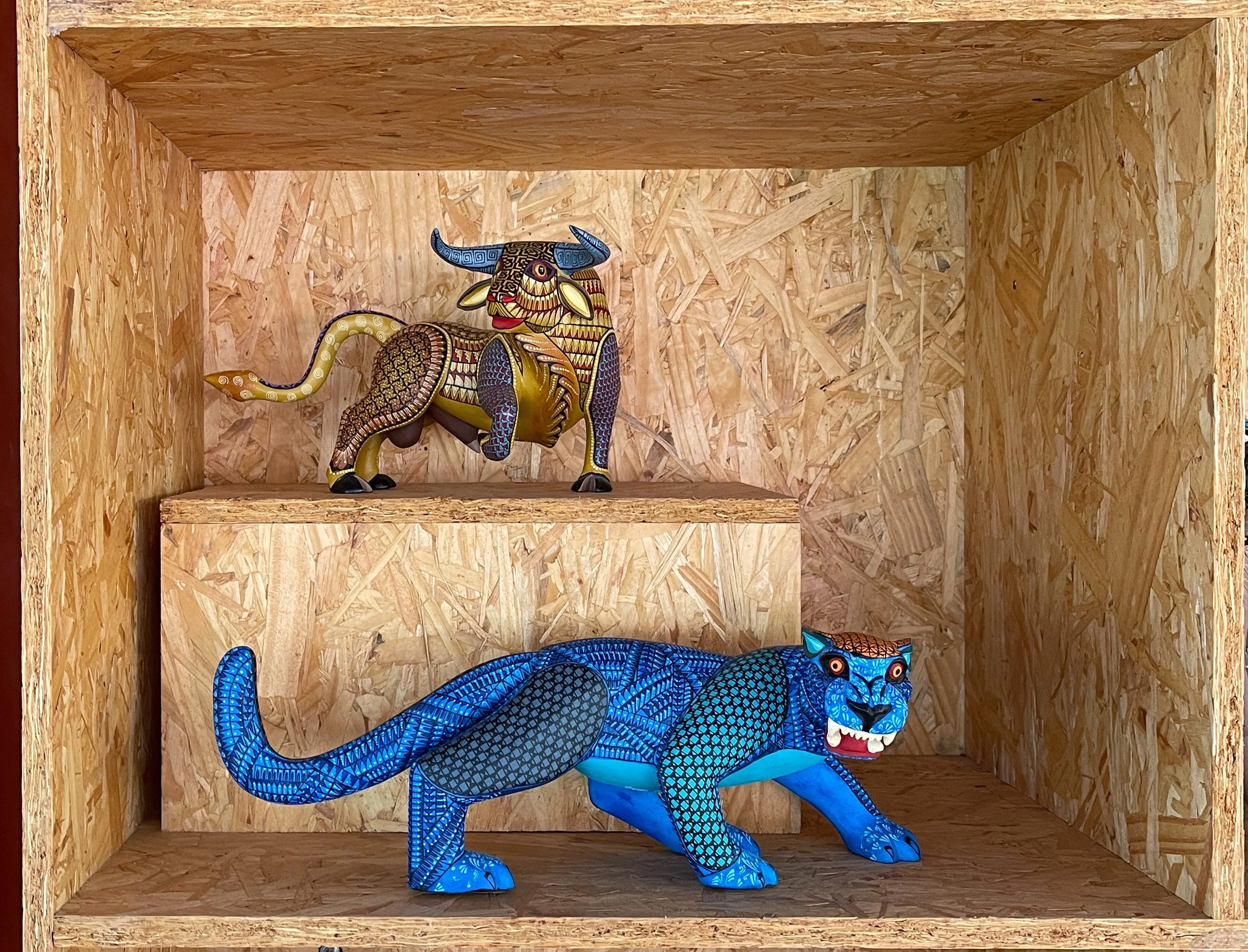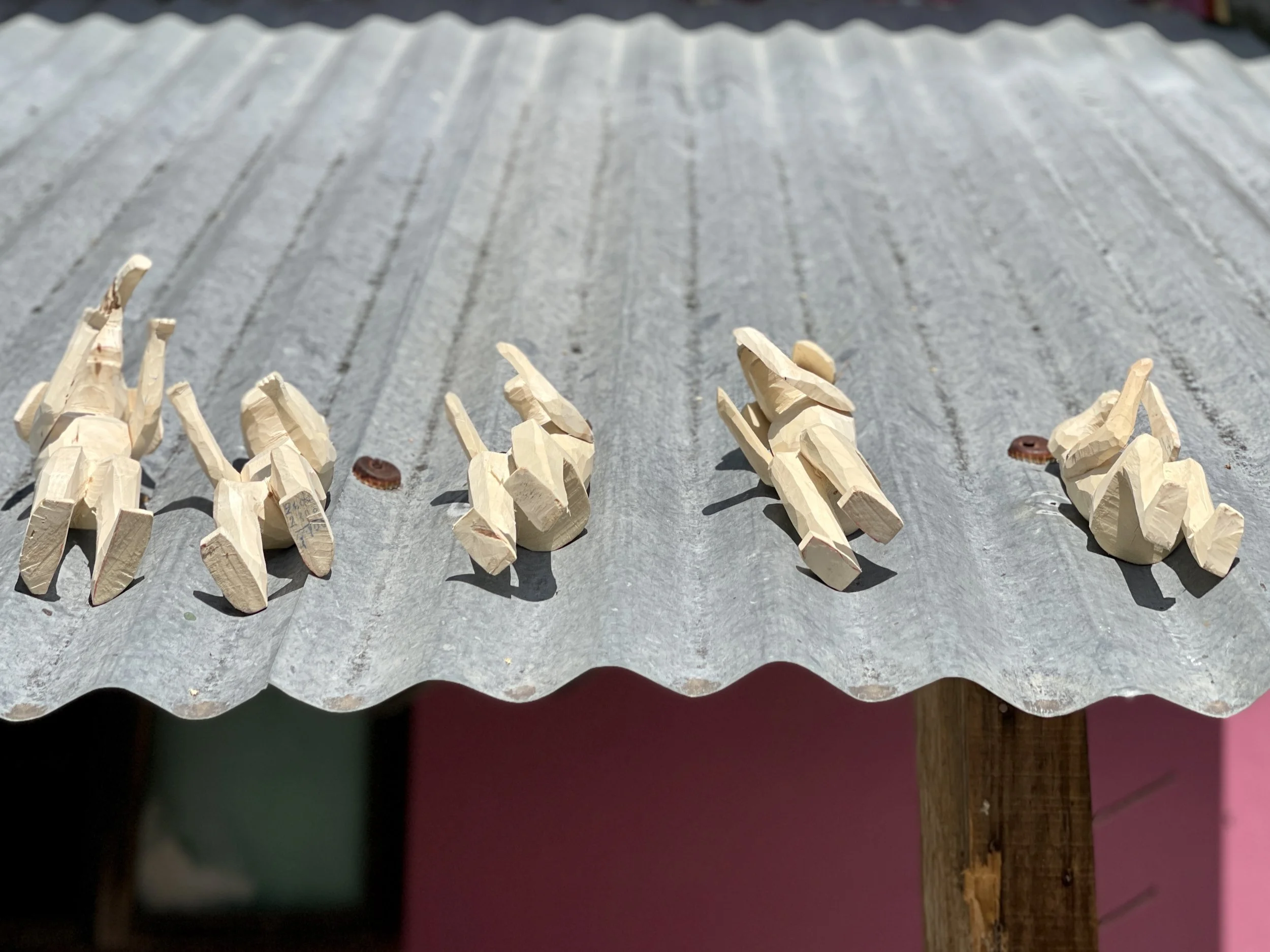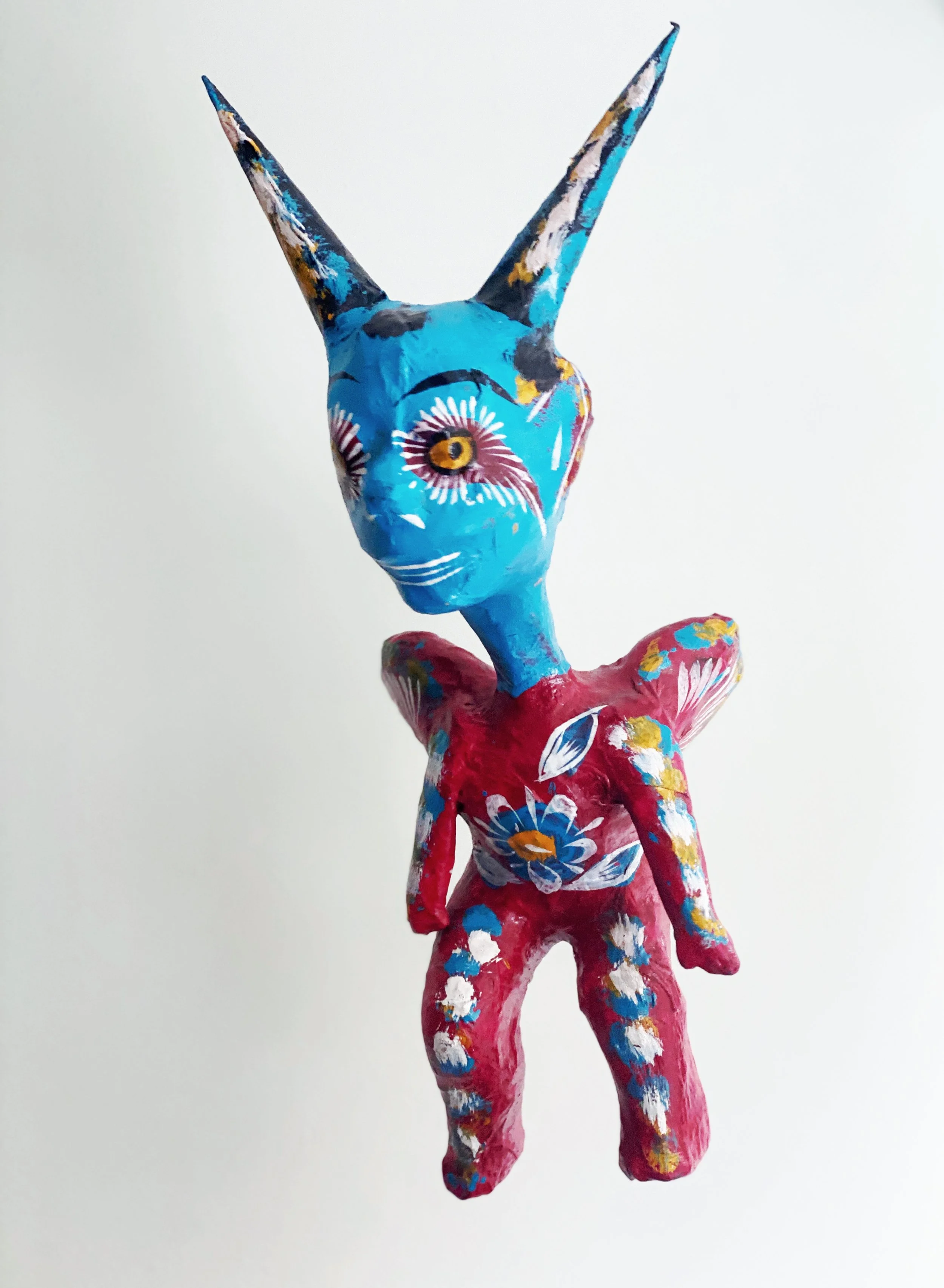The legendary glutton pops up in numerous works of art throughout the centuries. Renowned classicist Mary Beard unravels the mysteries behind Vitellius’ ubiquitous appearances in artworks and sheds light on the significance of his portrayal.
Most people nowadays aren’t familiar with Emperor Vitellius — but he was once well known as a depraved glutton.
Chances are you’ve never heard of Emperor Vitellius — he ruled the Roman Empire for just eight months in 69 CE during the civil wars that followed the overthrow of Nero.
But despite his brief reign, Vitellius left a lasting impression — though not necessarily a positive one. Of course, that’s nothing out of the ordinary when it comes to Roman emperors.
Like many of his cohorts, Vitellius was known for his vices, particularly his gluttony. His signature dish, the Shield of the Goddess Minerva, was a concoction that included livers of pipefish, peacock brains, flamingo tongues and lamprey innards. Umm, I’ll pass, thanks.
Not surprisingly, the adjective “Vitellian” was once commonly used to describe something that was over-the-top and outlandish.
In addition to his gluttony, Vitellius was reputed to be a sadist, quoted as having said, “The stench of a dead enemy is wonderful. The stench of a dead fellow citizen is even better.”
Mary Beard, a famous classicist, and author of the new book Emperor of Rome: Ruling the Ancient Roman World
And “in his spare time, he was a sexual pervert,” quipped Mary Beard, one of the most renowned classics scholars and author of the book SPQR, during a lecture at the Art Institute of Chicago.
Beard didn’t get into it, but let’s just say Tiberius gave Vitellius the nickname Tight Ass — and it had nothing to do with being stingy.
The Feast in the House of Levi by Paul Veronese, 1573
The painting has not one but two figures modeled after Emperor Vitellius!
Vitellius: The Where’s Waldo of the Ancient World
Despite his lackluster reputation, Vitellius’ image has been copied, reinvented and reincorporated into Western art for centuries. Beard explored the significance of this often-overlooked figure and why he continues to pop up in art even today.
Take, for example, Paul Veronese’s painting The Feast in the House of Levi from 1573. Painted in Venice for a religious order, it was originally intended to depict the Last Supper. But when the Inquisition objected to this representation because it included animals, a jester, Germans and a server with a bloody face, Veronese changed its name to another feast from the Bible.
Beard pointed out a figure in the painting who’s gazing across at Jesus, utterly transfixed. It’s none other than Vitellius. So what’s he doing in there?
It’s revealing a major coup for Christ. “Here, Jesus is converting one of the most despicable, immoral Roman emperors ever,” she explained.
But, strangely enough, that’s not the only Vitellius in the artwork. His face also shows up as a server. “This is a clever spin on Vitellius’ gluttony because here we see one of Rome’s biggest overconsumers being turned into a server himself,” Beard said.
If you want to show depravity, as Thomas Couture did in his 1847 work The Romans in Their Decadence, you need look no further than Emperor Vitellius, whose face can be found below the topless woman on the left.
In Thomas Couture’s painting The Romans in Their Decadence (nicknamed The Orgy) from 1847, Vitellius creeps up again. He’s shown in the midst of a pile of drunken revelers, so comatose he doesn’t even notice the naked woman near him.
An American magazine declared this work “the greatest sermon in paint ever rendered,” Beard told us. It was even suggested that a reproduction of it should be displayed prominently in every school in the United States — naked woman and all.
The canvas is filled with sprawling, drunken revelers in various states of undress. While it’s showing a graphic depiction of Ancient Rome’s moral decline, there was also a contemporary message to it: People viewed it as an attack on the disparities of wealth in France at the time and the blatant immorality of the bourgeoisie.
Vitellius Dragged Through the Streets of Rome by Georges Rochegrosse, 1883
The emperor ruled only briefly, and met a gruesome end — beaten, impaled on a hook and thrown into the Tiber River.
“If you knew what happened to Vitellius at the very end, when he’d lost power — dragged through the streets, tortured, beaten to death, impaled on a hook and thrown into the Tiber — if you knew that, I think you’d see in this figure a strong hint that this scene of debauchery and the modern lifestyle it evoked was doomed,” Beard said. “A very nasty punishment was around the corner.”
This painting, by Jean-Léon Gérôme, was once known as Hail, Caesar! We Who Are About to Die Salute You — until it was spotted that the emperor was actually Vitellius.
And there’s Jean-Léon Gérôme’s 19th century painting of the gladiatorial games — a representation that’s said to have inspired director Ridley Scott’s Gladiator. It’s a painting known as Hail, Caesar! We Who Are About to Die Salute You. But if you zoom in on the emperor, it’s — sure enough — none other than Vitellius. There’s no doubt; it’s even got his name painted below him.
The title changed to Gladiators Before Vitellius. “Now, learned pedants, of which I know there are some in the audience, may have spotted a historical problem here,” Beard said, “which is this is clearly in the Coliseum, but the Coliseum wasn’t yet built by the reign of Vitellius.”
The legendary Grimani Vitellius, which pops up in numerous paintings, has a shocking secret.
Busted! The Grimani Vitellius
So why does Vitellius keep showing up in artworks?
For the most part, we can thank a bust that’s become known as the Grimani Vitellius.
This famous ancient image of Vitellius was excavated in Rome in the early 16th century under the direction of Cardinal Domenico Grimani and was bequeathed by him to the city of Venice upon his death in 1523.
“Now, I am by no means the first to spot how ubiquitous the Grimani Vitellius is,” Beard continued. But what was the significance? “Why copy this image of Vitellius? What extra does it bring to your painting if you include him? What ideological or moral register is at work?”
The Grimani Vitellius bust became the perfect symbol of an amoral glutton — which is why it has been copied hundreds of times from the 15th century on.
Boy Drawing Before the Bust of a Roman Emperor by Michael Sweerts, circa 1660
The bust itself even appears in paintings, such as Boy Drawing Before the Bust of a Roman Emperor by Michael Sweerts, from the mid-1600s.
“You can say this is just a convenient visual source to copy,” Beard said. “But I think you miss a lot if you don’t also think `Vitellius.’ When people use recognizable faces in paintings, they usually do it for a reason. And they expect you to recognize it.”
There could be a darker intent in this work, Beard suggested. “Anyone who knew anything would surely have said, Why on Earth did they put this little innocent lad to draw that sexually perverted monster — even if he is the acme of the craft of sculpture. And I can’t help thinking … there are bigger questions about the potentially corrupting force of art.”
But that fat fuck is having the last laugh. The Grimani Vitellius isn’t even a portrait of Vitellius! Technical details, such as the way the eyes have been drilled, make it clear that it dates from the 2nd century and cannot possibly be Vitellius.
The bust, also known as the Pseudo-Vitellius, actually depicts an unknown Roman probably from the 120s or 130s CE who, by coincidence, was unfortunate enough to look very much like the coin portrait of the emperor.
A gold coin depicting Vitellius. The emperor’s depiction is what led to the mislabeling of the Pseudo-Vitellius bust.
Emperor Vitellius: The Art World’s Fascination With an Infamous Ruler
It’s fascinating to think that this bust, which was not even of Vitellius, spread like wildfire and has had such a lasting impact in art.
So the next time you’re wandering through an art gallery or museum, keep an eye out for Vitellius. Thanks to Beard, I predict he’ll have a comeback. –Wally

